
Be a rainbow explorer - 2022
Into the Woods: A Fairytale Christmas
Castle Howard
York, YO60 7DA
www.castlehoward.co.uk
open until January 2nd 2023
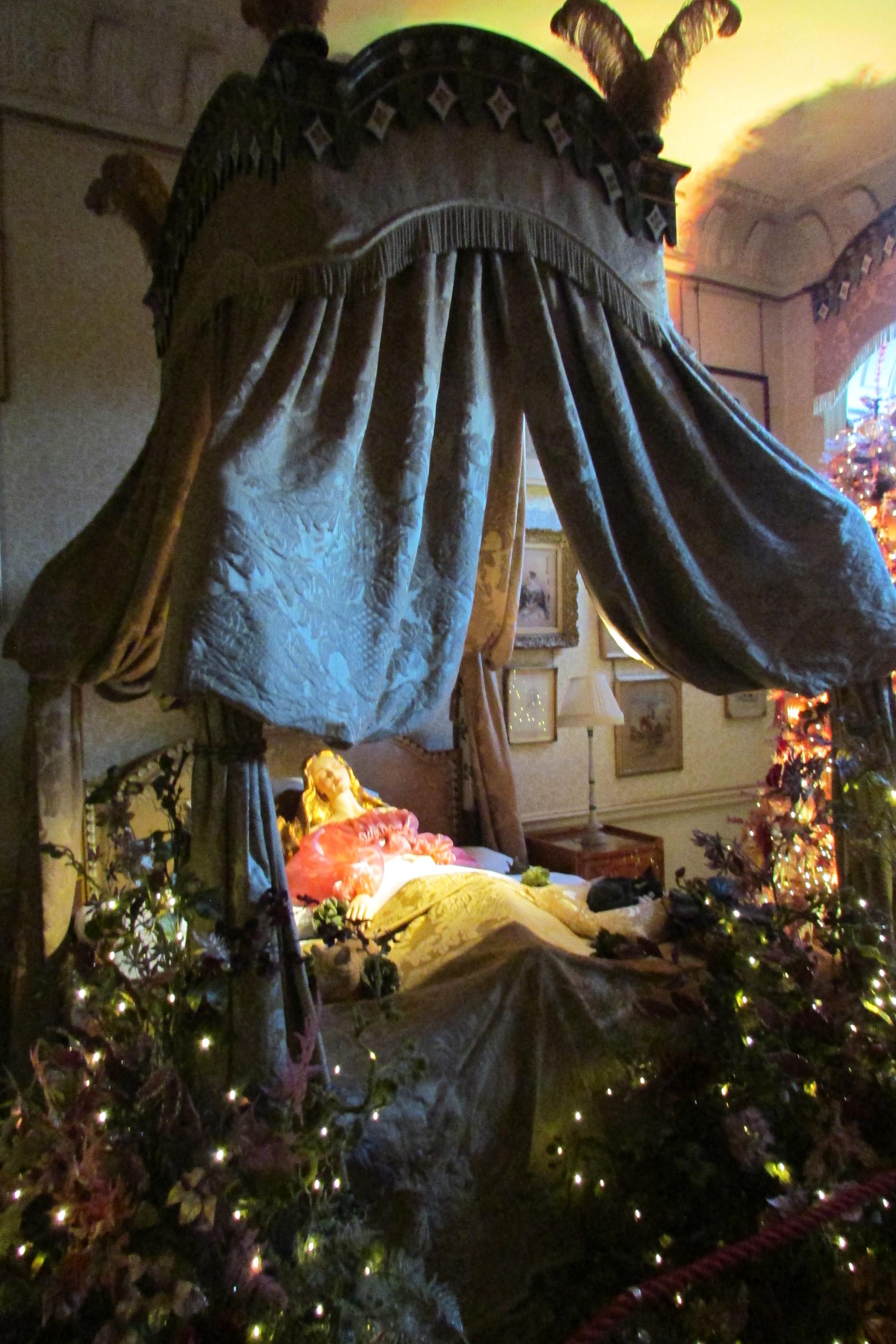
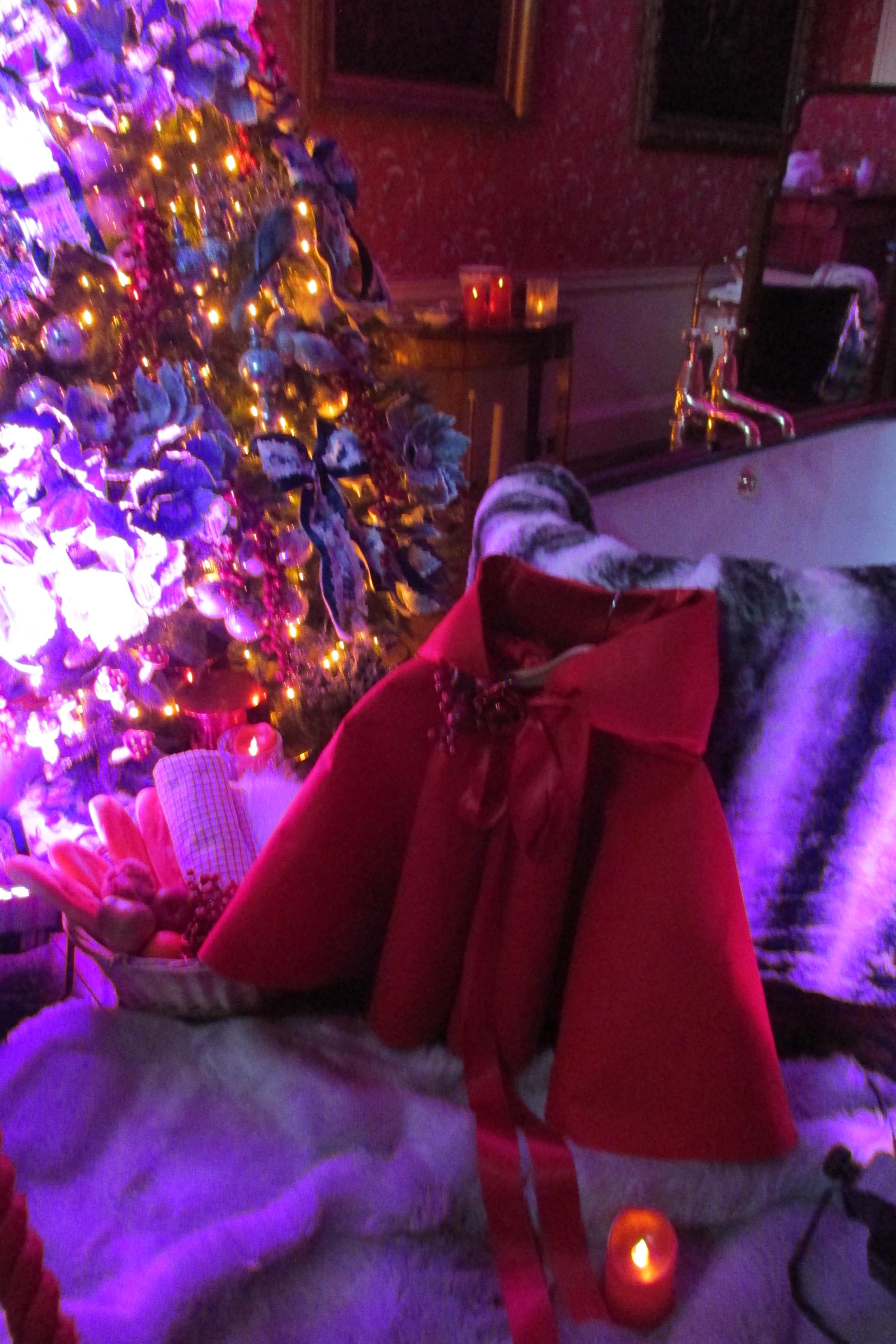
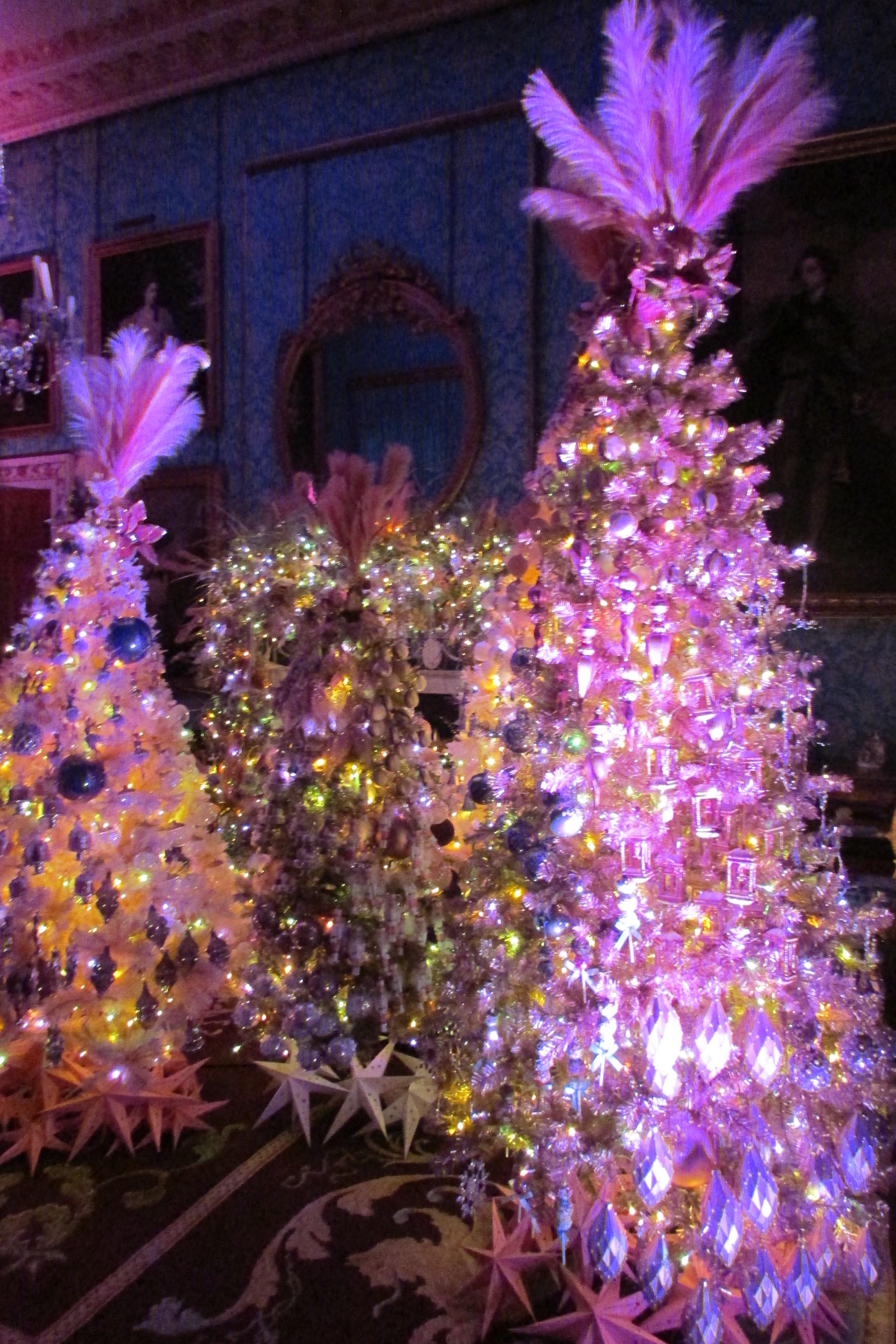
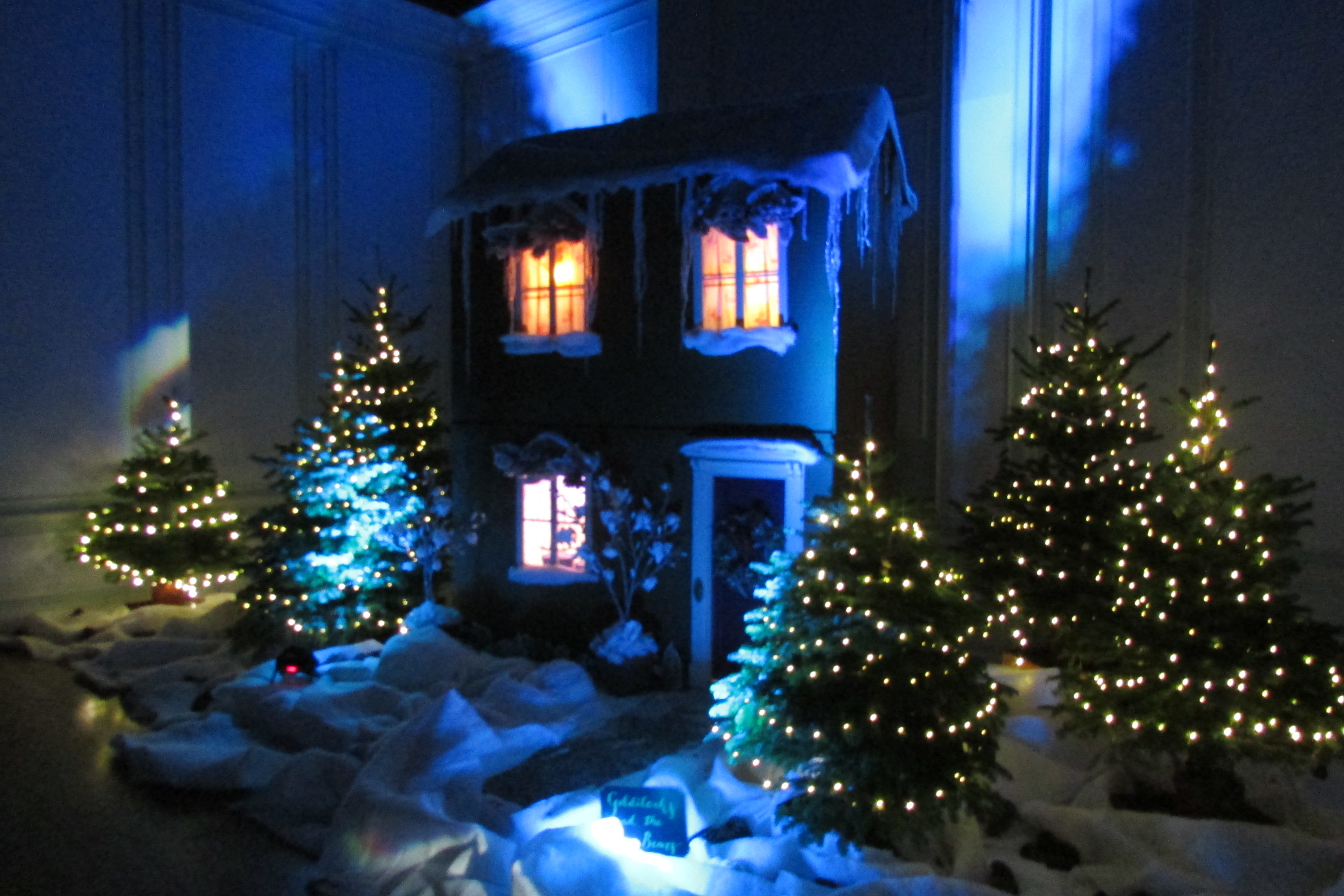
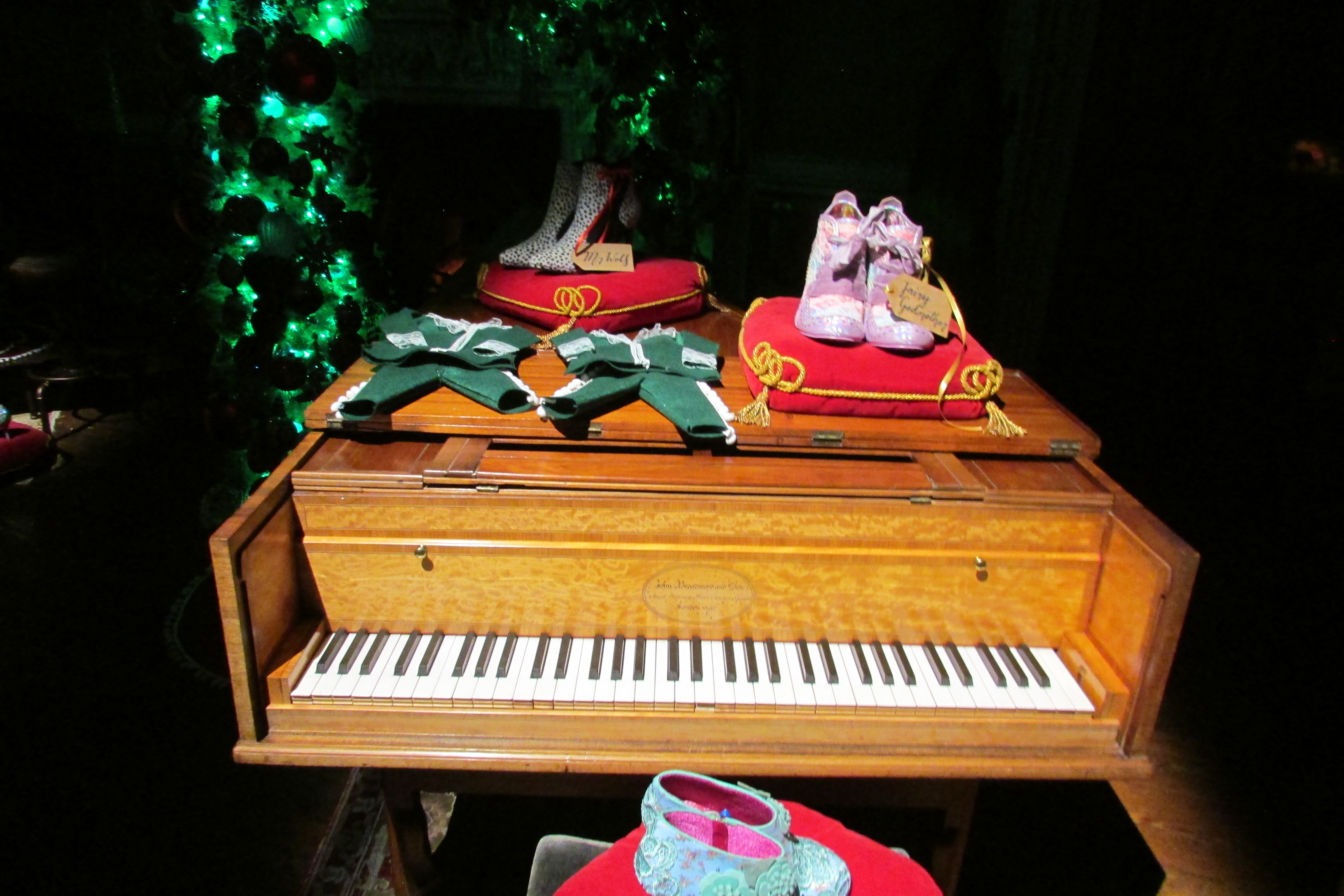
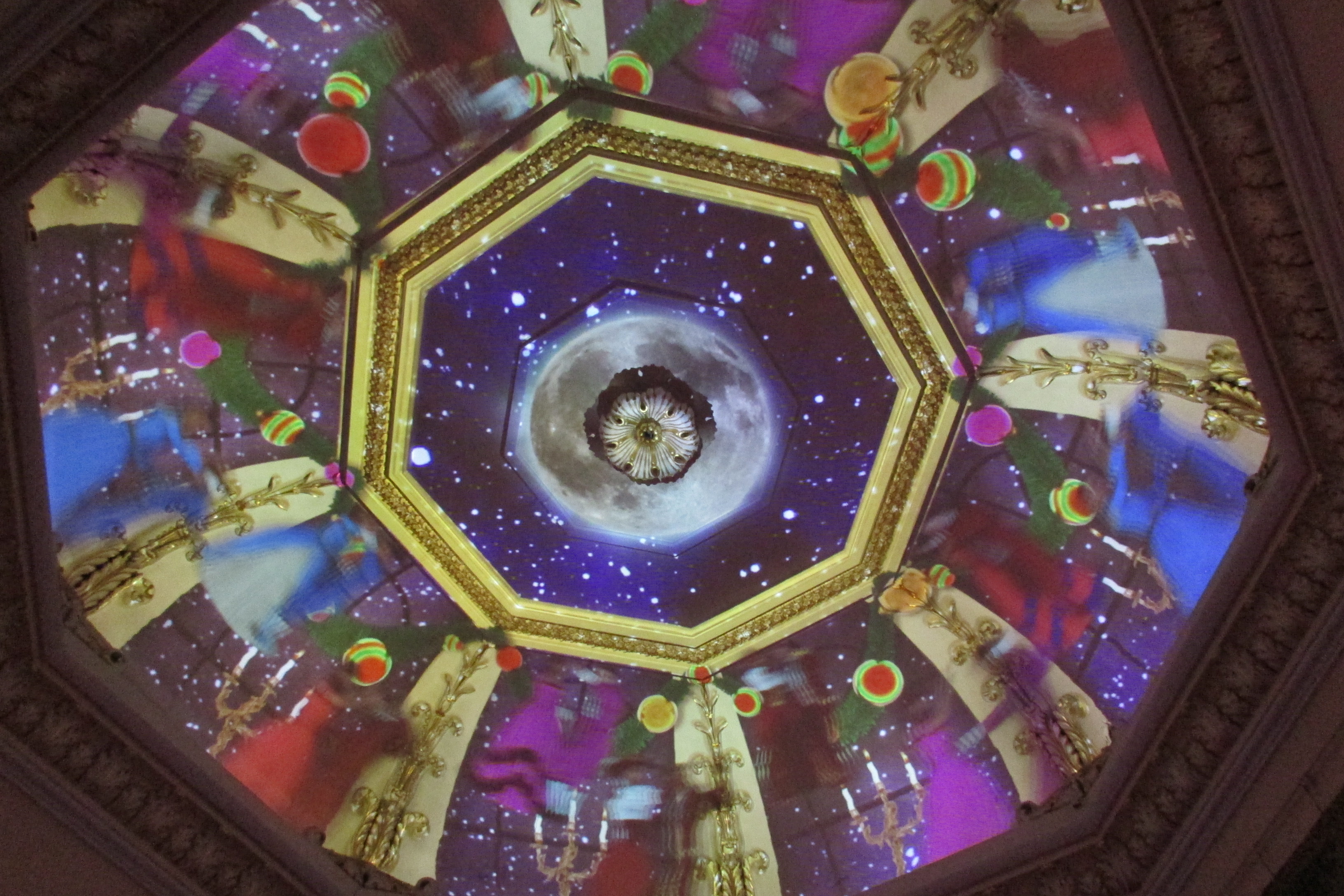
Oakham Treasures
Oakham Farm, Portbury Lane, Portbury, Bristol, BS20 7SP
Tel: 01275 375236
www.oakhamtreasures.co.uk
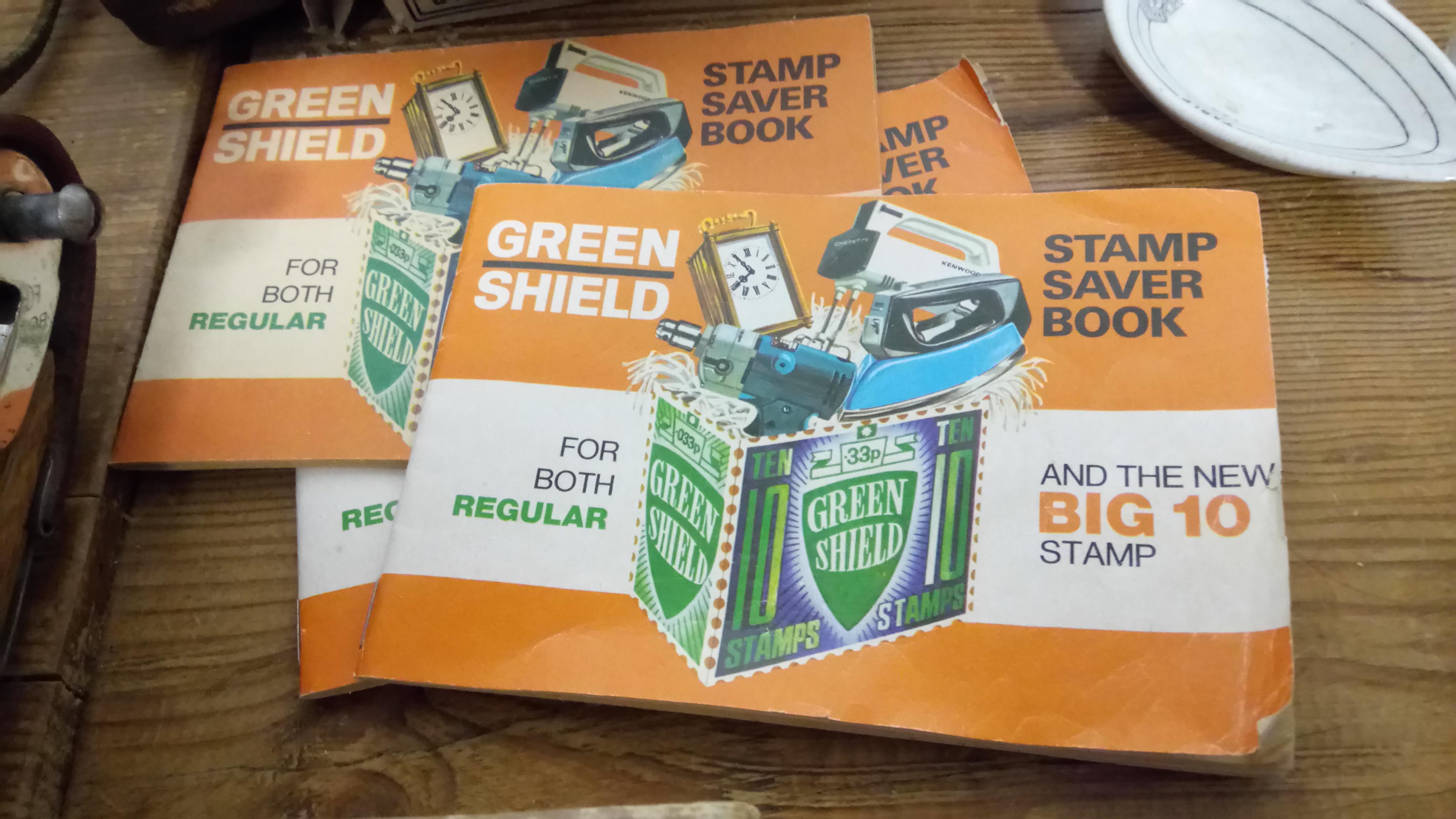
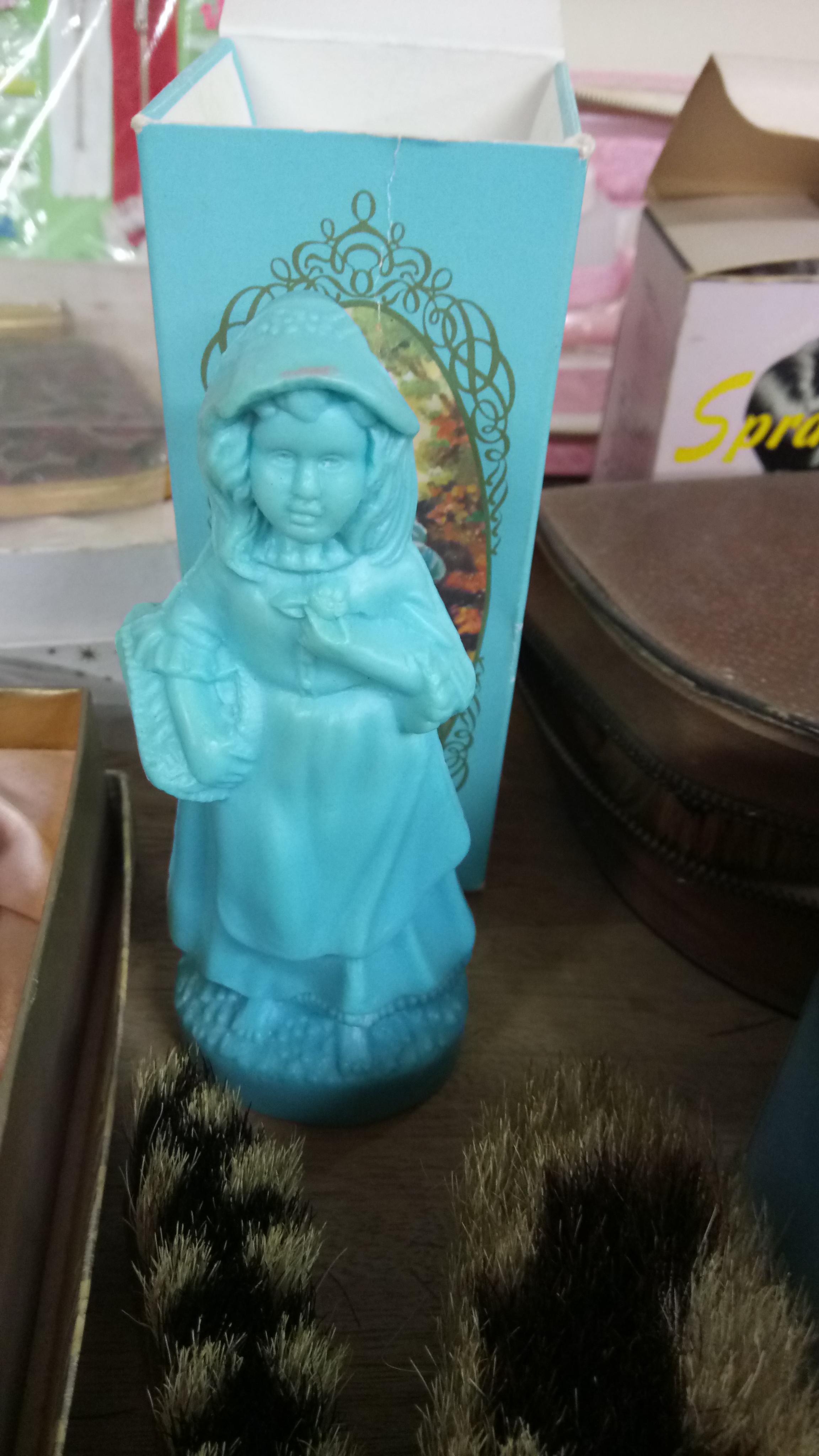
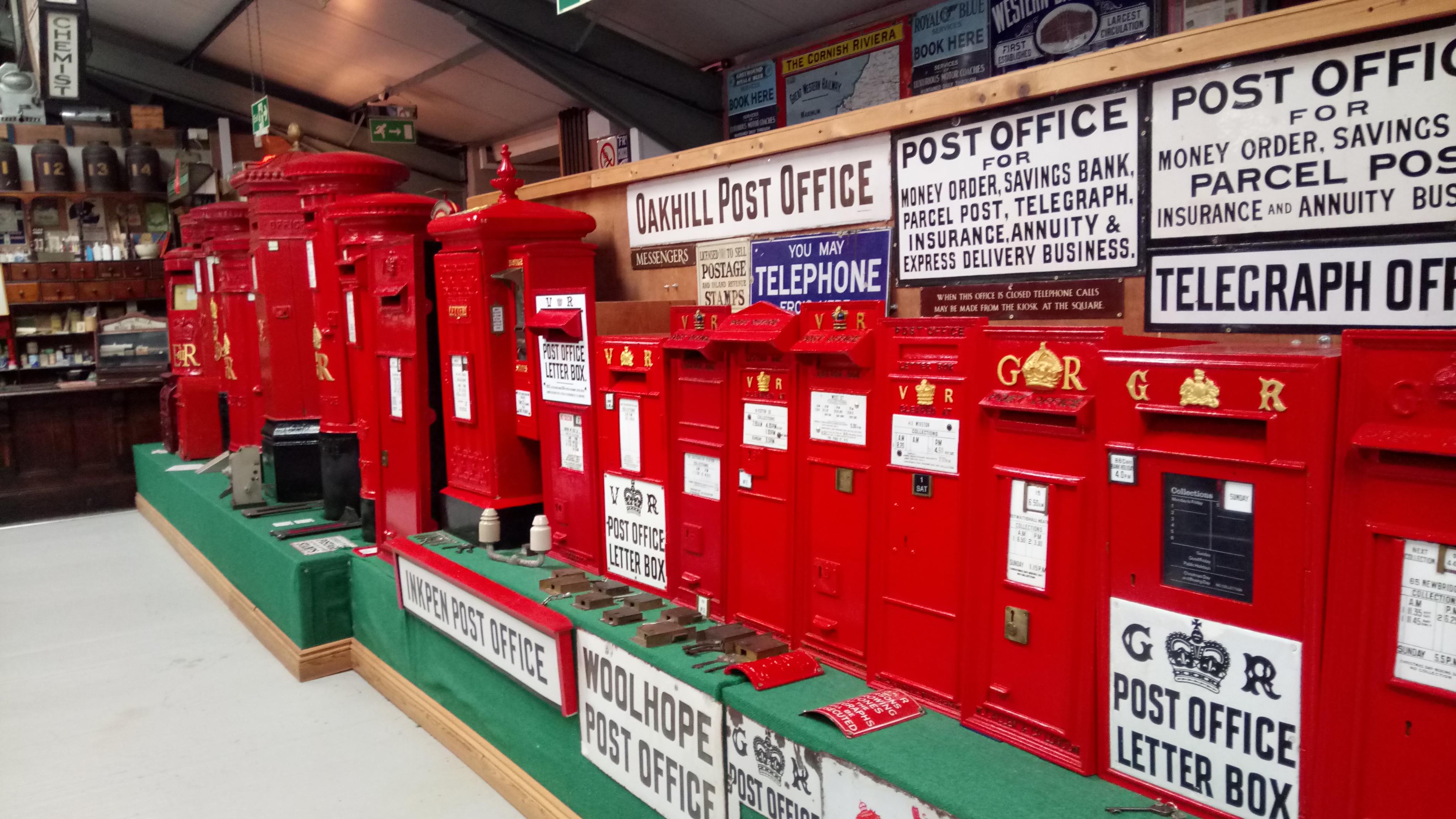
Be prepared! When you enter Oakham Treasures, you are likely
to spend several hours reminiscing, with a constant refrain of: ‘Oh wow, I
remember that,’ or ‘Did your Gran have one of those?’ etc
Ripon Cathedral and the
Threads Through Creation Quilt
Display
Minster Road, Ripon, North Yorkshire, HG4 1QT
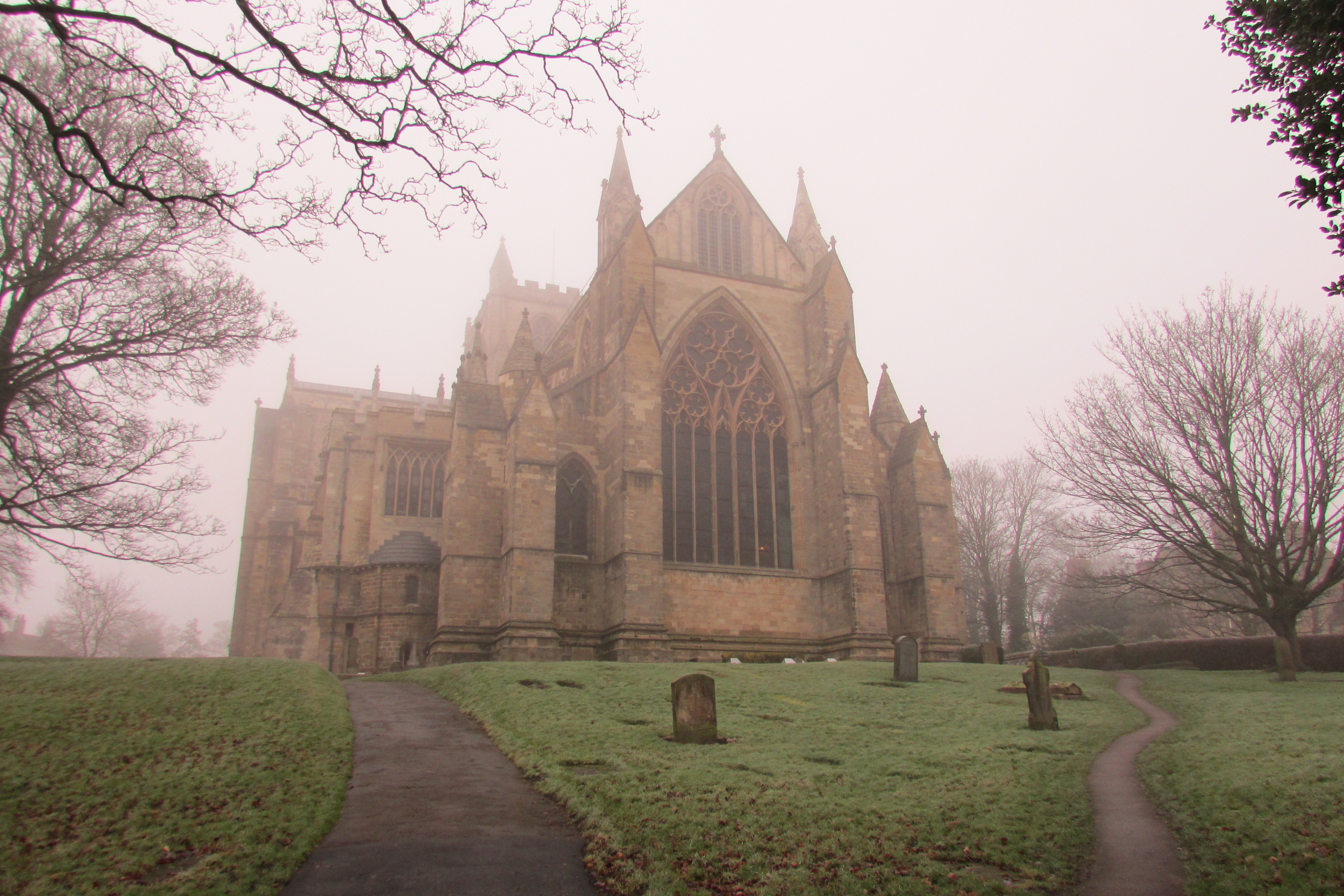
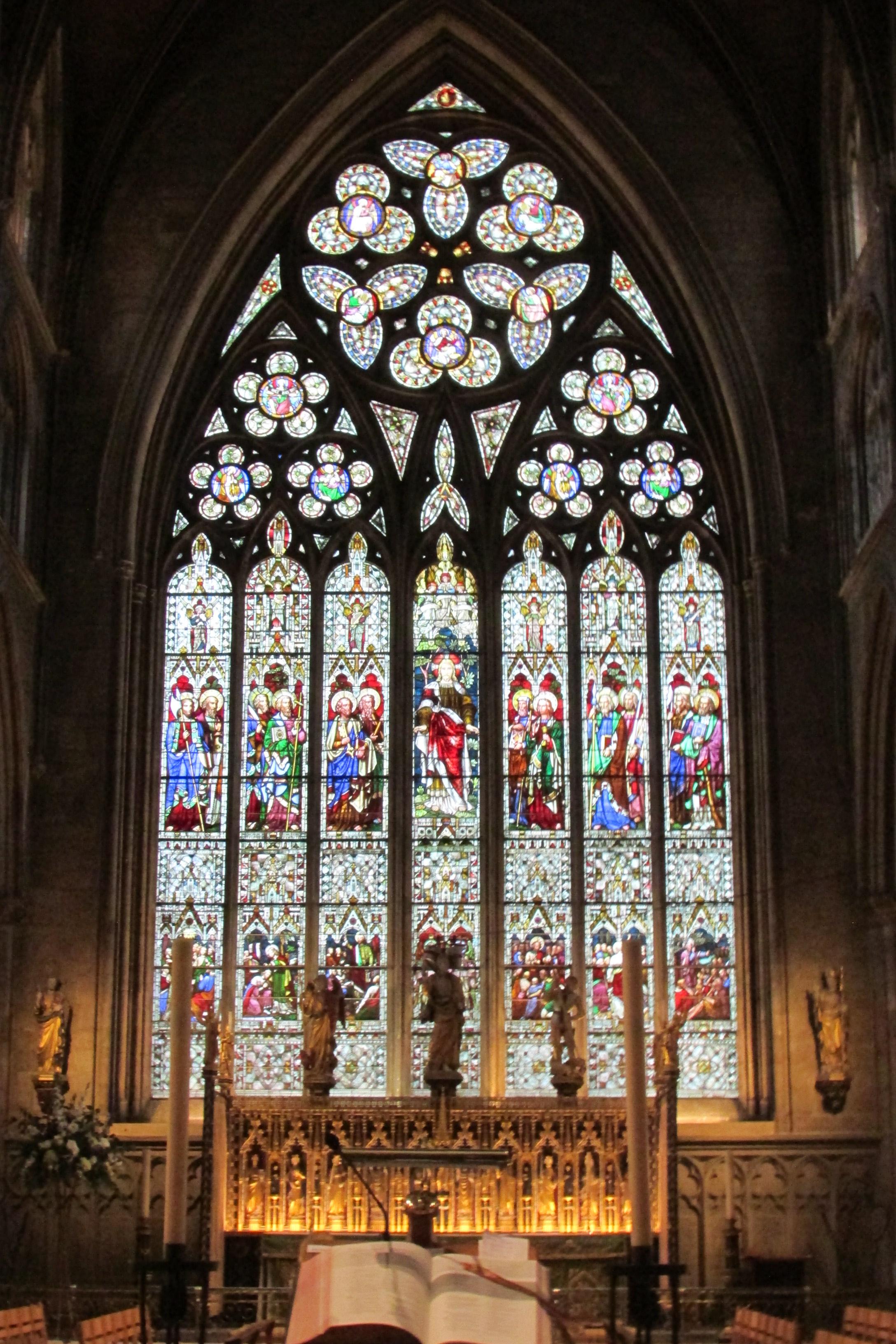
Ripon Cathedral is pretty special. Also known as the
Cathedral church of St Peter and St Wilfrid, it contains a mix of Norman and
Gothic styles and some impressive examples of Christian architecture.
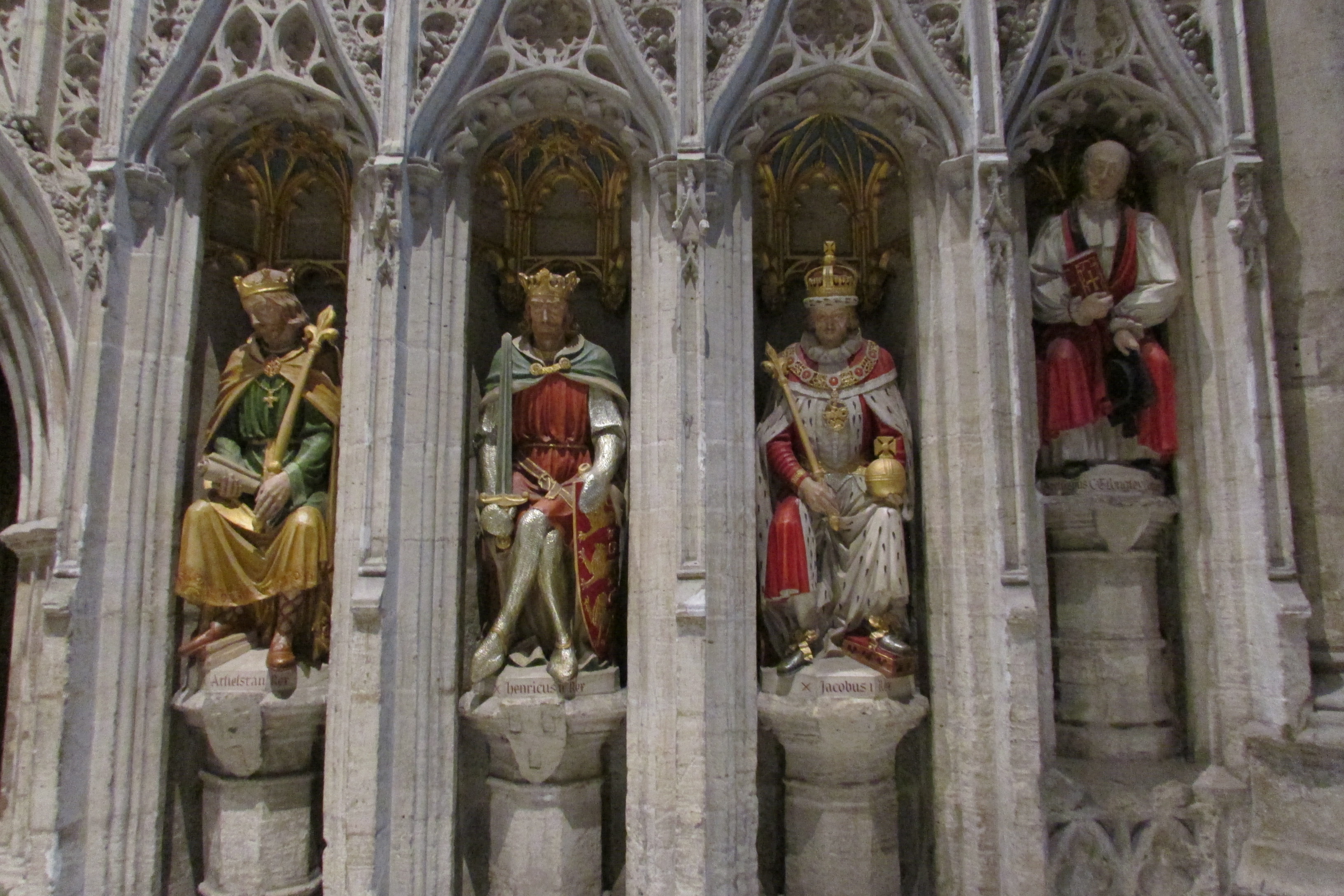
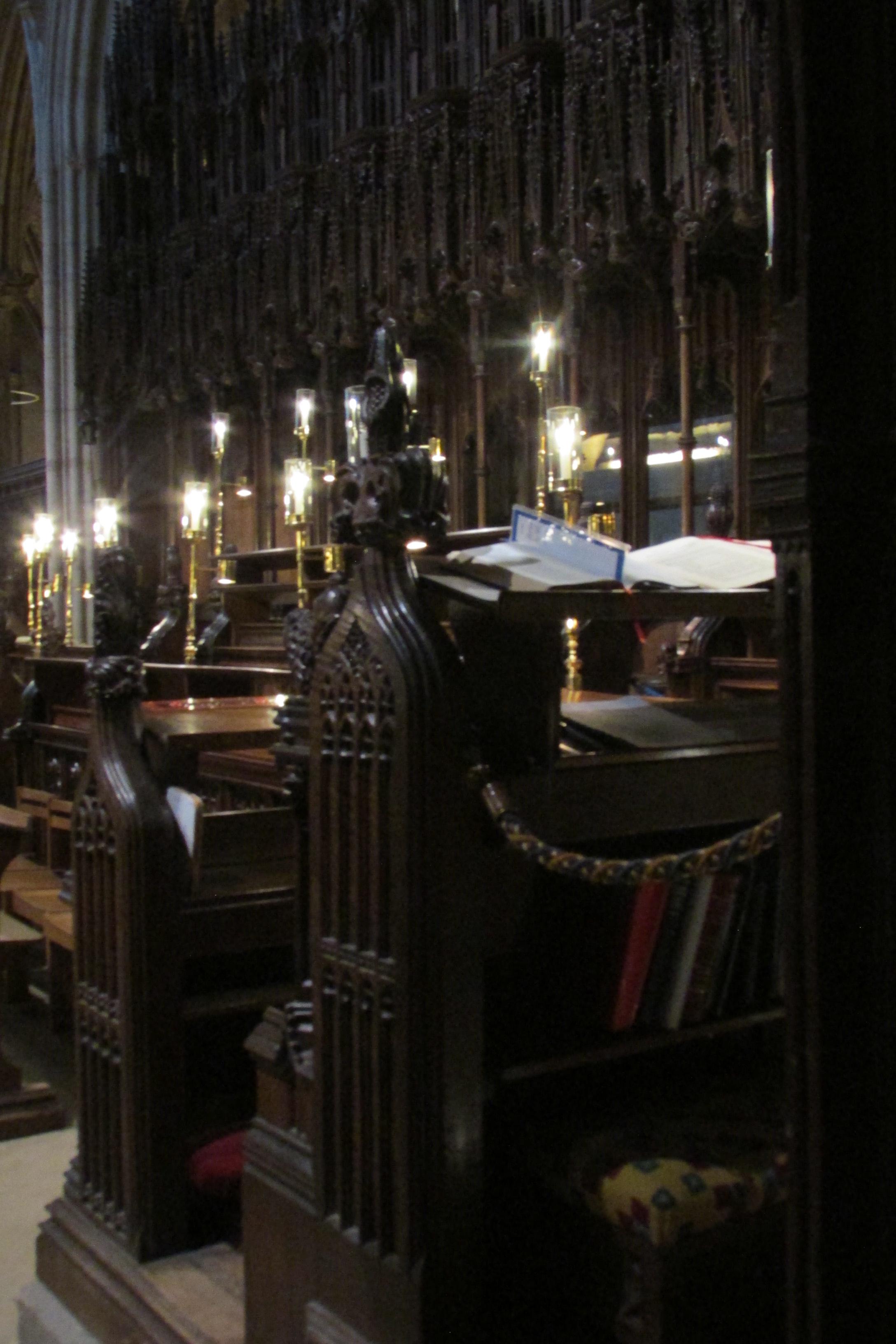
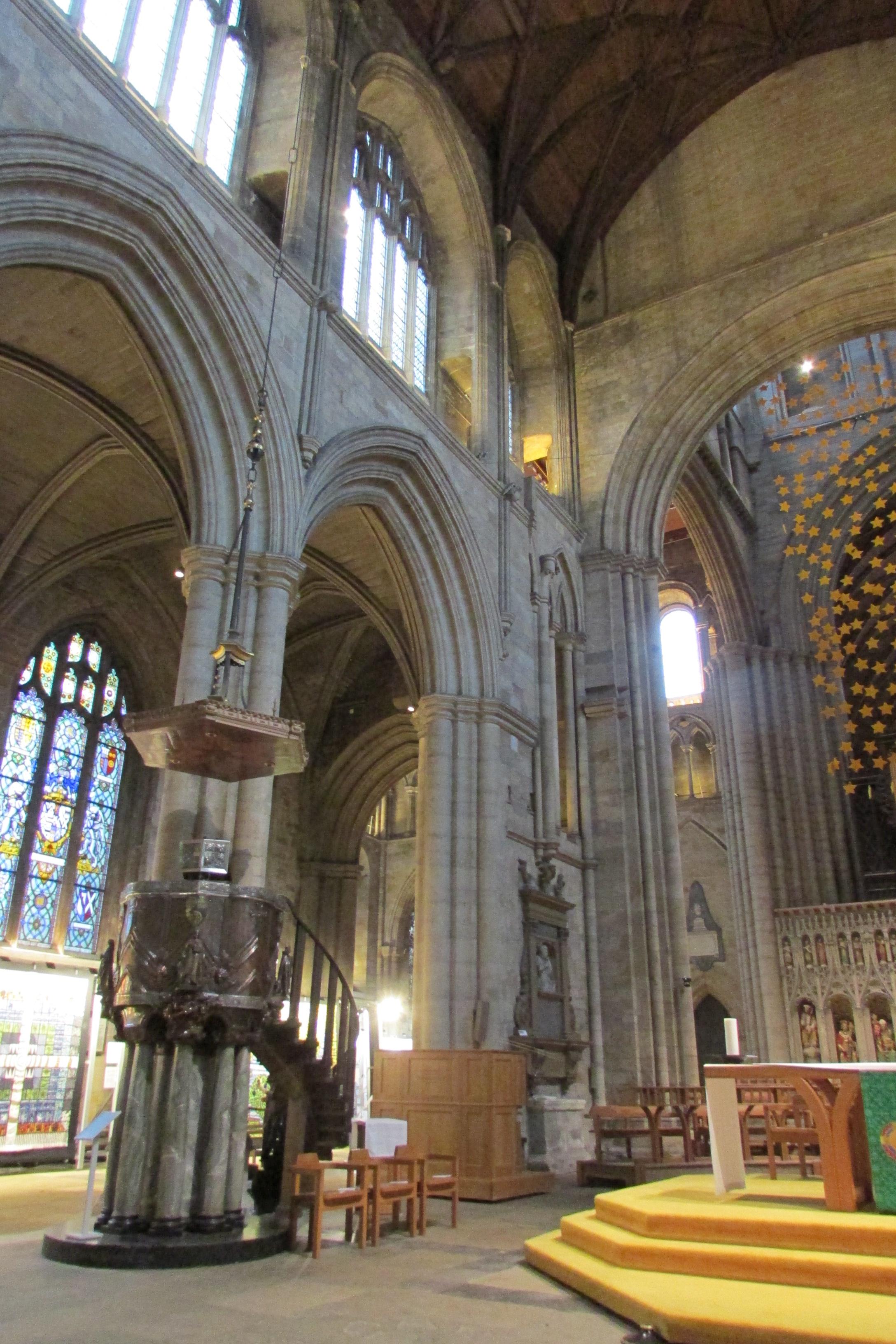
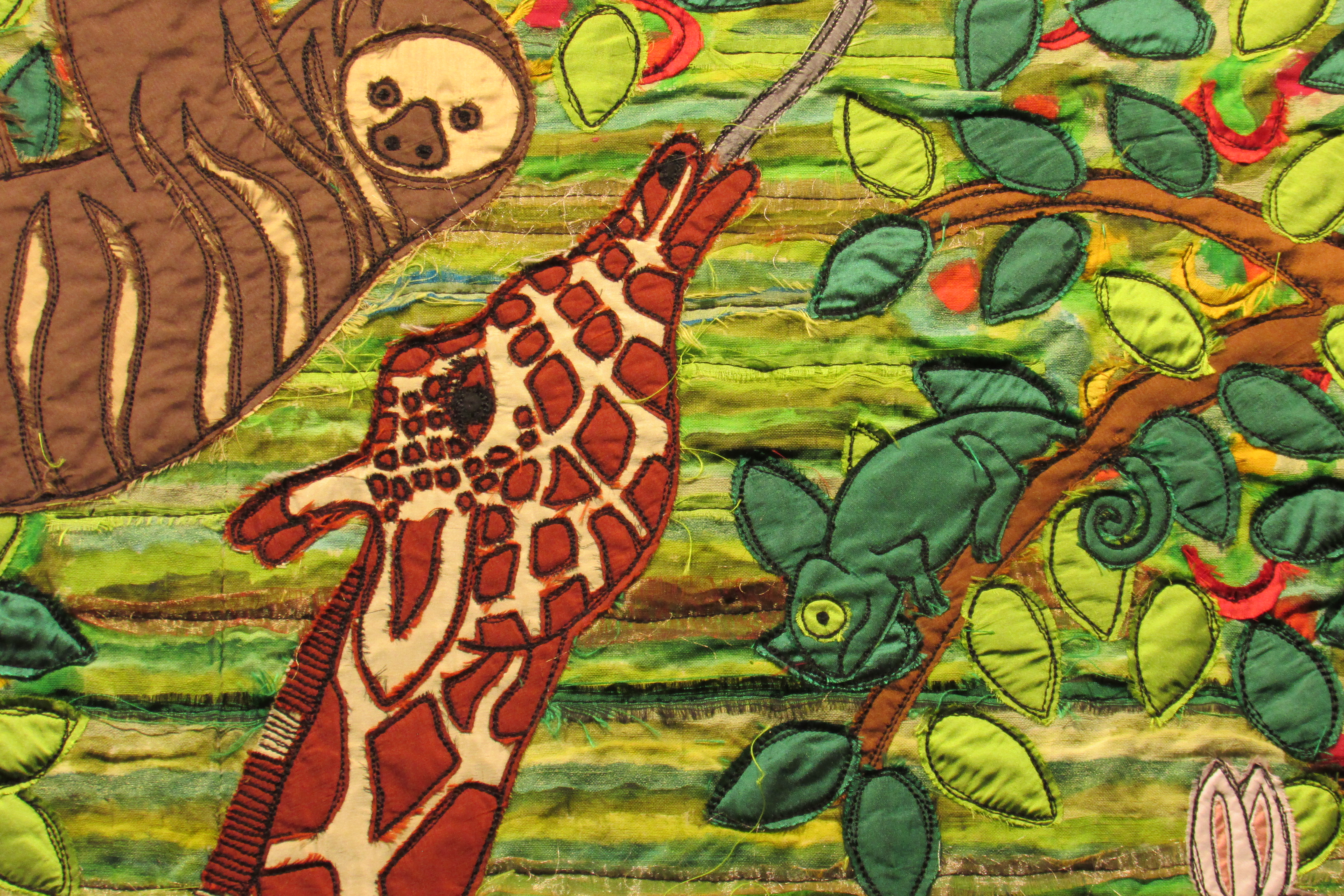
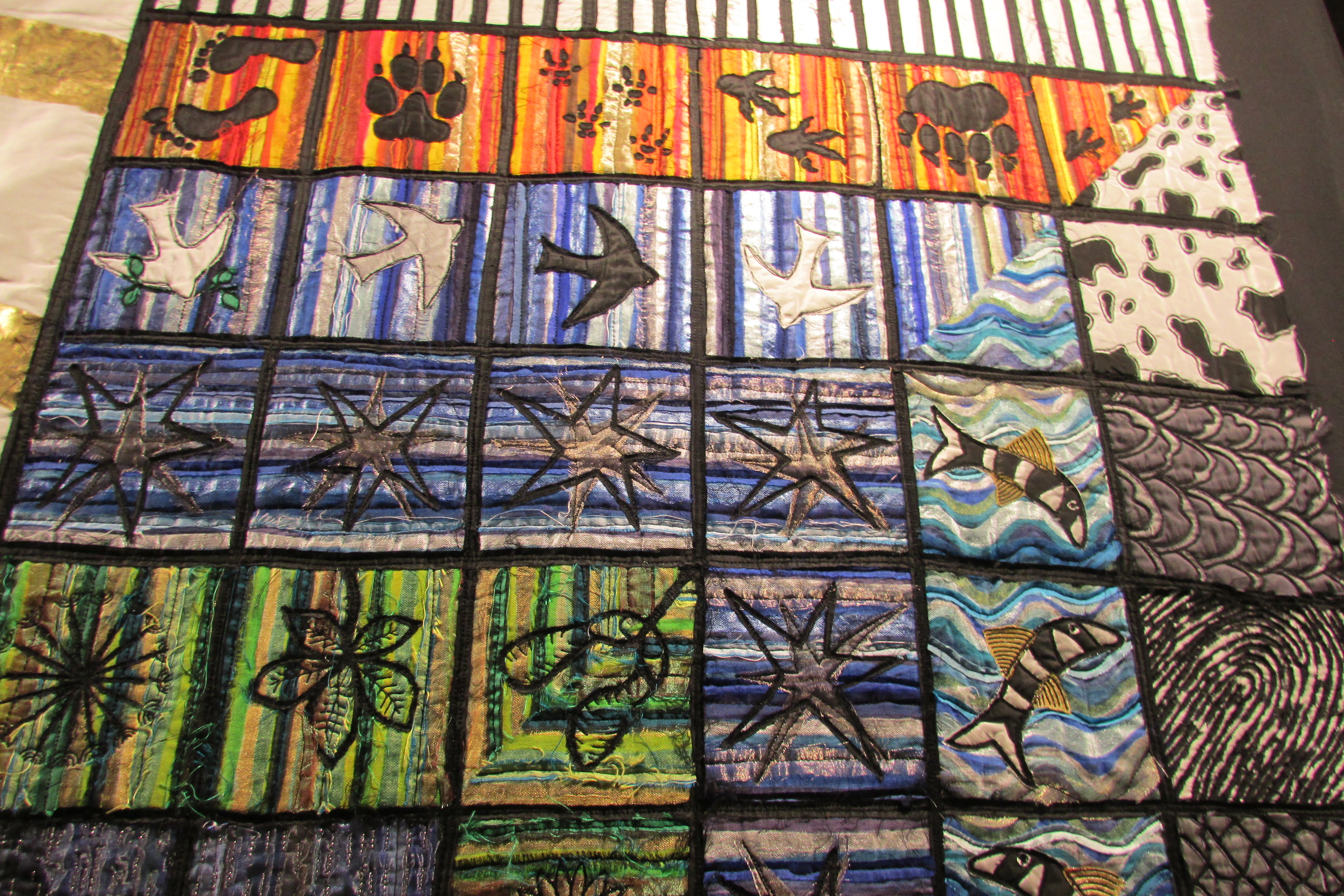
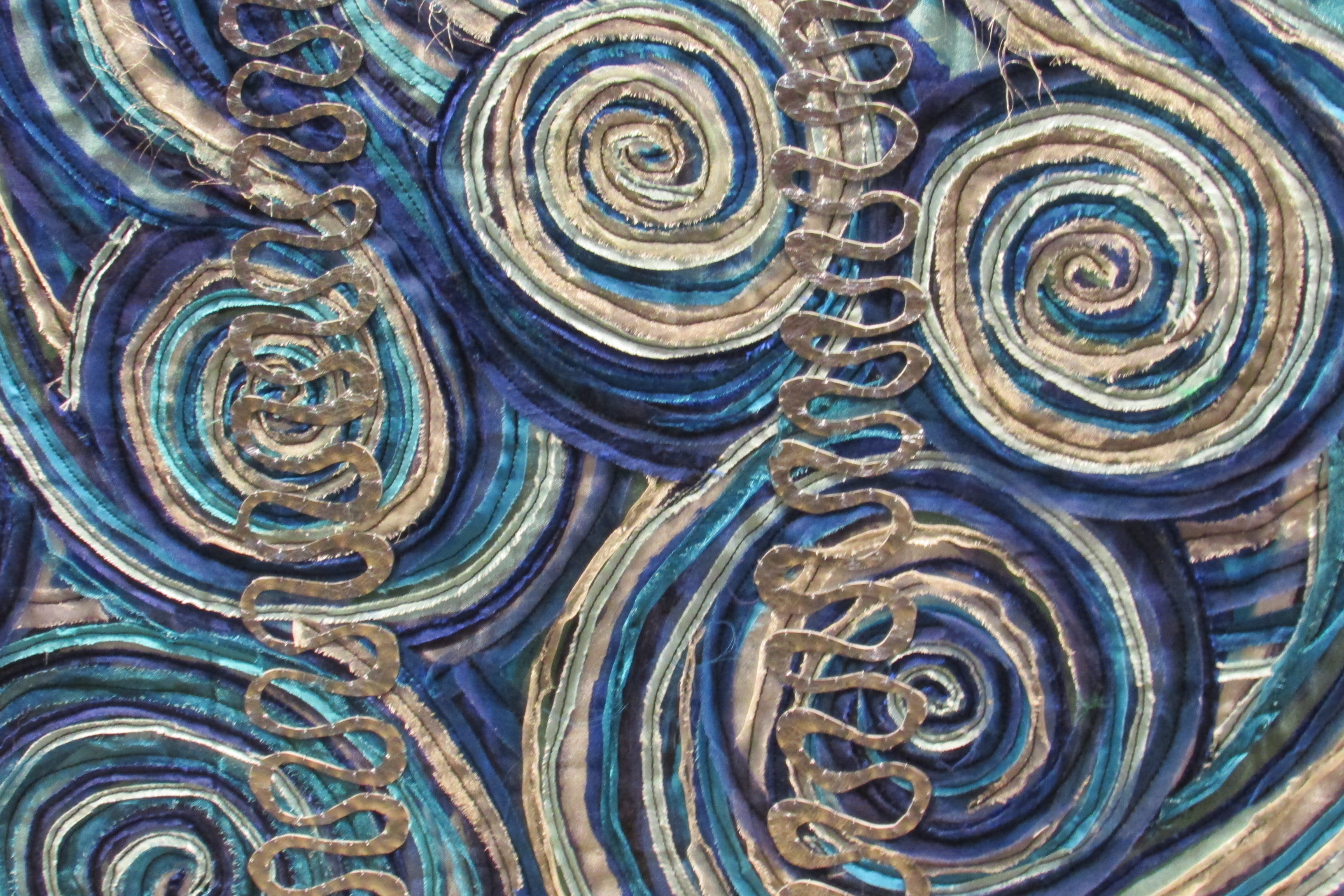
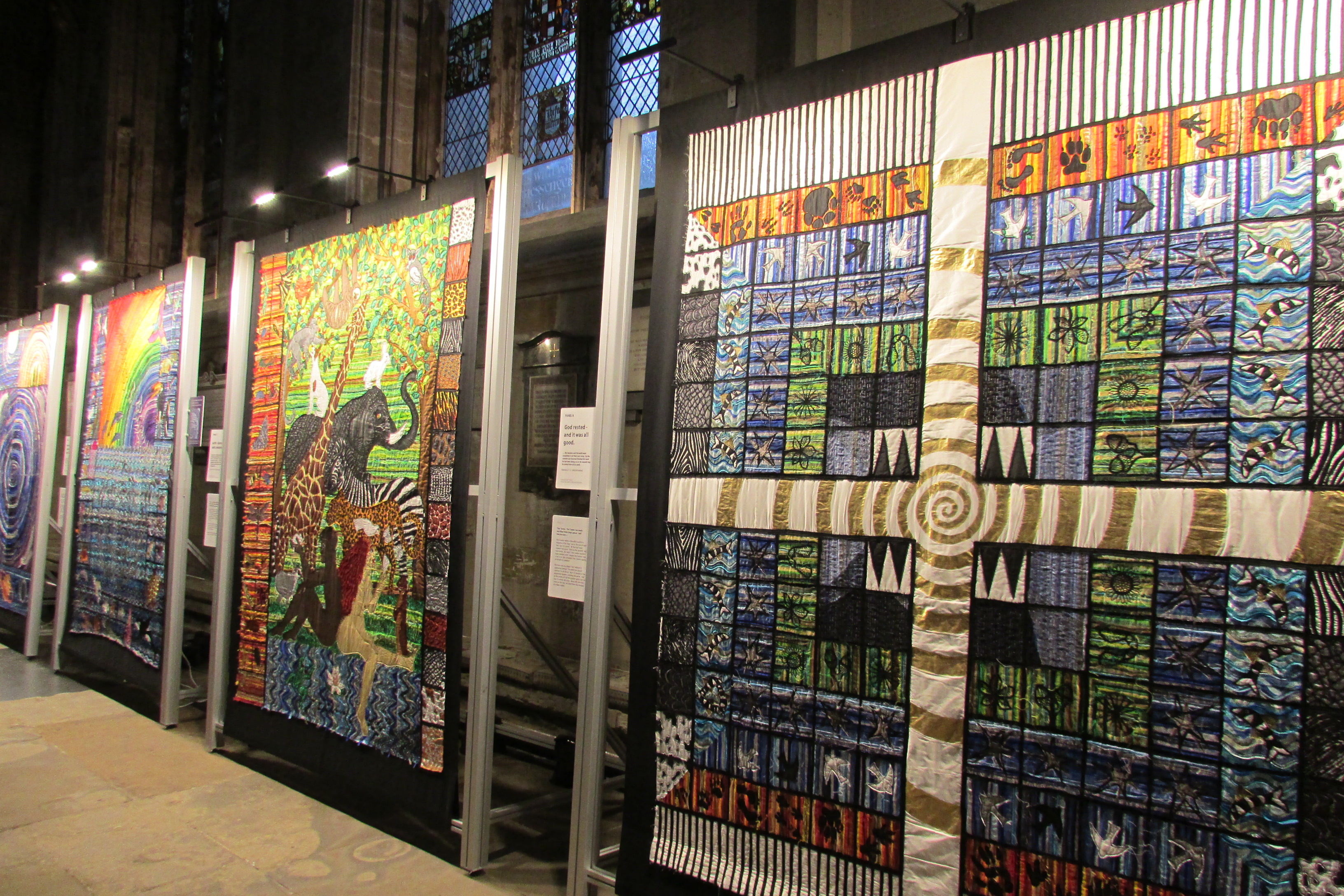
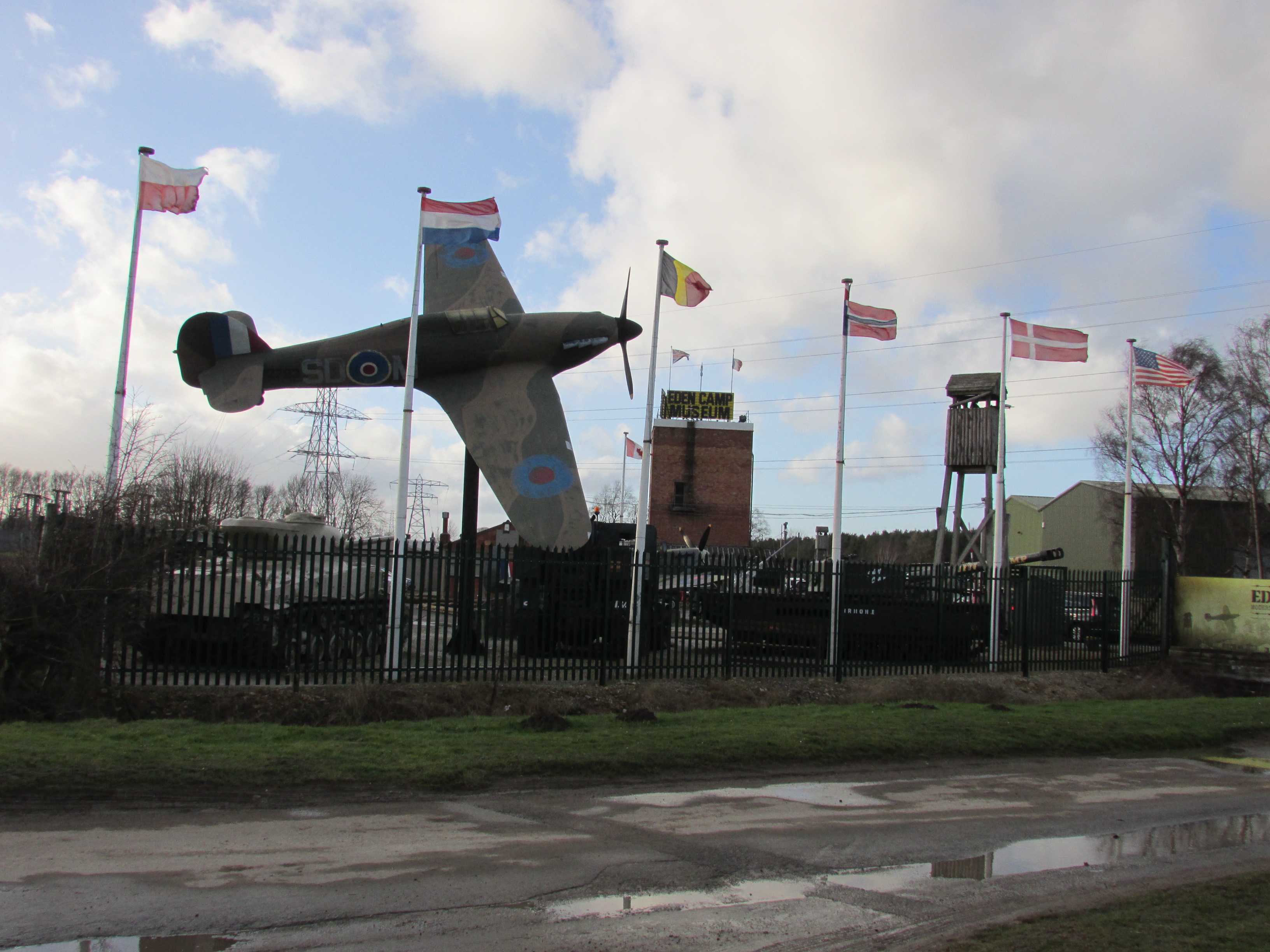
Eden Camp
Malton, North Yorkshire, YO17 6RT
Telephone: 01653 697777
www.edencamp.co.uk
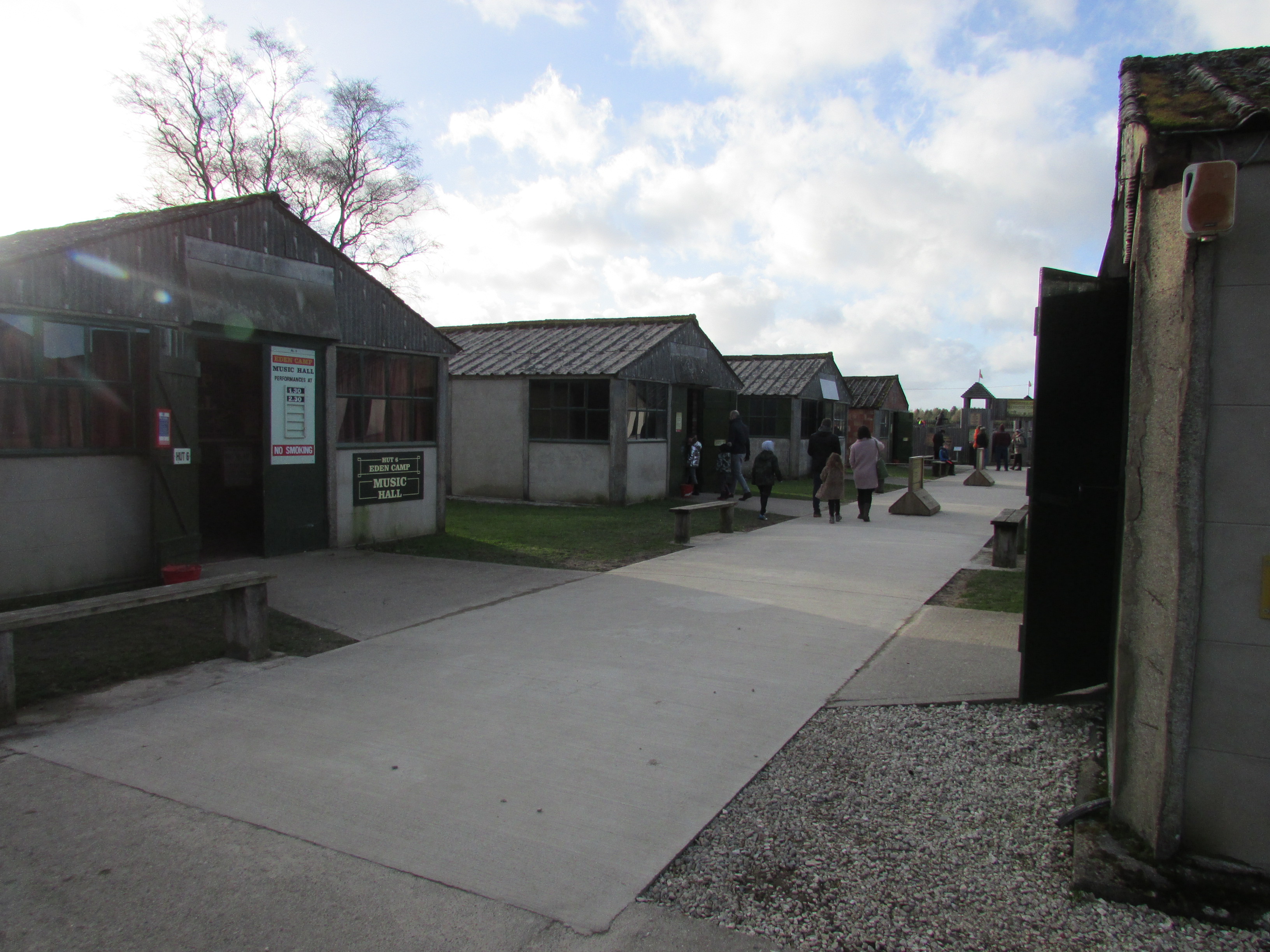
This family-owned business is set in a former Prisoner of
War camp, built on an agricultural plot in the early stages of 1942. A small
contingent of army personnel were drafted from Castle Douglas, Scotland and
tasked with creating a barbed wire enclosure with tents to provide a temporary
camp for Italian Prisoner’s of War that had been captured by Allied Forces in
North Africa. It took its name from the street on which it was built – Eden House
Road.
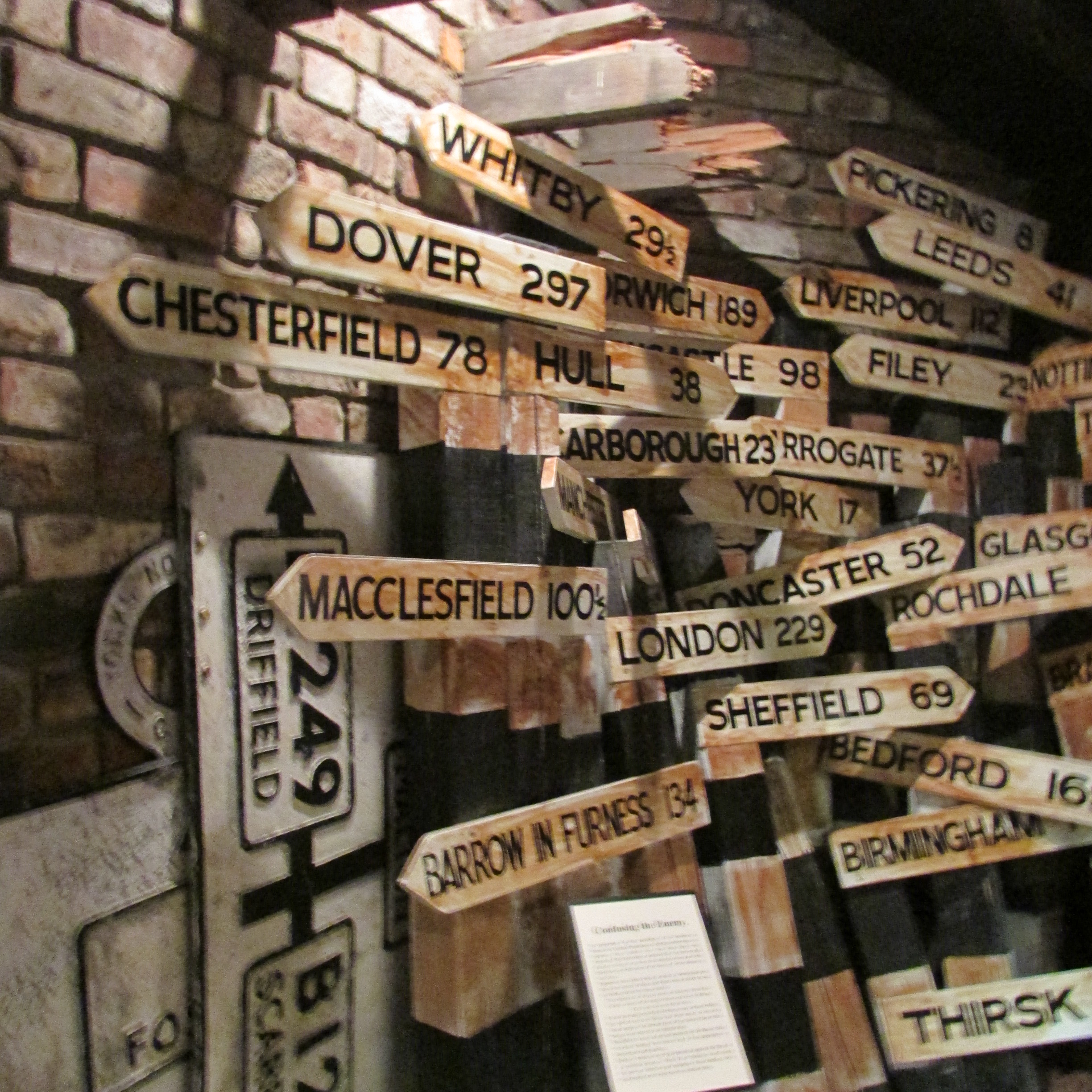
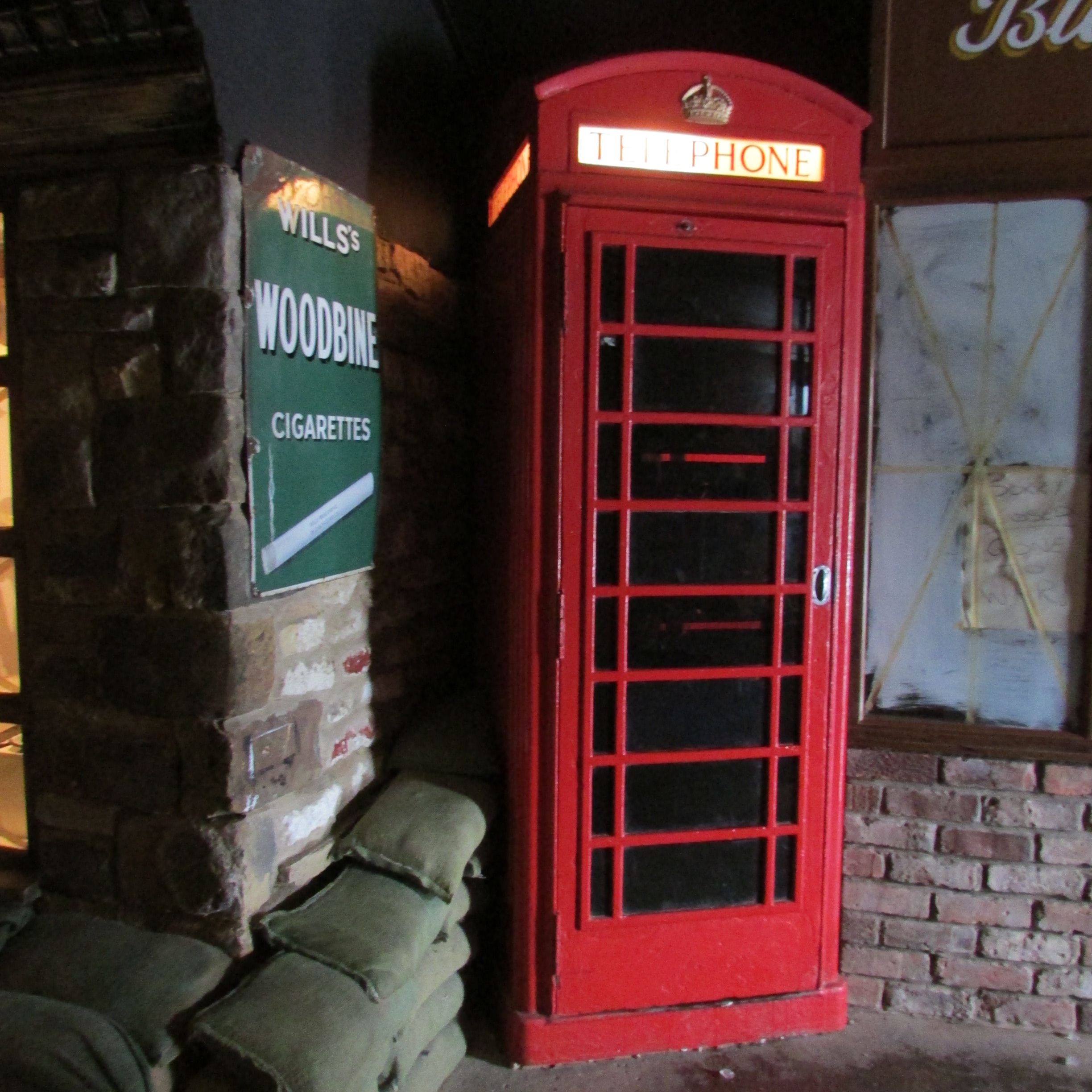
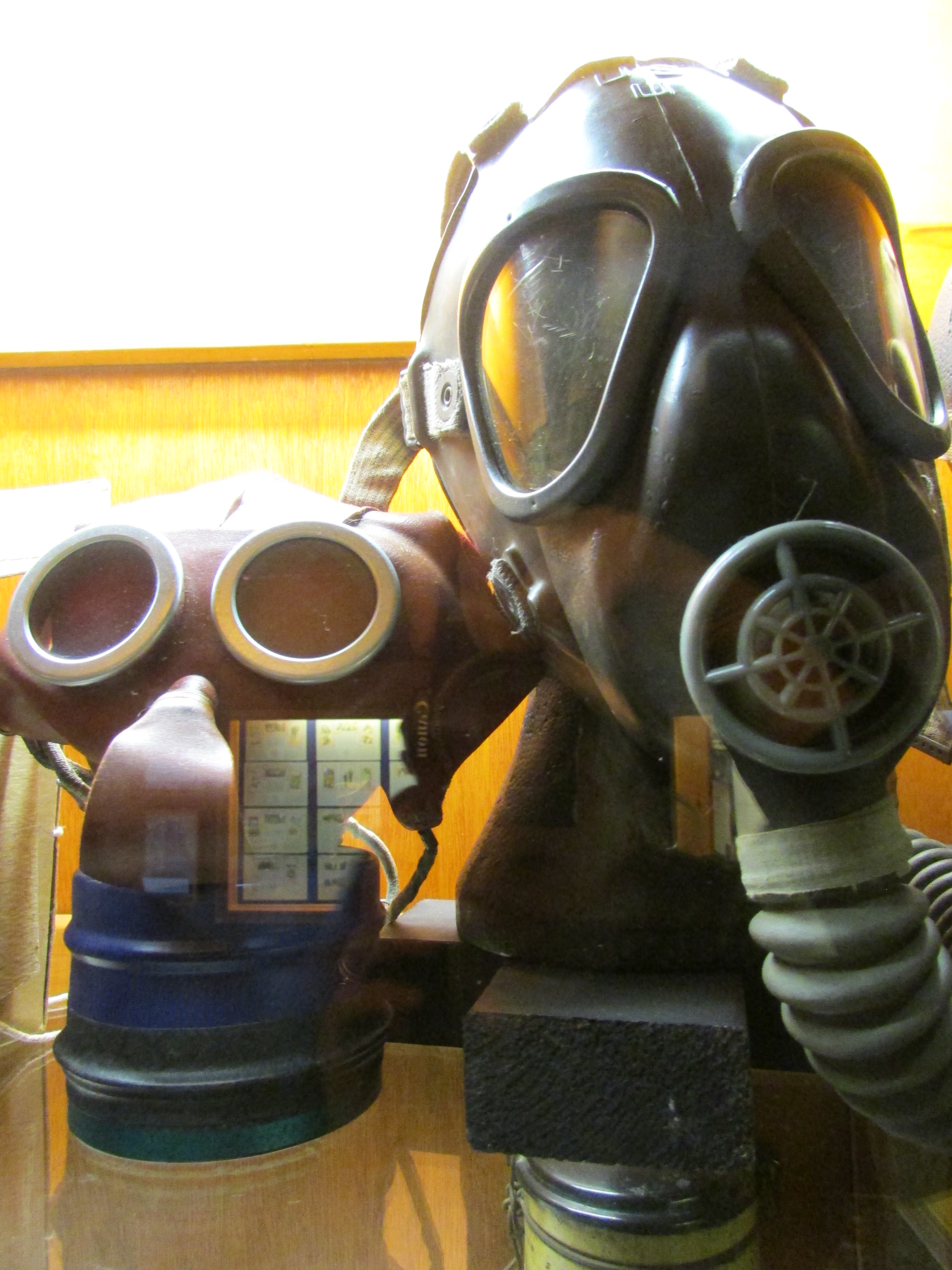
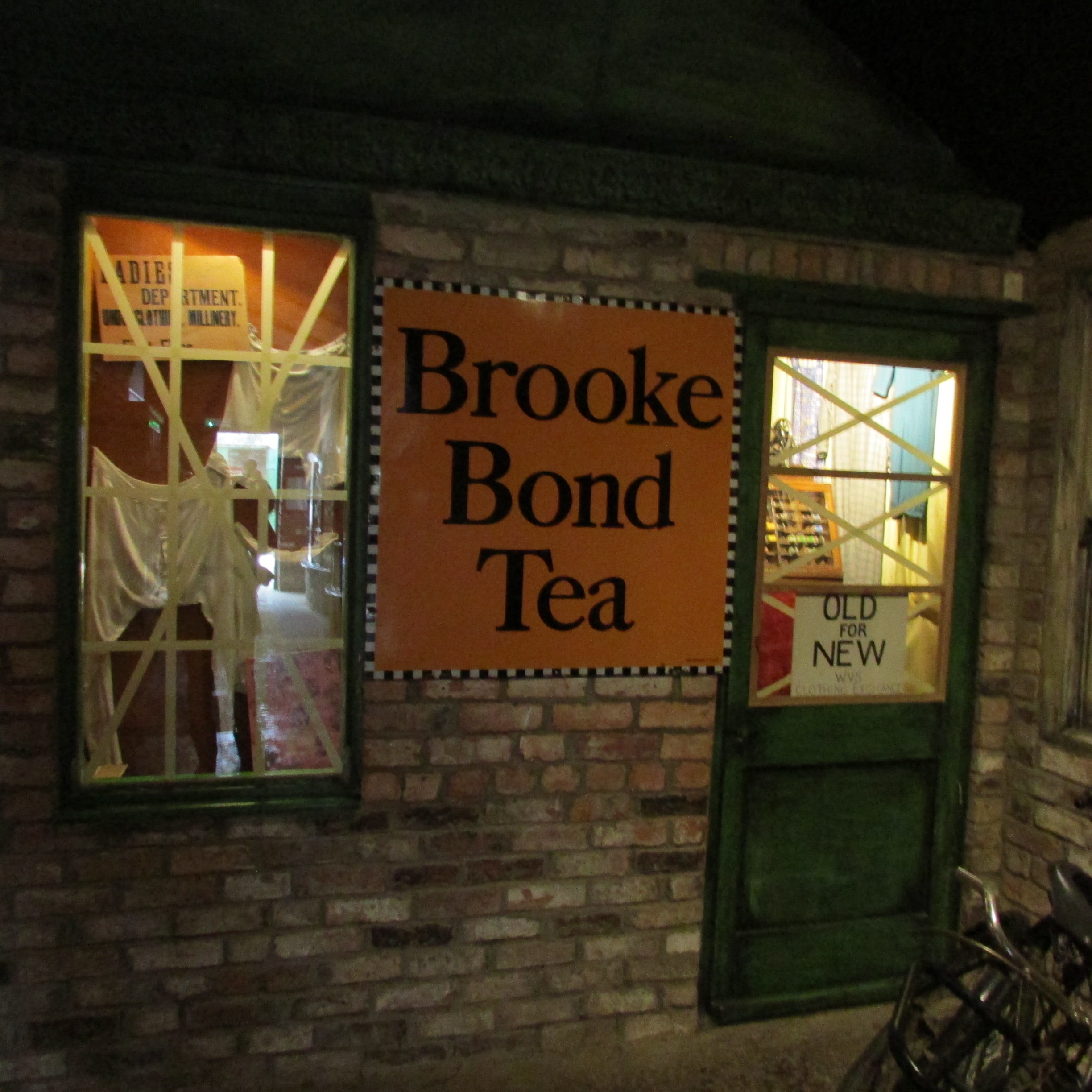
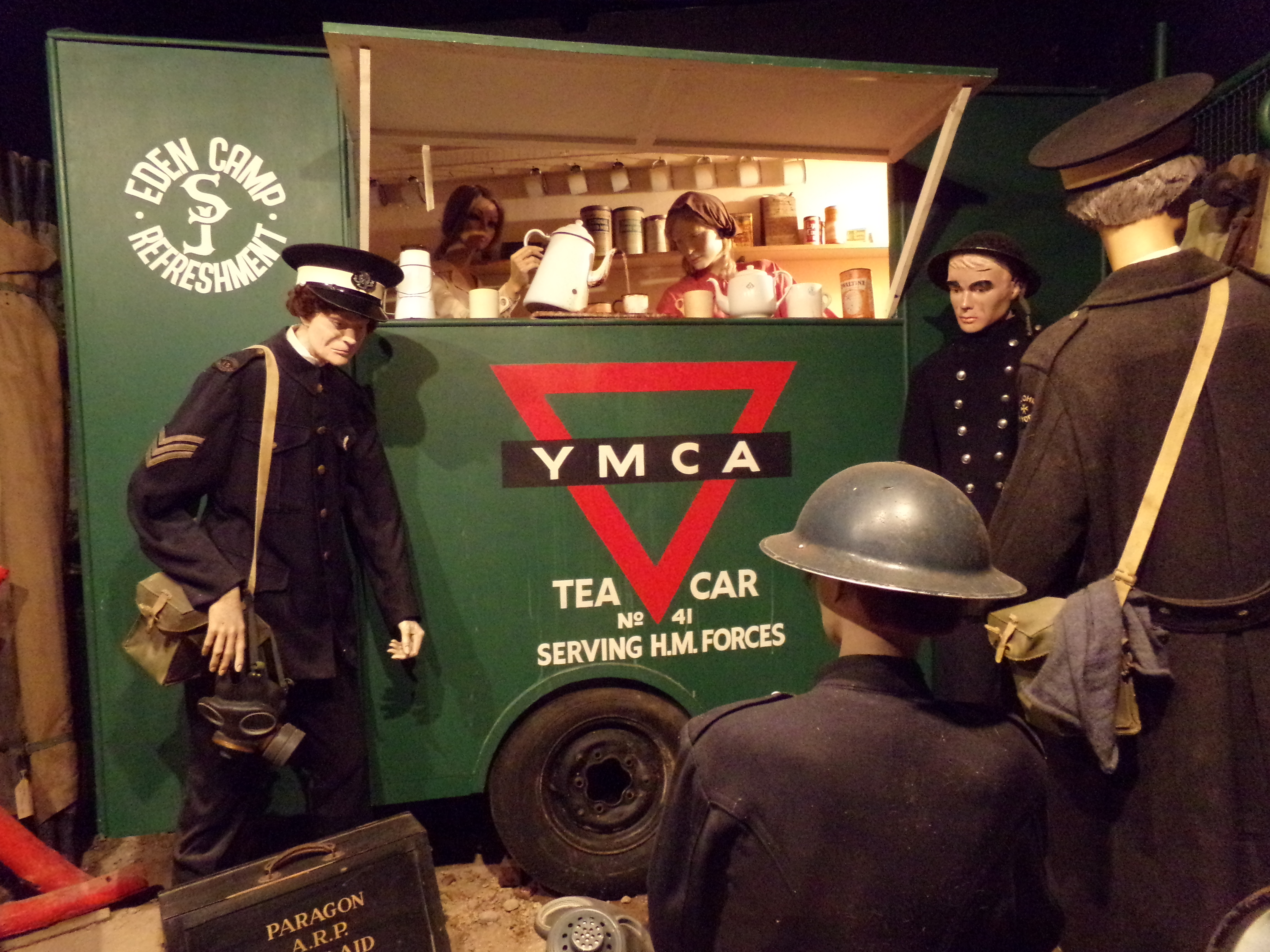
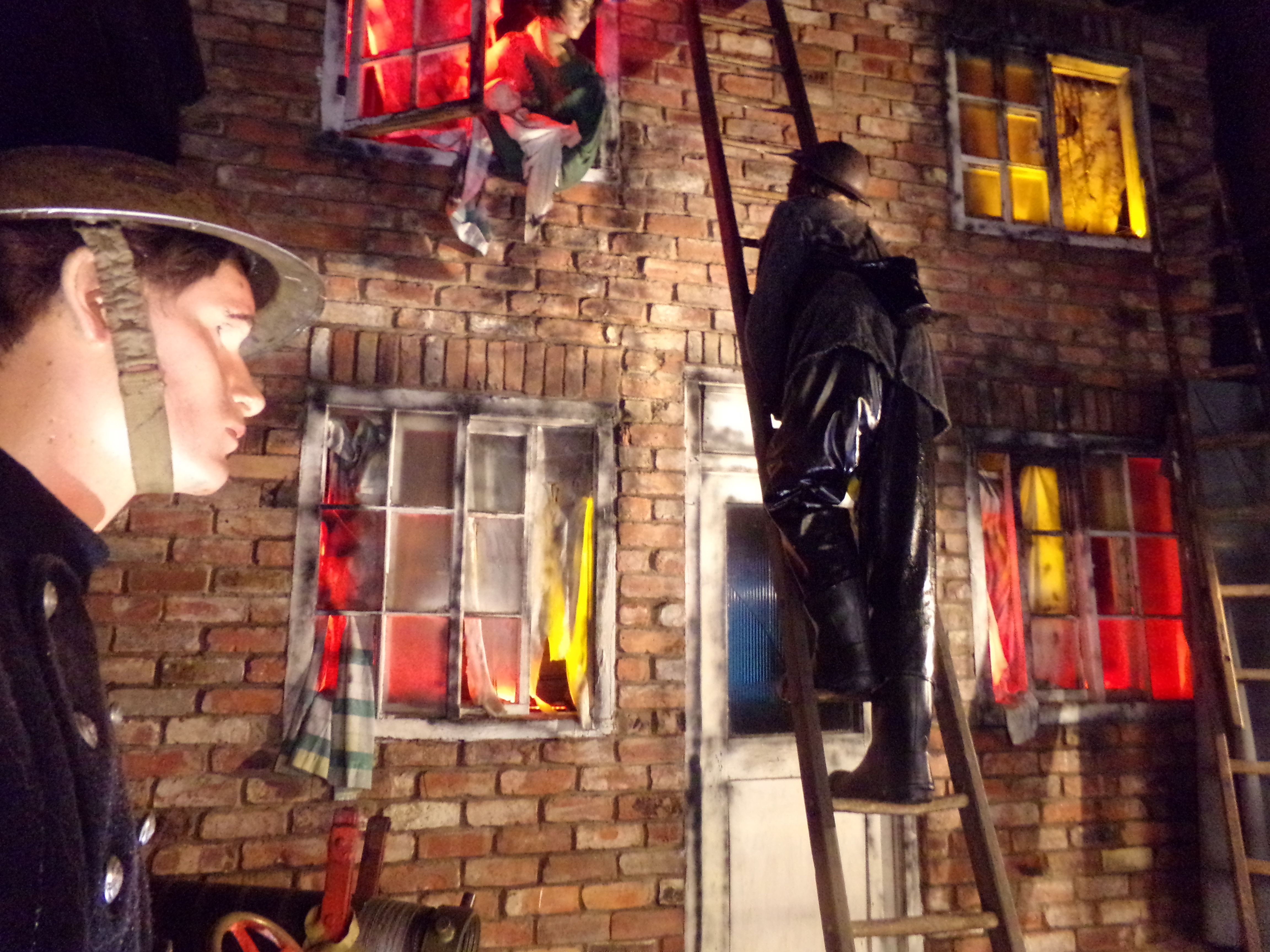
->
The D Day Centre & WW2 Museum
Admiralty Buildings, Castletown, Portland, DT5 1BD
www.ddaycentre.com
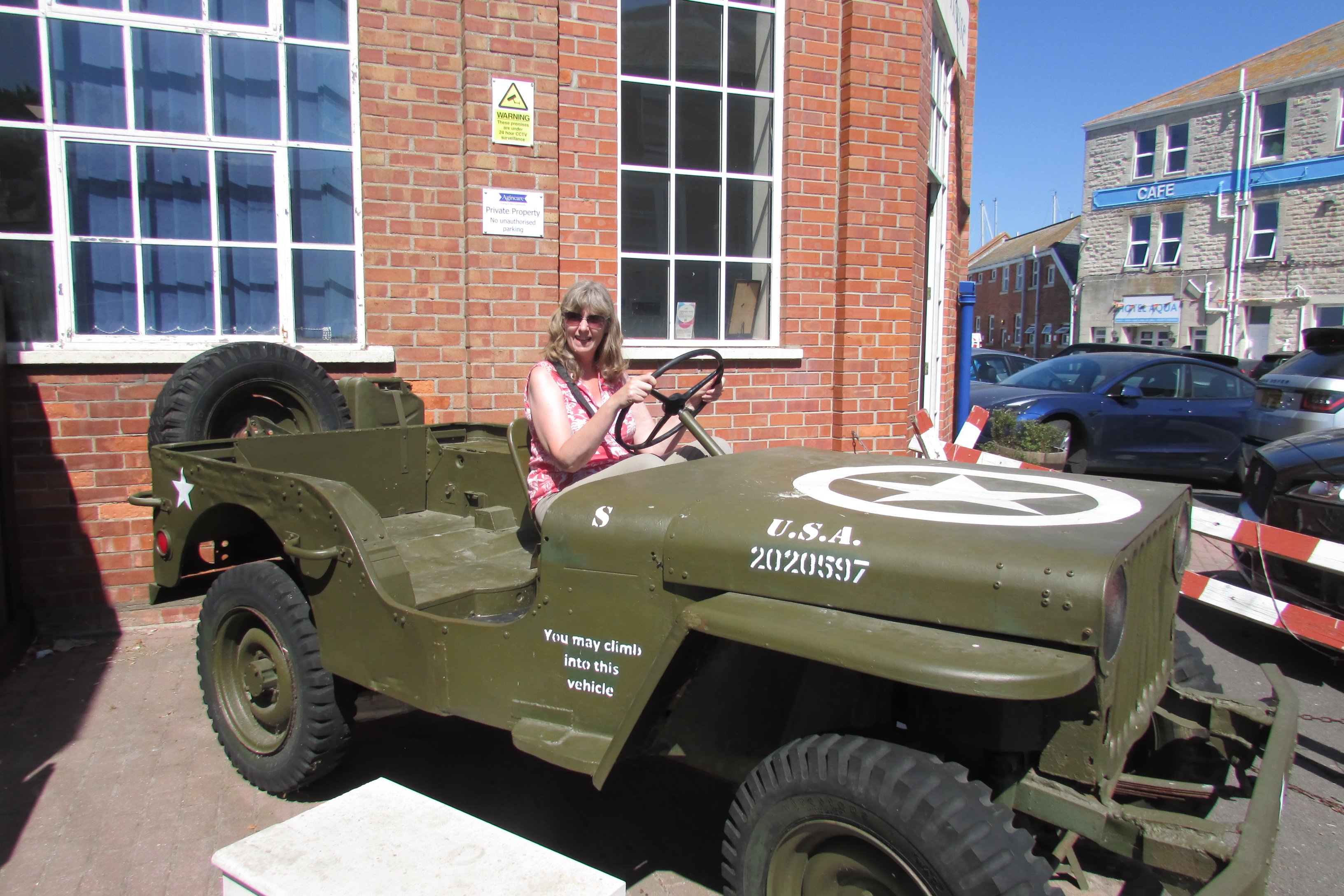
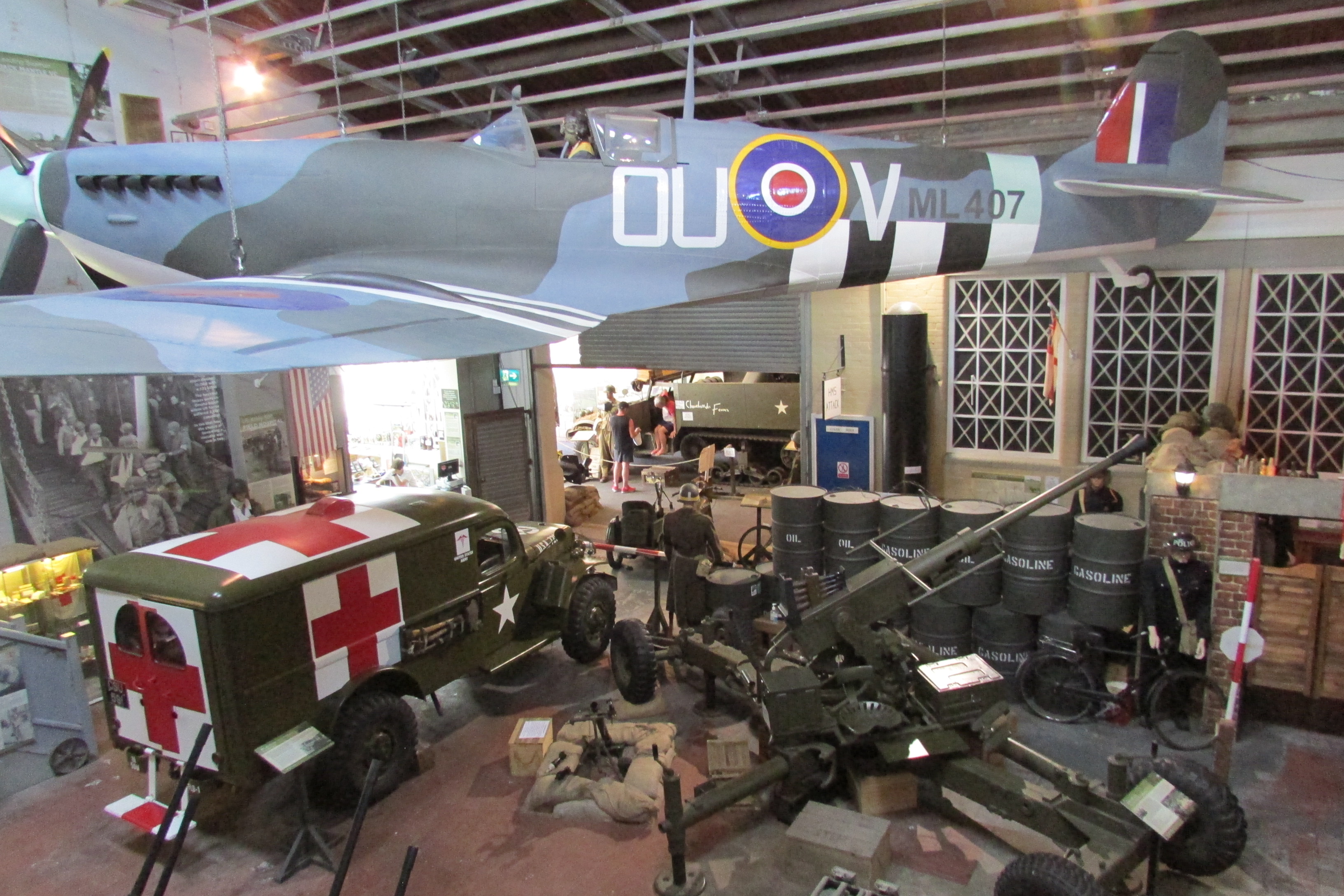
I am returning to Dorset for this entry and a delightfully
different museum that we found. Set in the Admiralty Buildings is the D Day
Museum; a rather small and haphazard type of place but very atmospheric. What
is unusual about this Museum and its USP (unique selling point) is that it
prides itself on being hands on. Not the usual hands on where there are a few
interactive displays but almost FULLY hands on, so it is a brilliant place for
inquisitive kids and big kids too. I loved it!
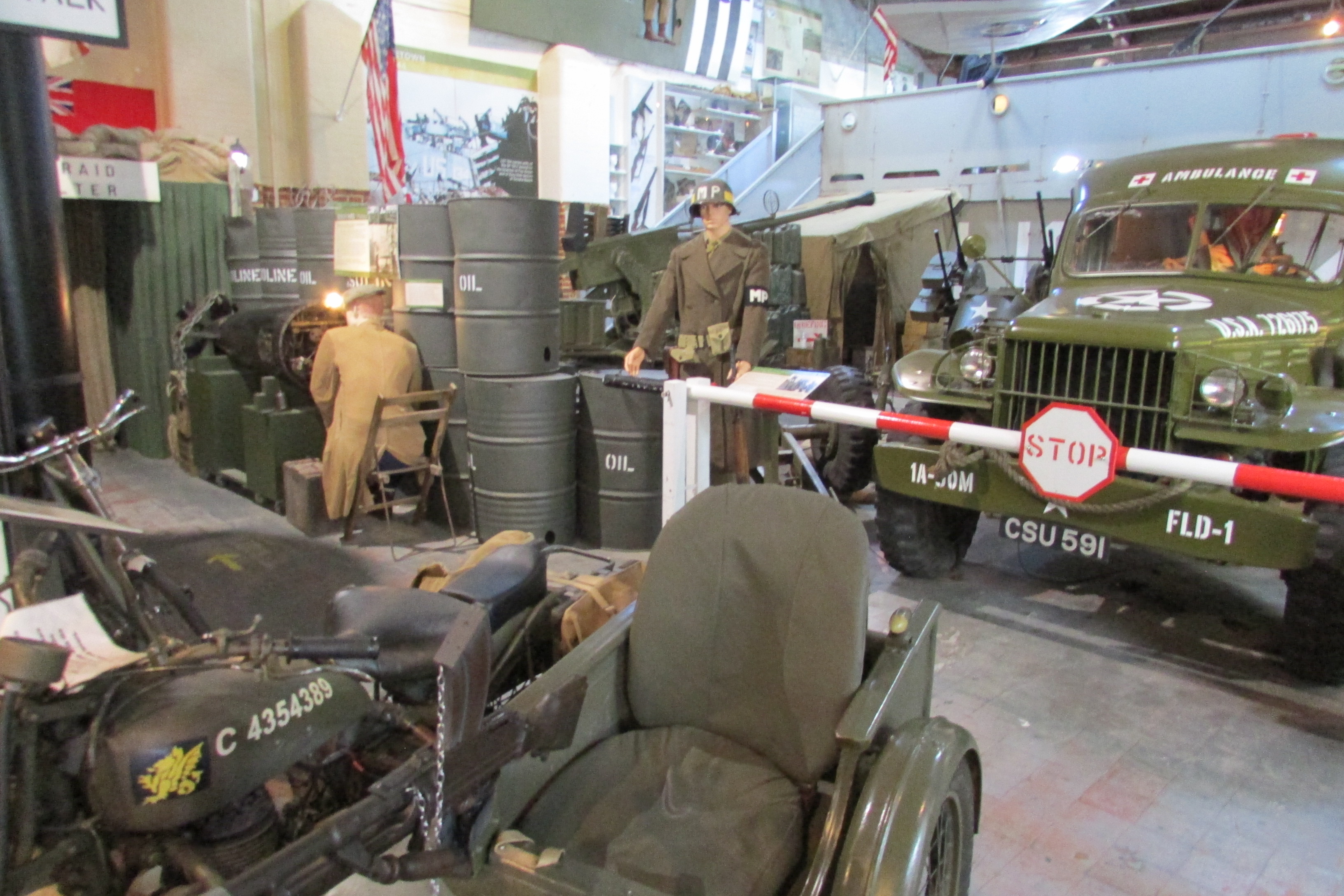
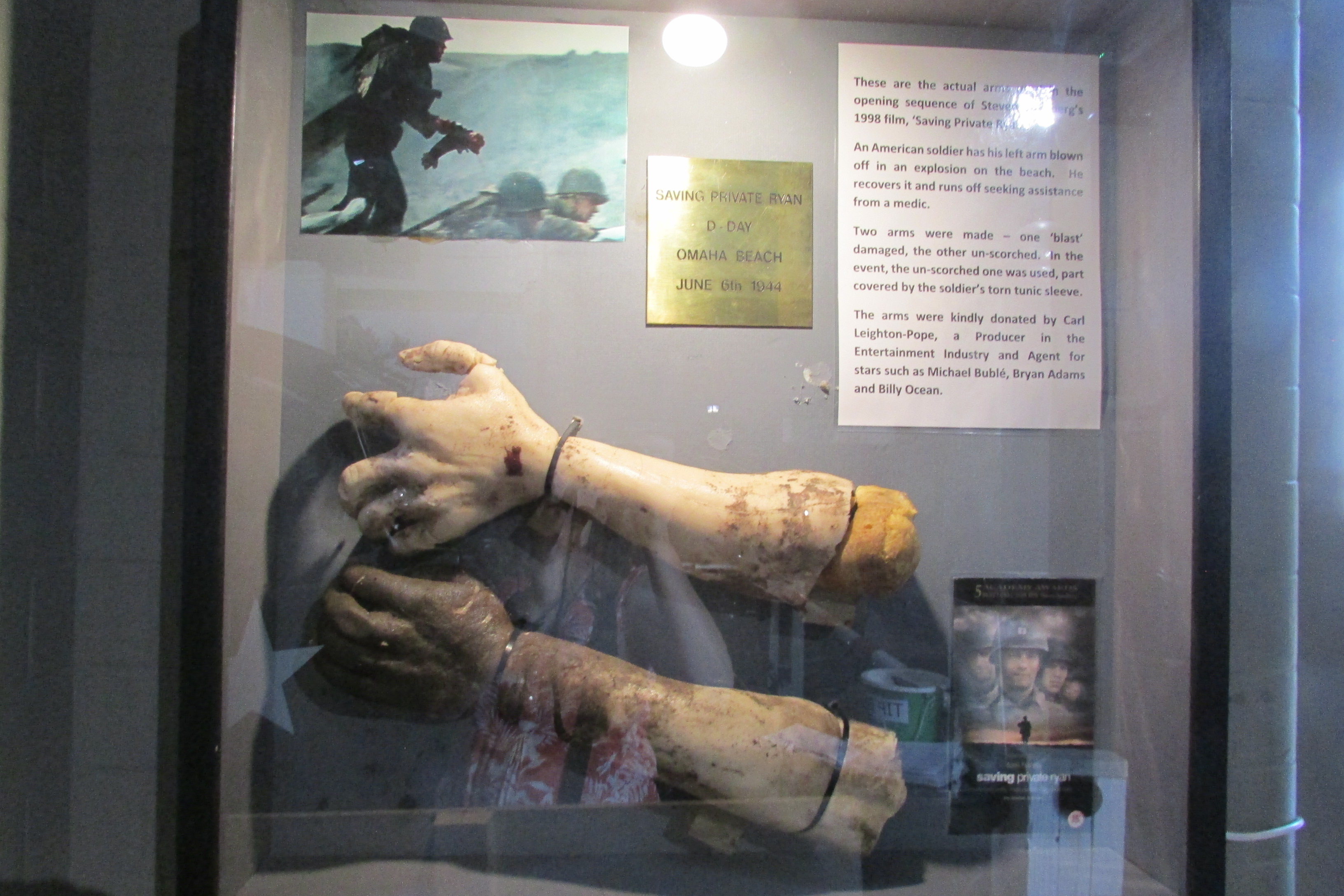
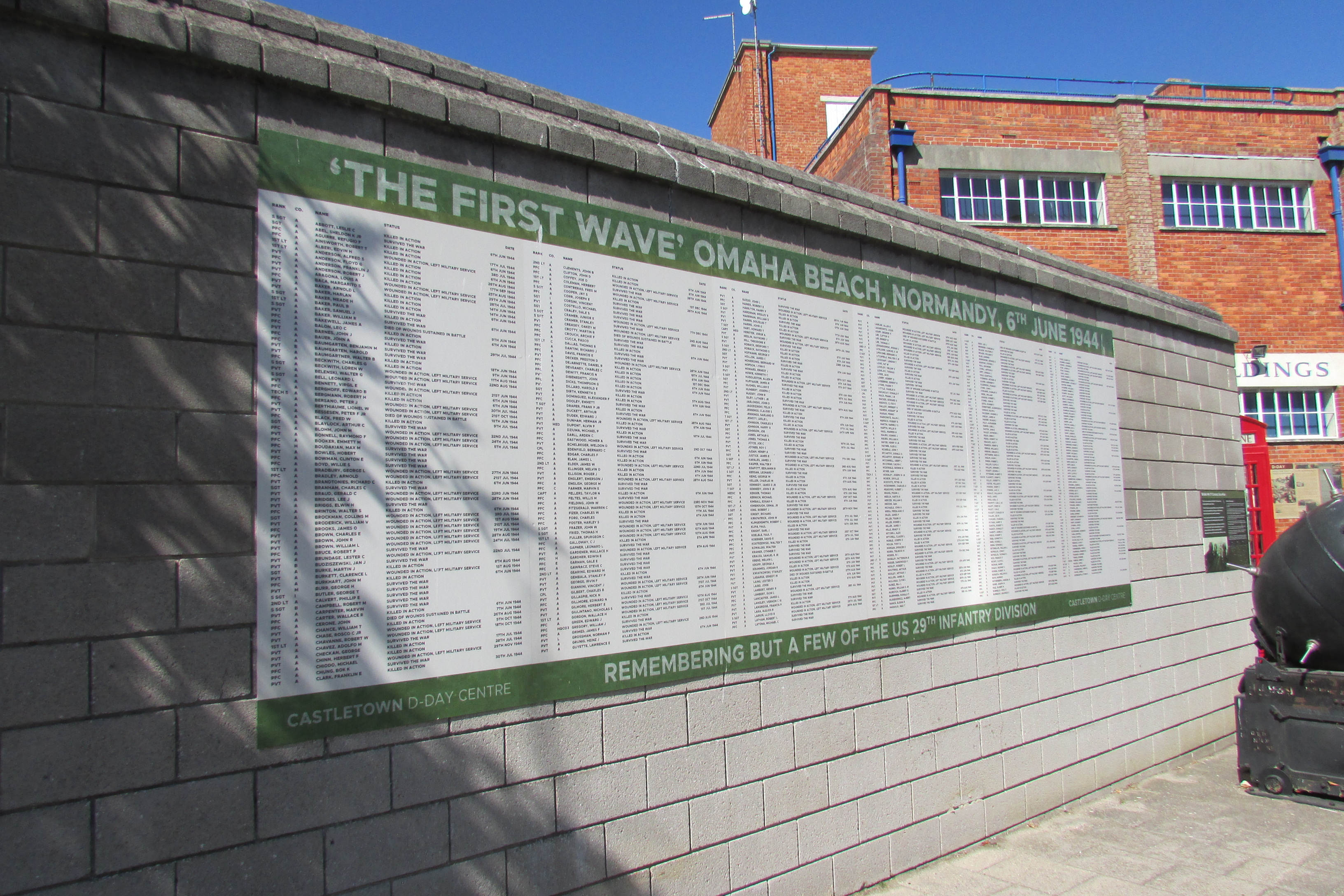
The abandoned village of Tyneham
Dorset
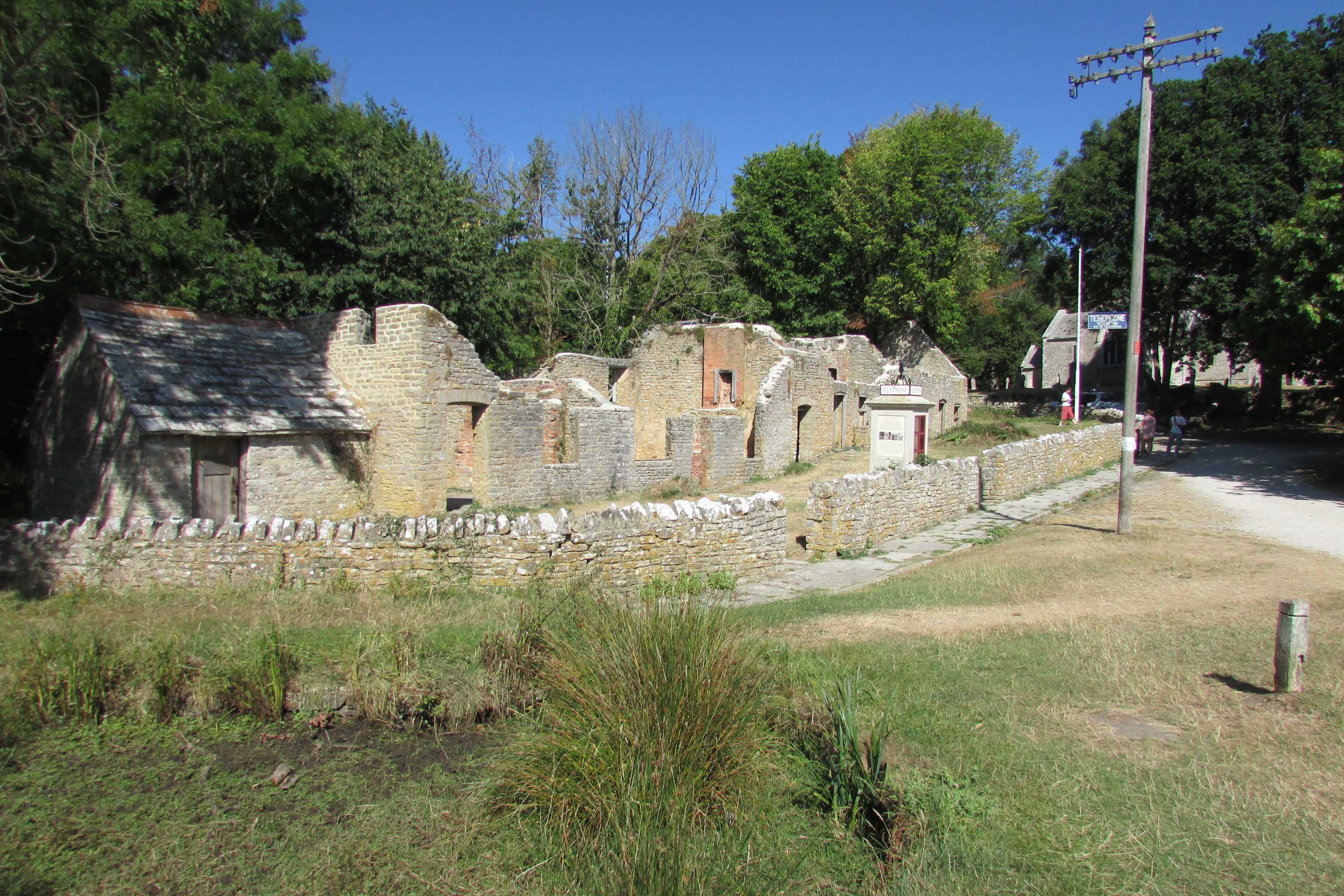
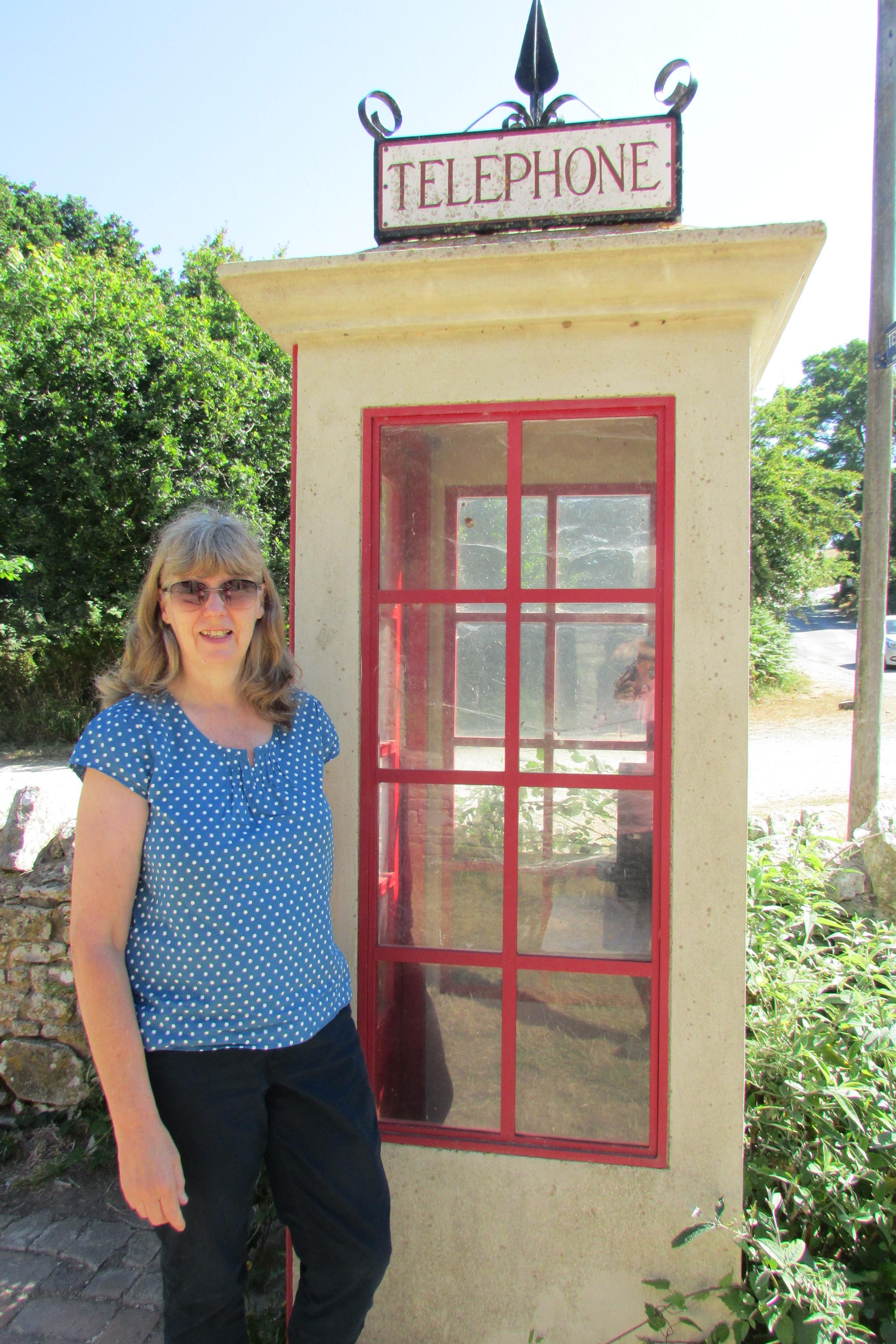
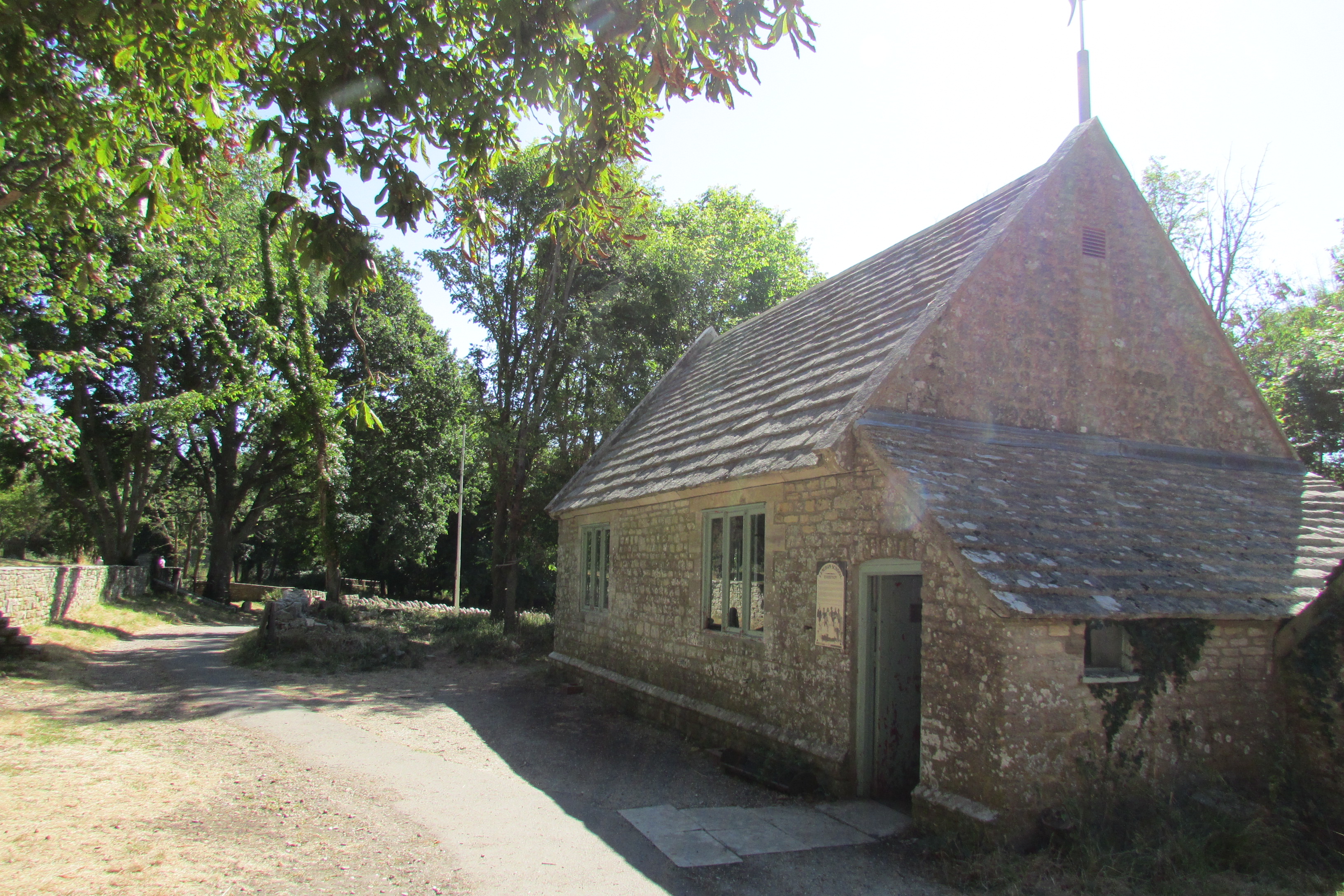
Known as a ‘lost village’ or ‘ghost village’, Tyneham can be found in South Dorset, near to Lulworth. Once a simple rural community whose residents relied on farming and fishing, Tyneham was to take on a new identity during the war and the community there was to change forever.
It is a tiny village, well hidden from main routes and found by following a series of narrow roads through the countryside. Here you will find a number of ruined buildings, mostly fenced off, a telephone box, church, farm and school. On a recent visit to Dorset, this was top of my to do list – I’d heard of the abandoned village of Tyneham and read a fictional story based on the village and its history entitled 'The Forgotten Village' by Lorna Cook, and I desperately wanted to go there for myself.
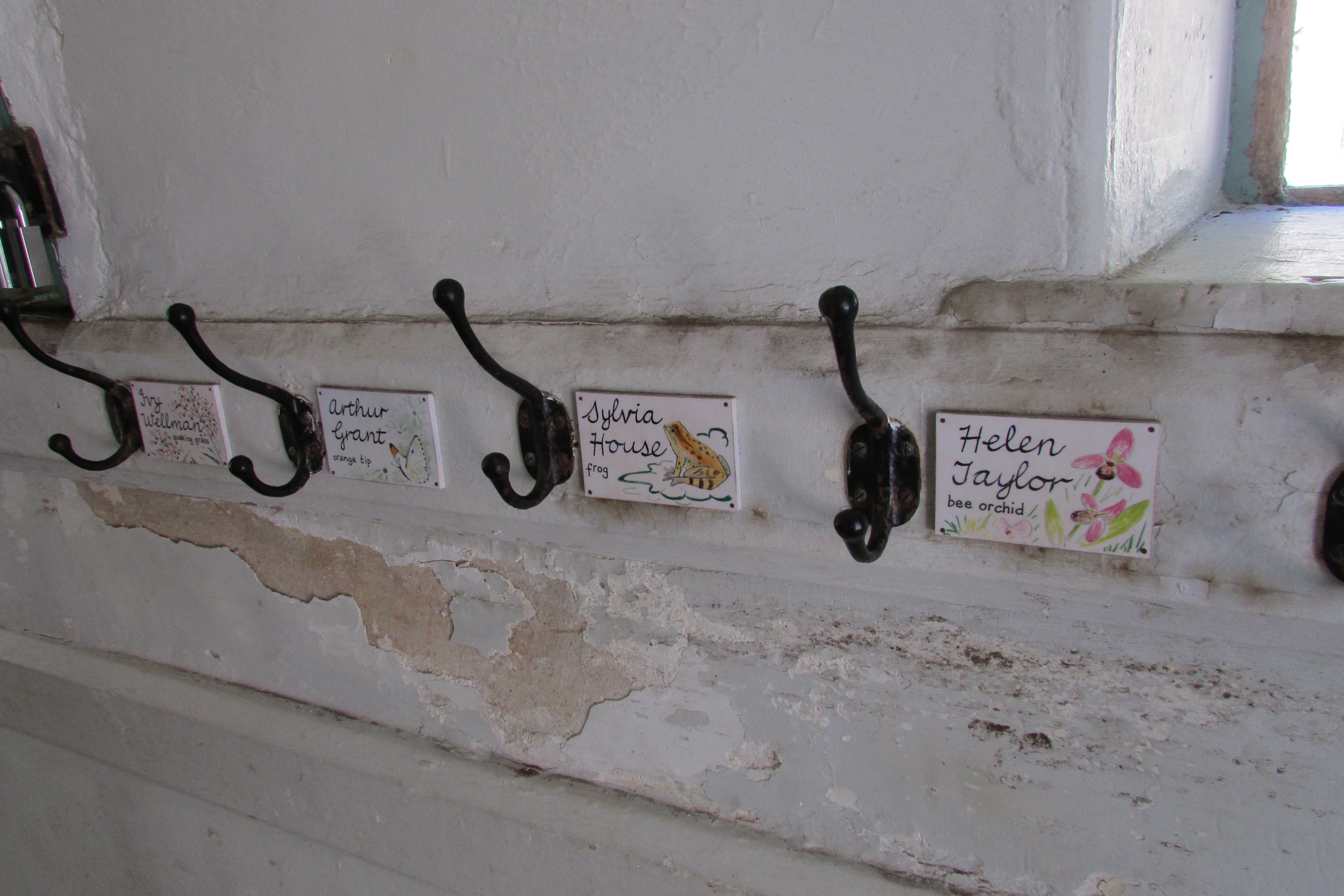
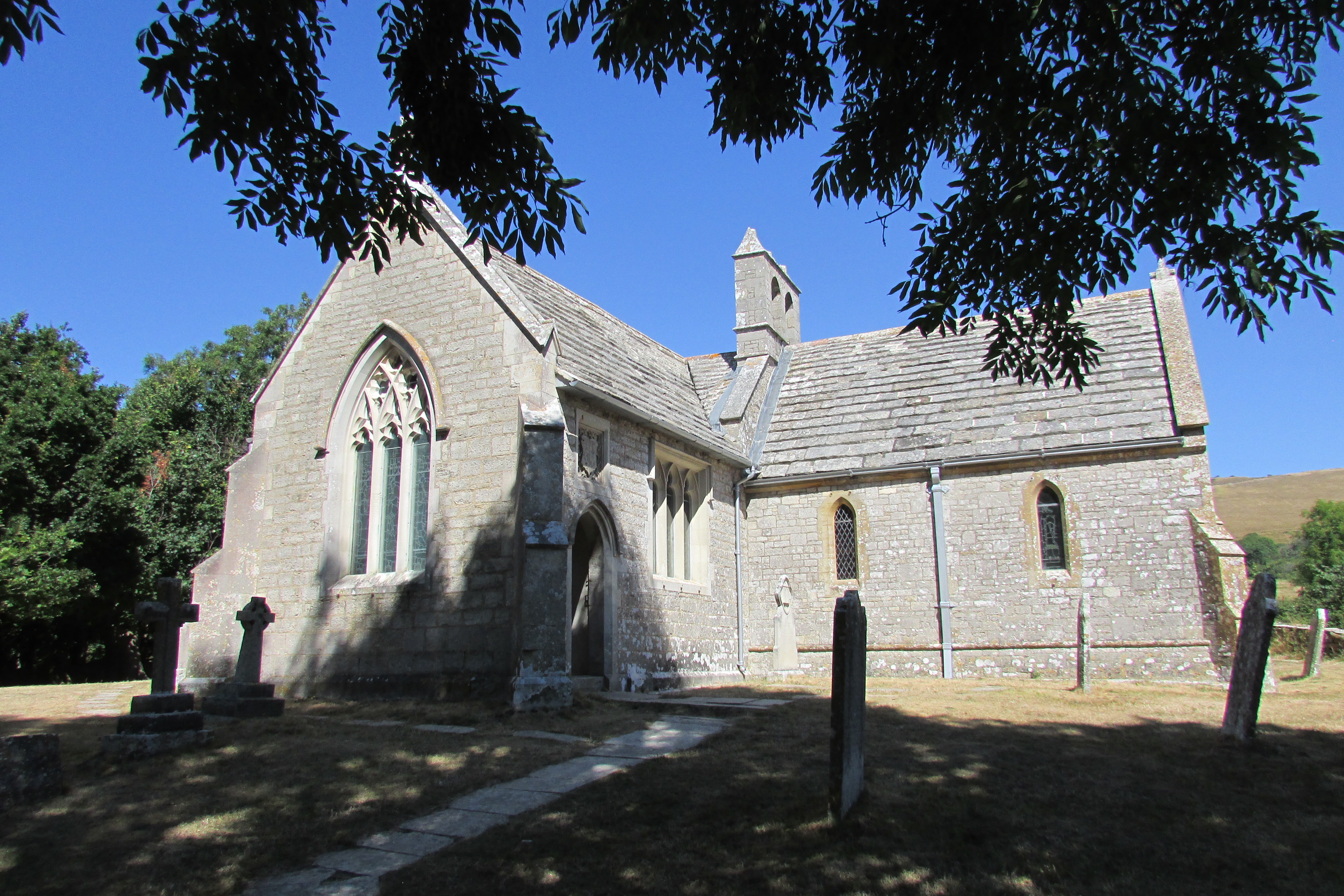
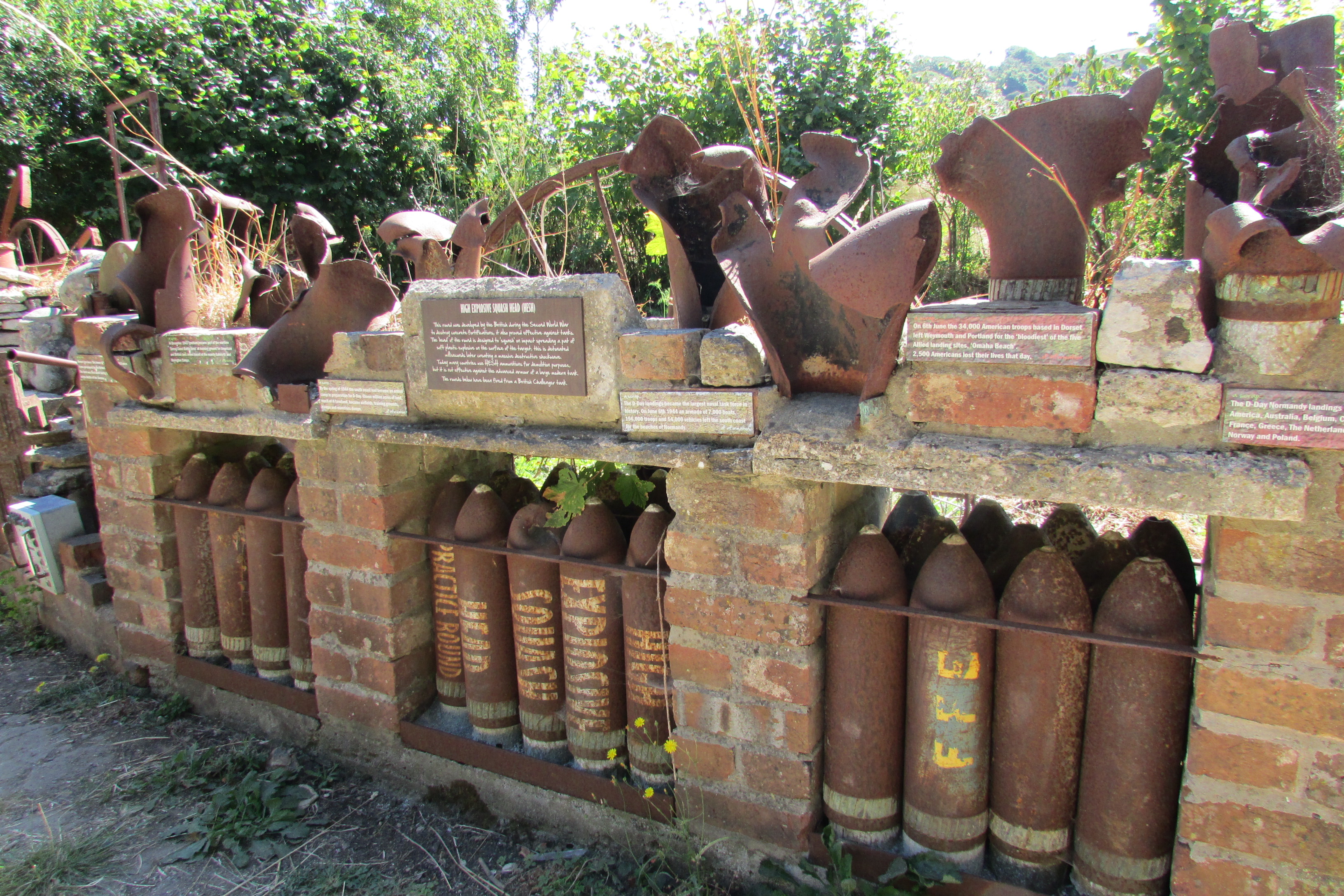
Eyam Village
The Peak District
www.eyamvillage.org.uk
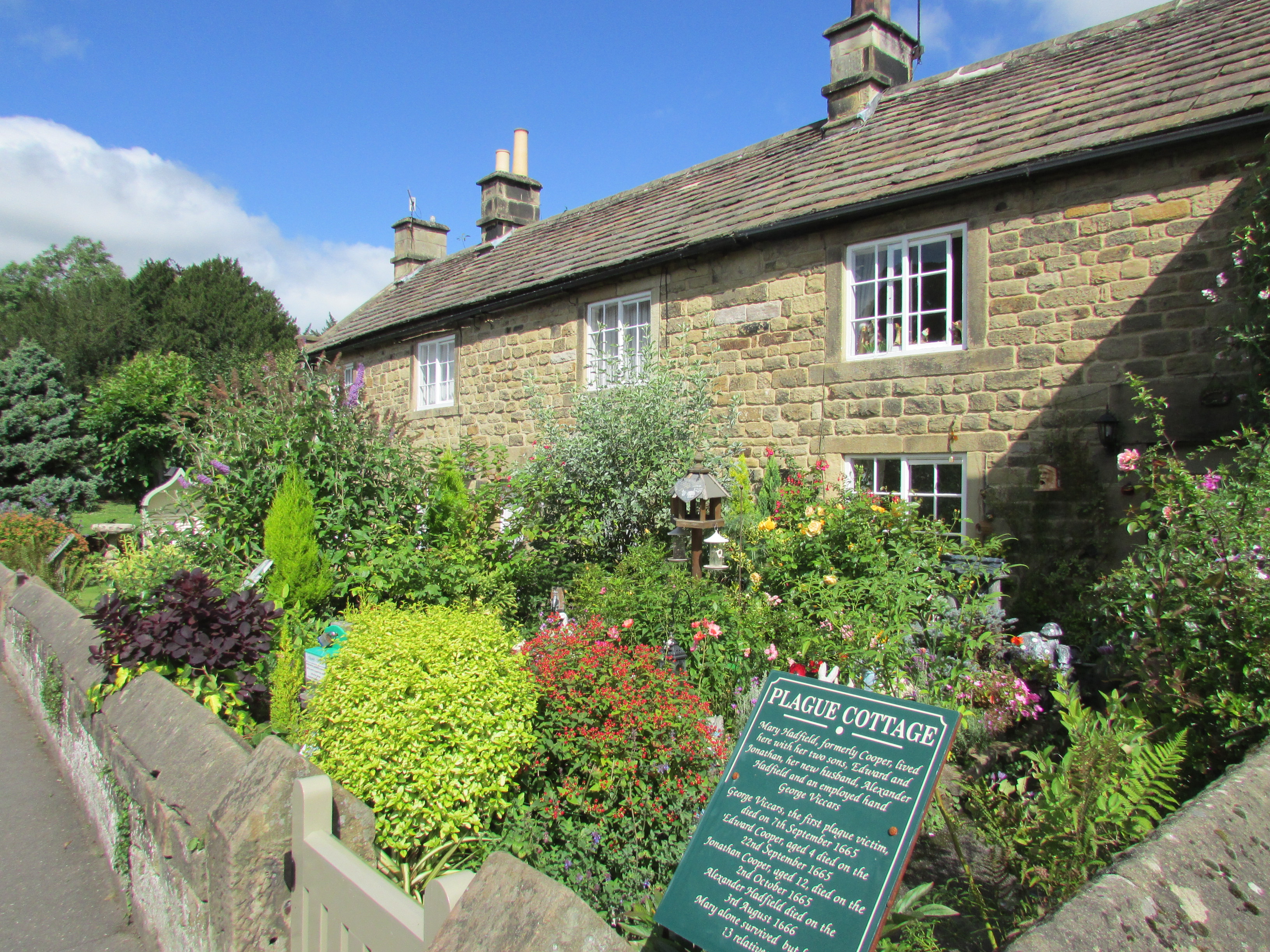
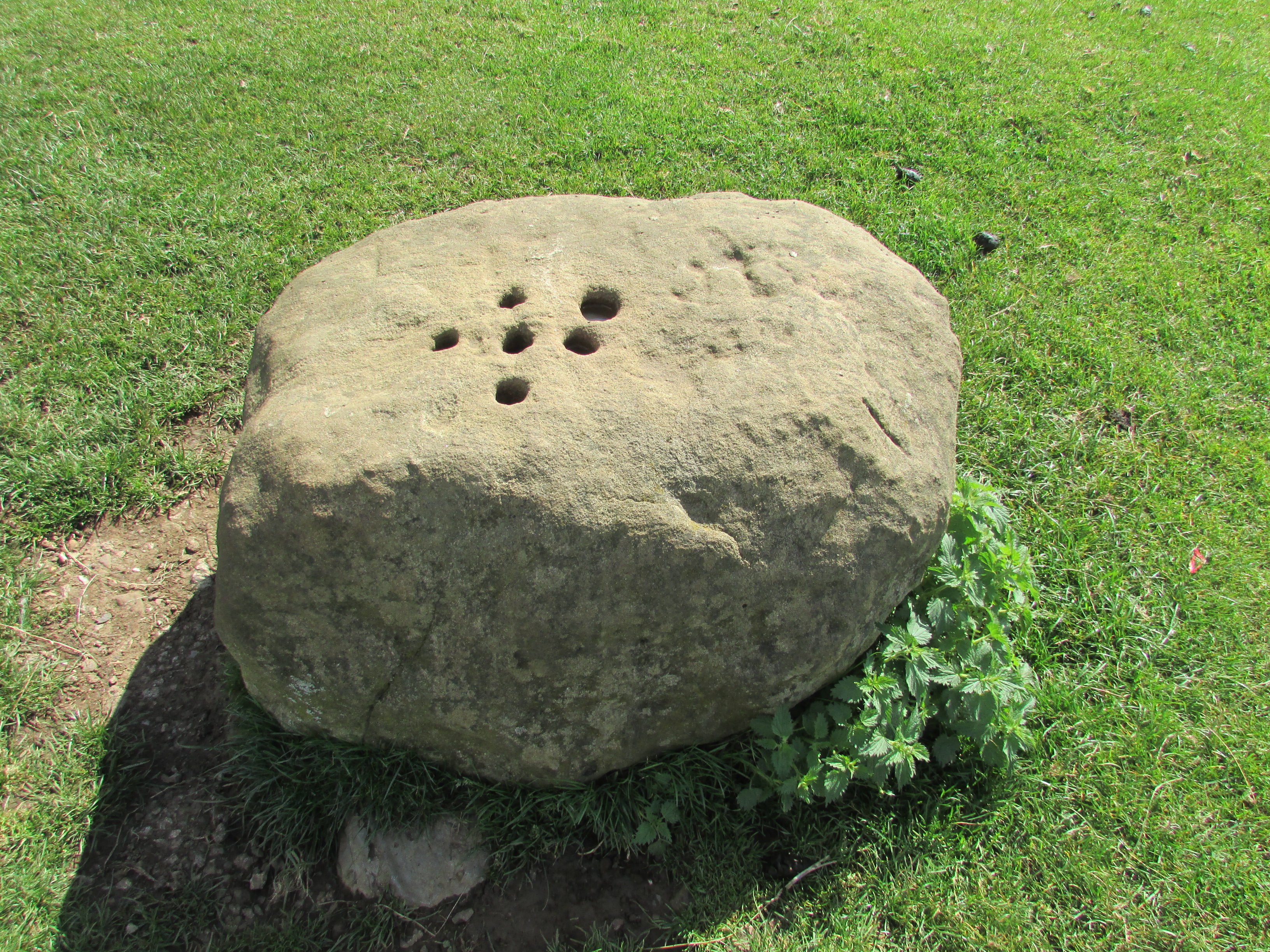
I’ve been to the beautiful village of Eyam twice now. Once several
years years ago after my children had been read a story about the plague in
school and once during the pandemic. It was the latter visit that left me amazed
at how many comparisons could be made between what happened to Eyam in 1665/1666
and to what happened to us in 2020 with the outbreak of Covid 19.
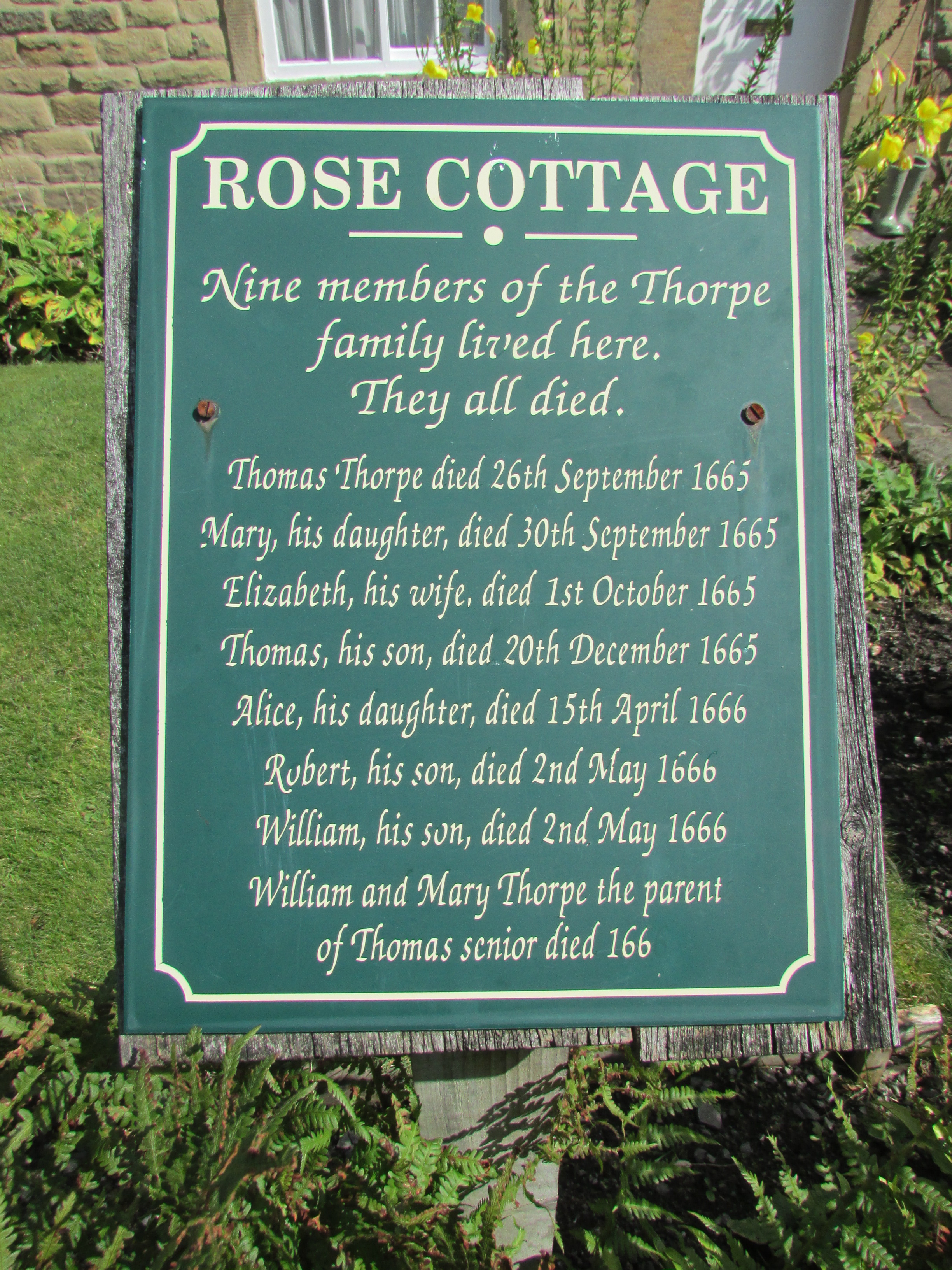
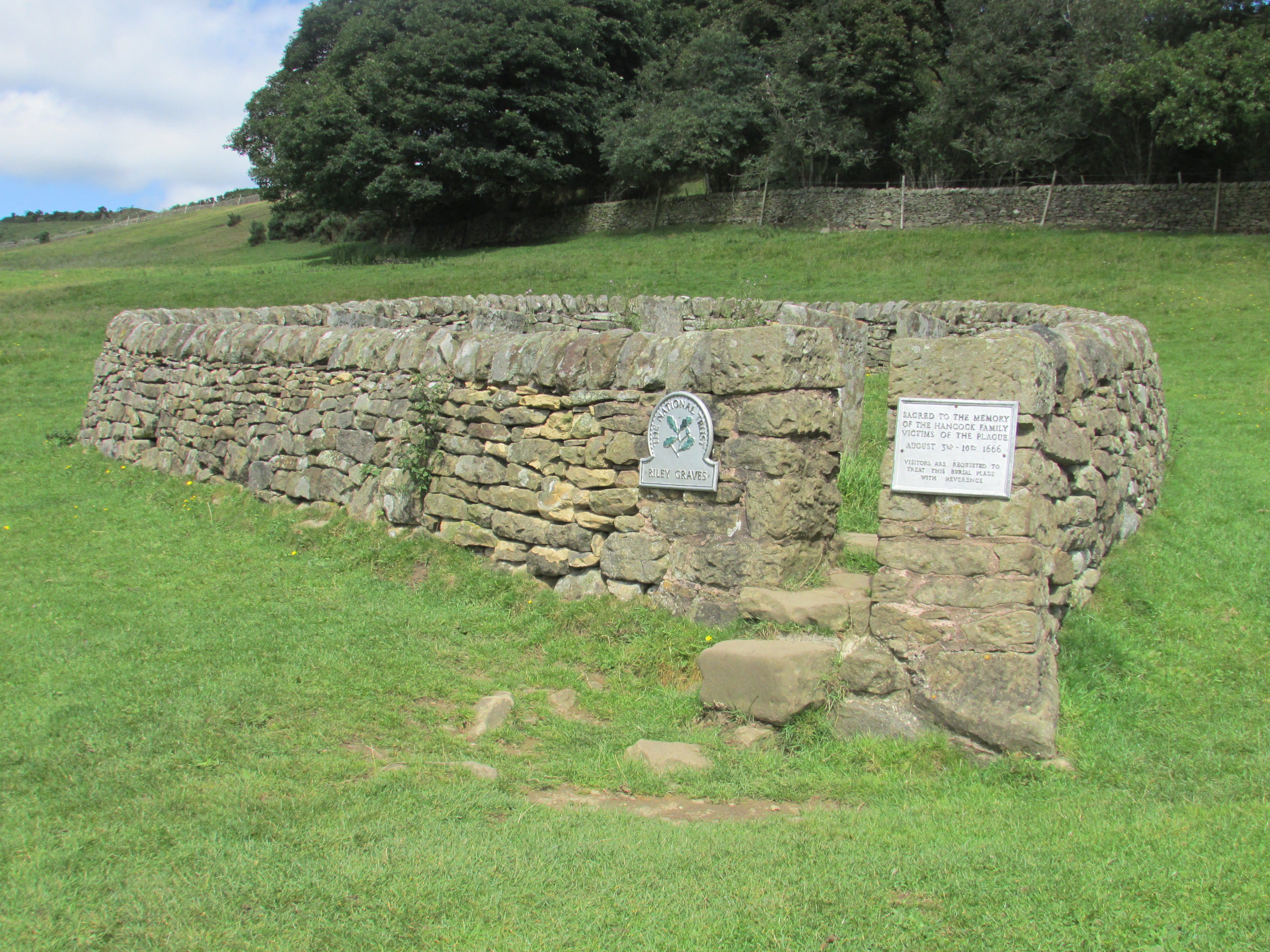
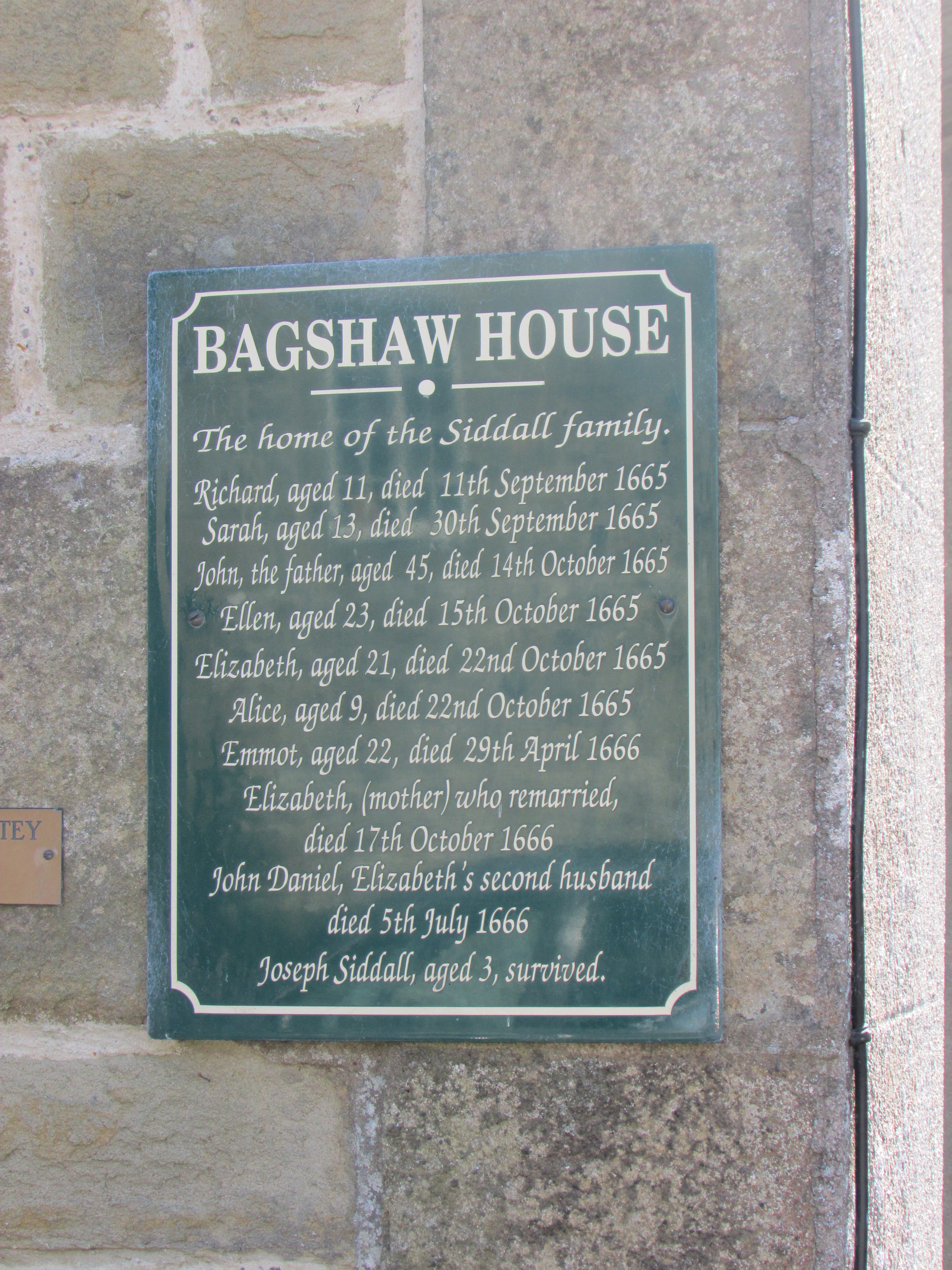
T
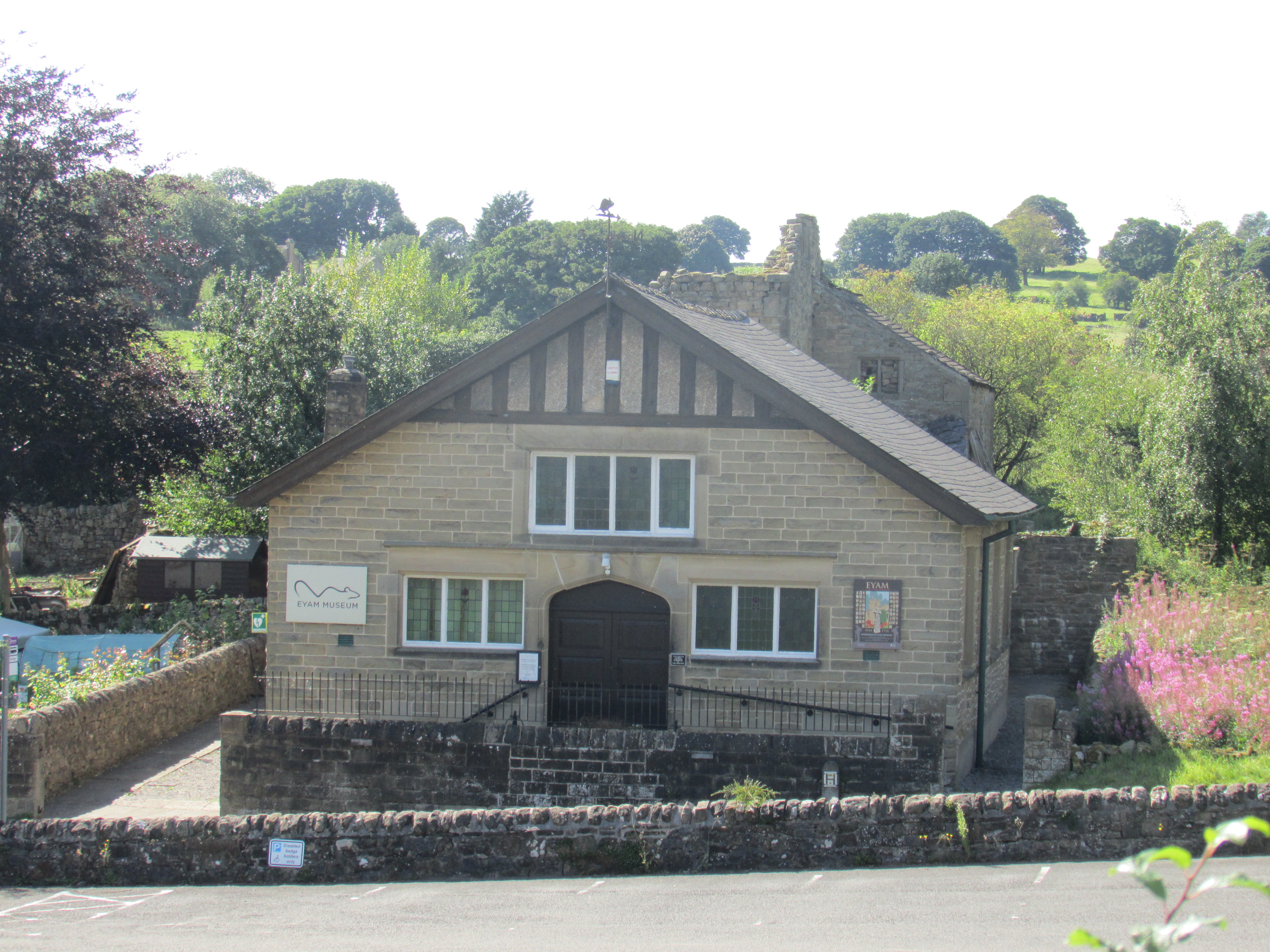
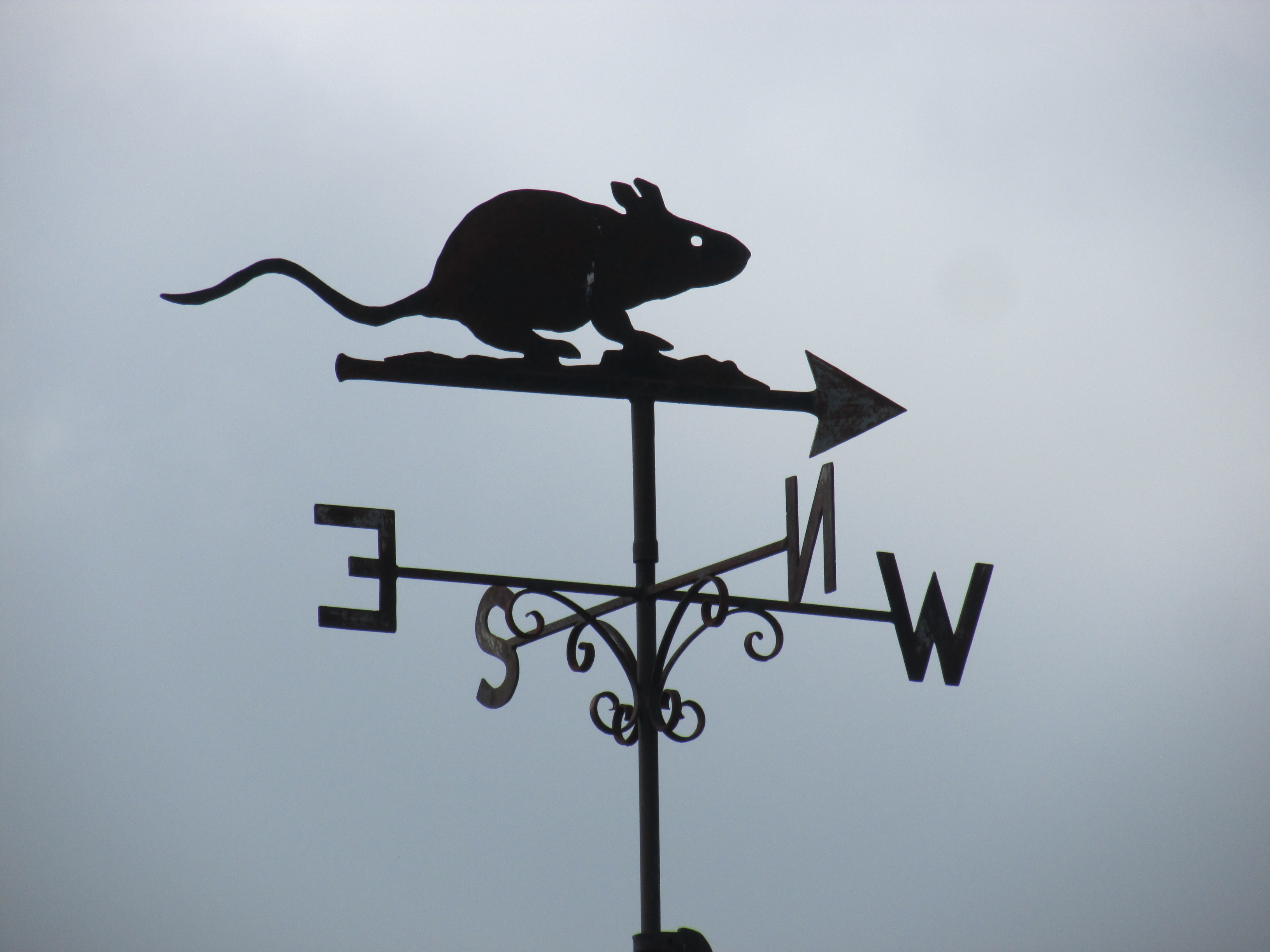
Oakworth Station and Haworth
Vale Terrace, Oakworth, Keighley, Yorkshire. BD22 0DY
https://kwvr.co.uk/visiting-the-kwvr/stations/oakworth-station/
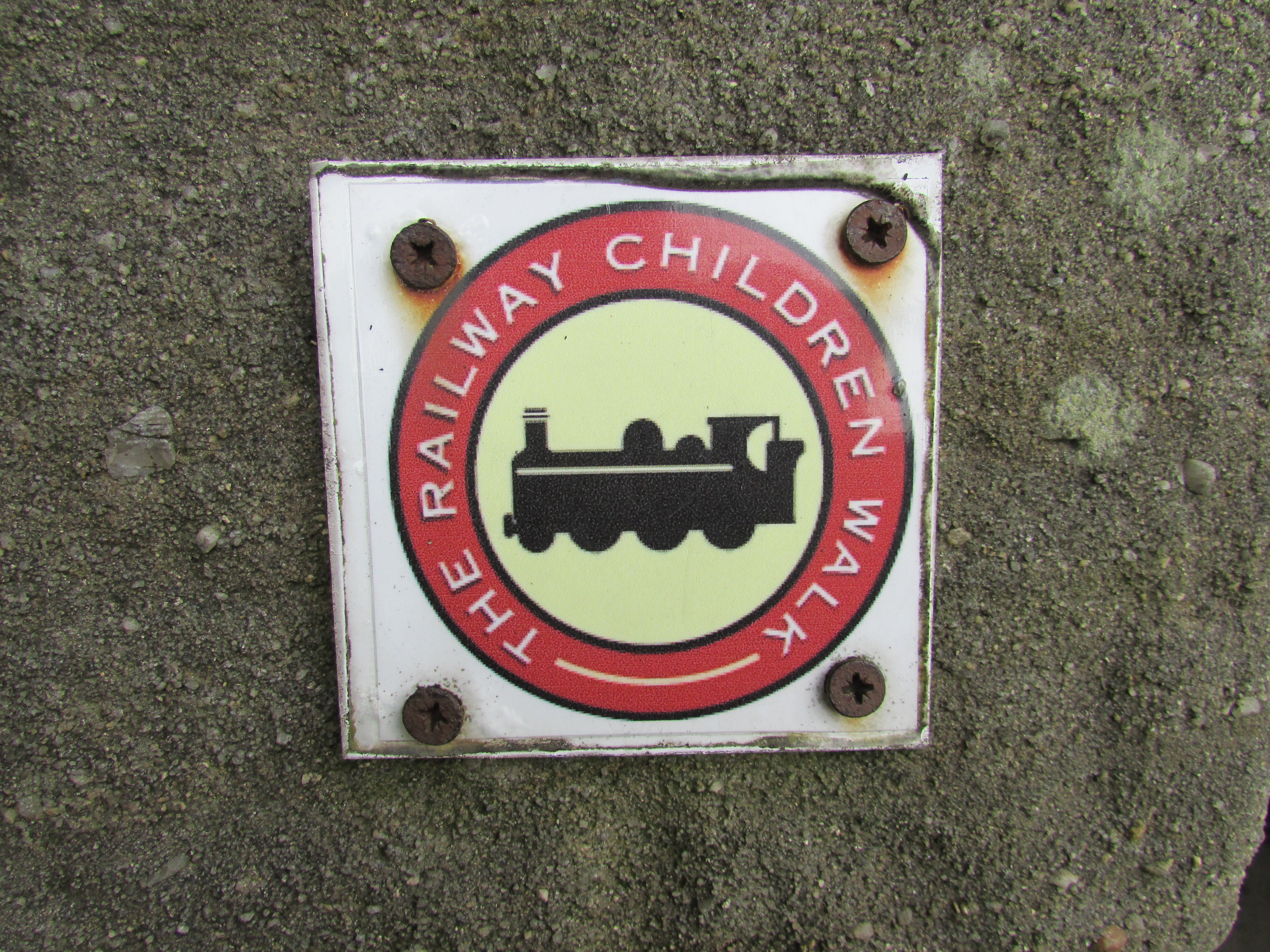
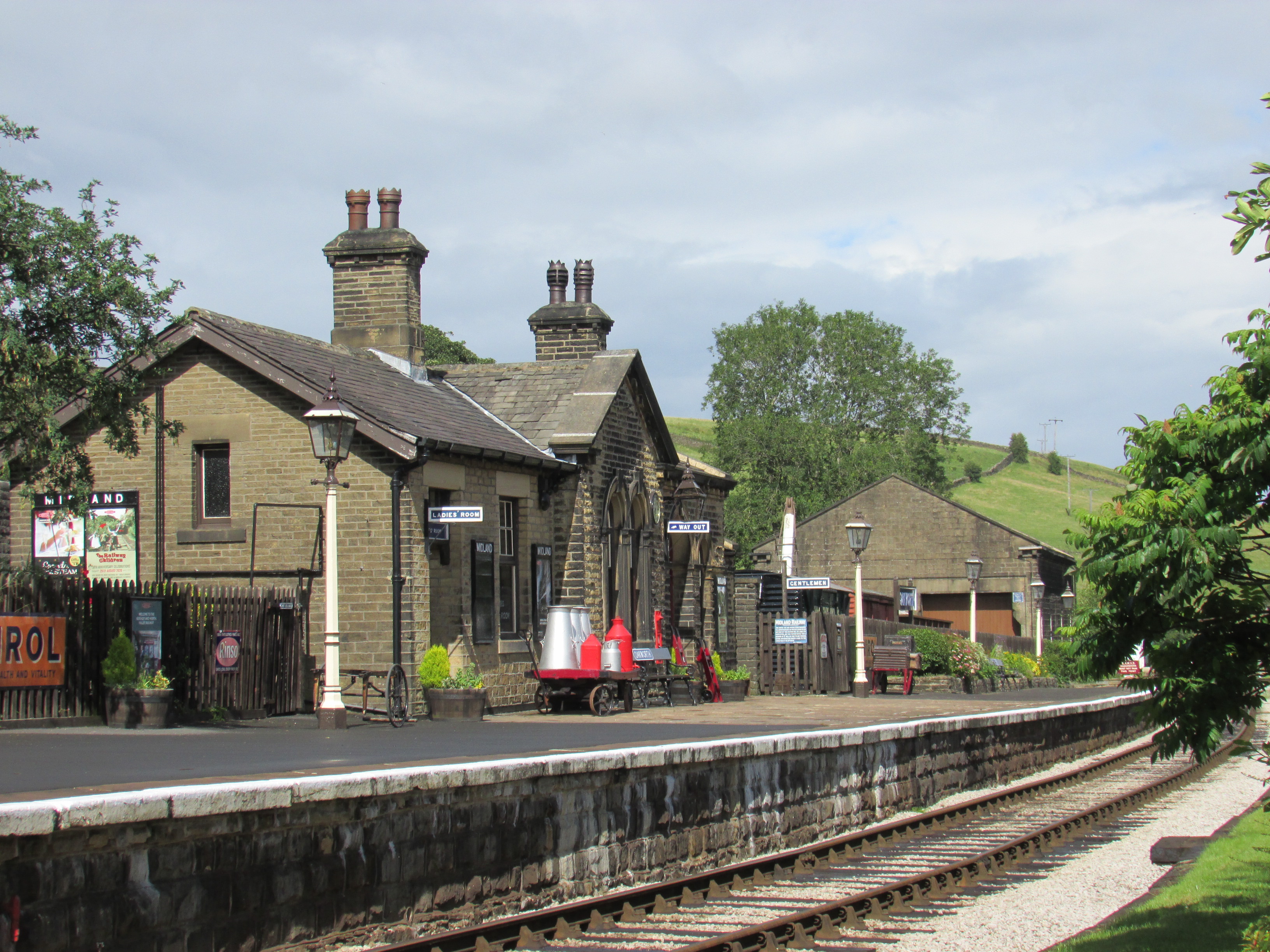
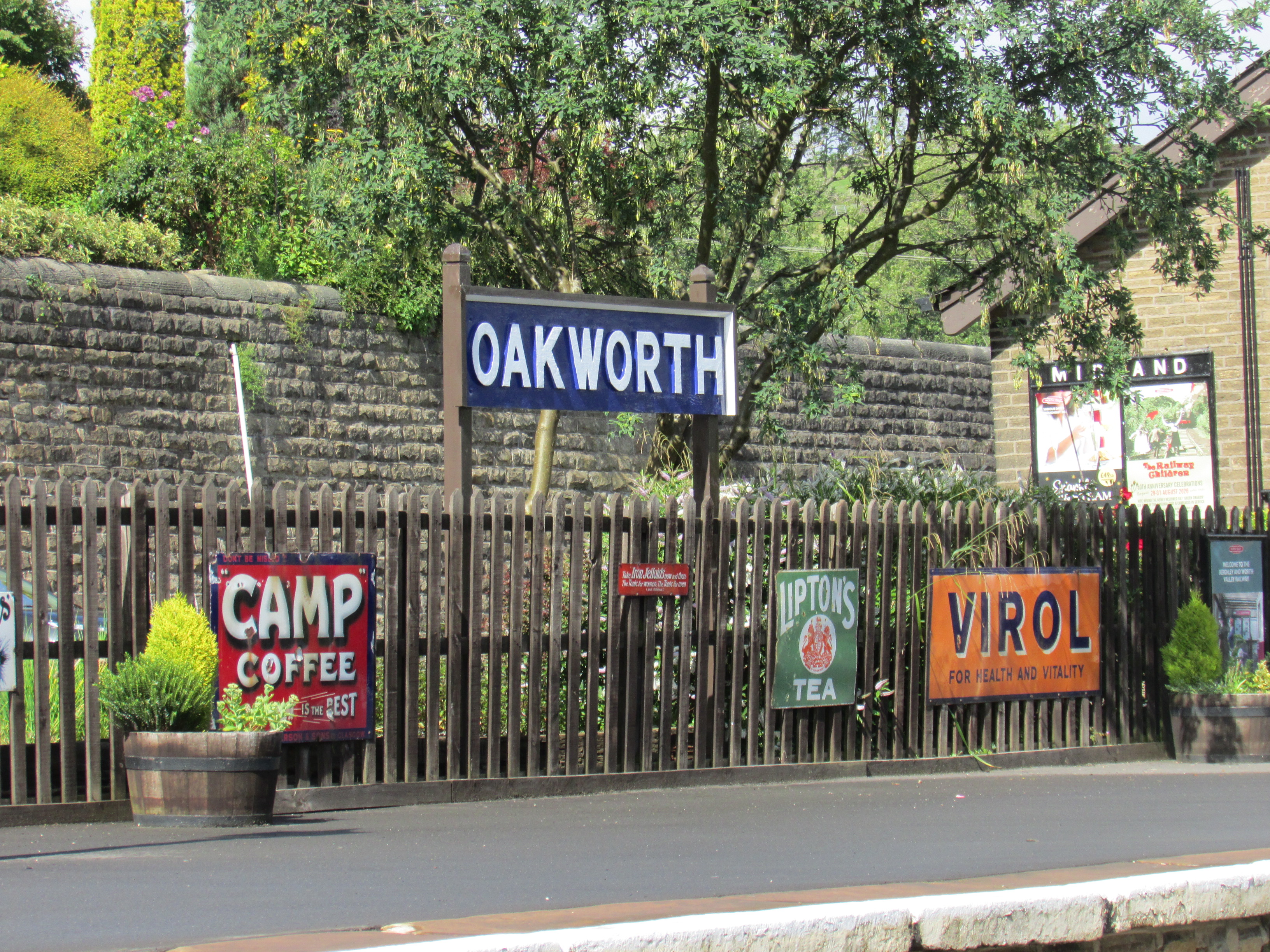
How many of you remember the iconic scene where Bobby rips
up her red flannel petticoat to warn the engine driver of the danger of a
landslide? Or her standing on the
station, swirled in smoke from the engine and watching her beloved daddy
suddenly emerge? I’m talking about that
wonderful childhood favourite film ‘The Railway Children.’ Made in 1970, it has
stood the test of time and still delights children to this day. This week, the sequel hits our cinema screens and I
can’t wait to be transported back in time to those wonderfully long hot days,
sweeping meadows and the sound of steam engines. A time when people helped each
other out, children had more freedom and the sunny weather seemed endless!
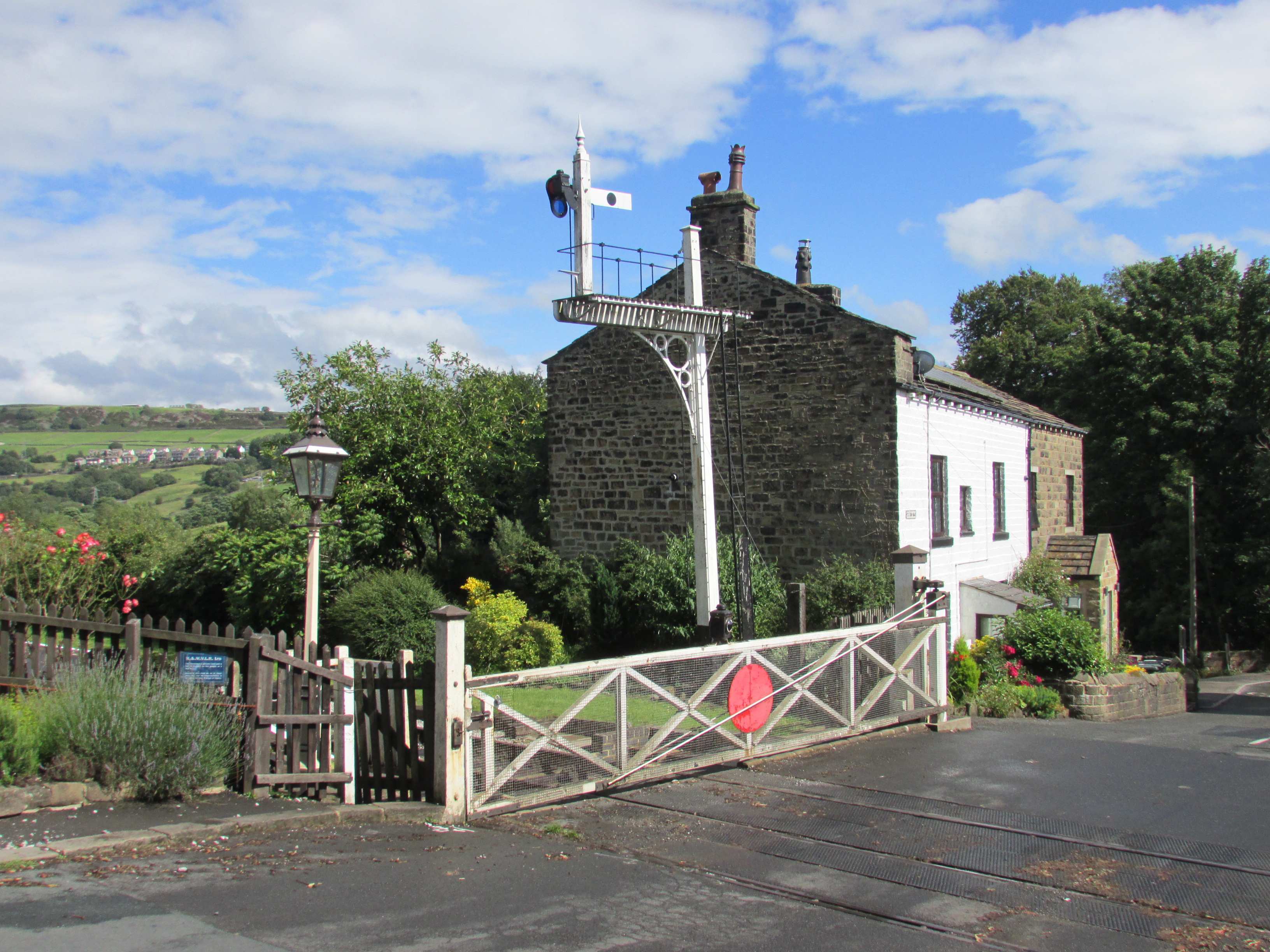
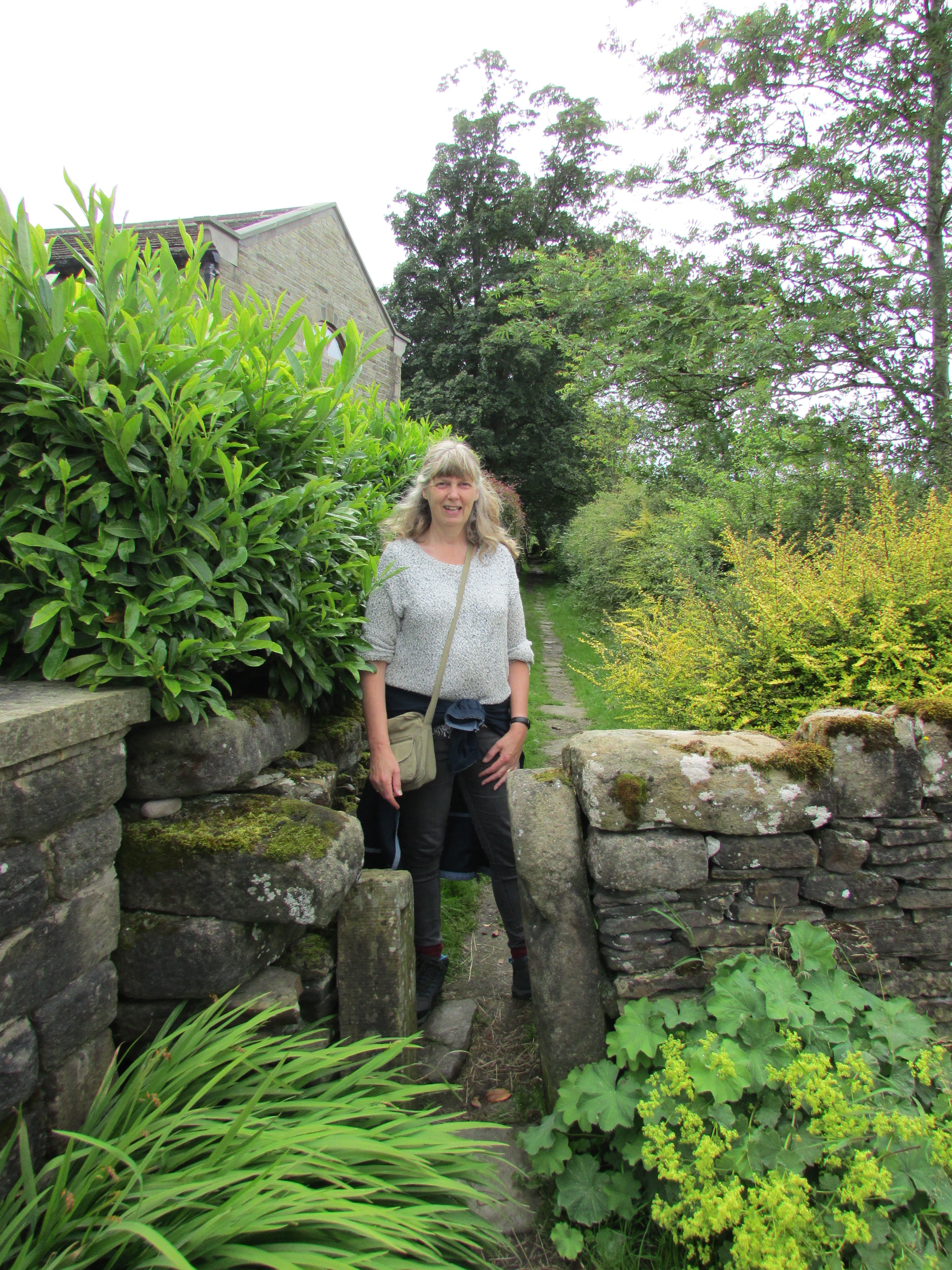
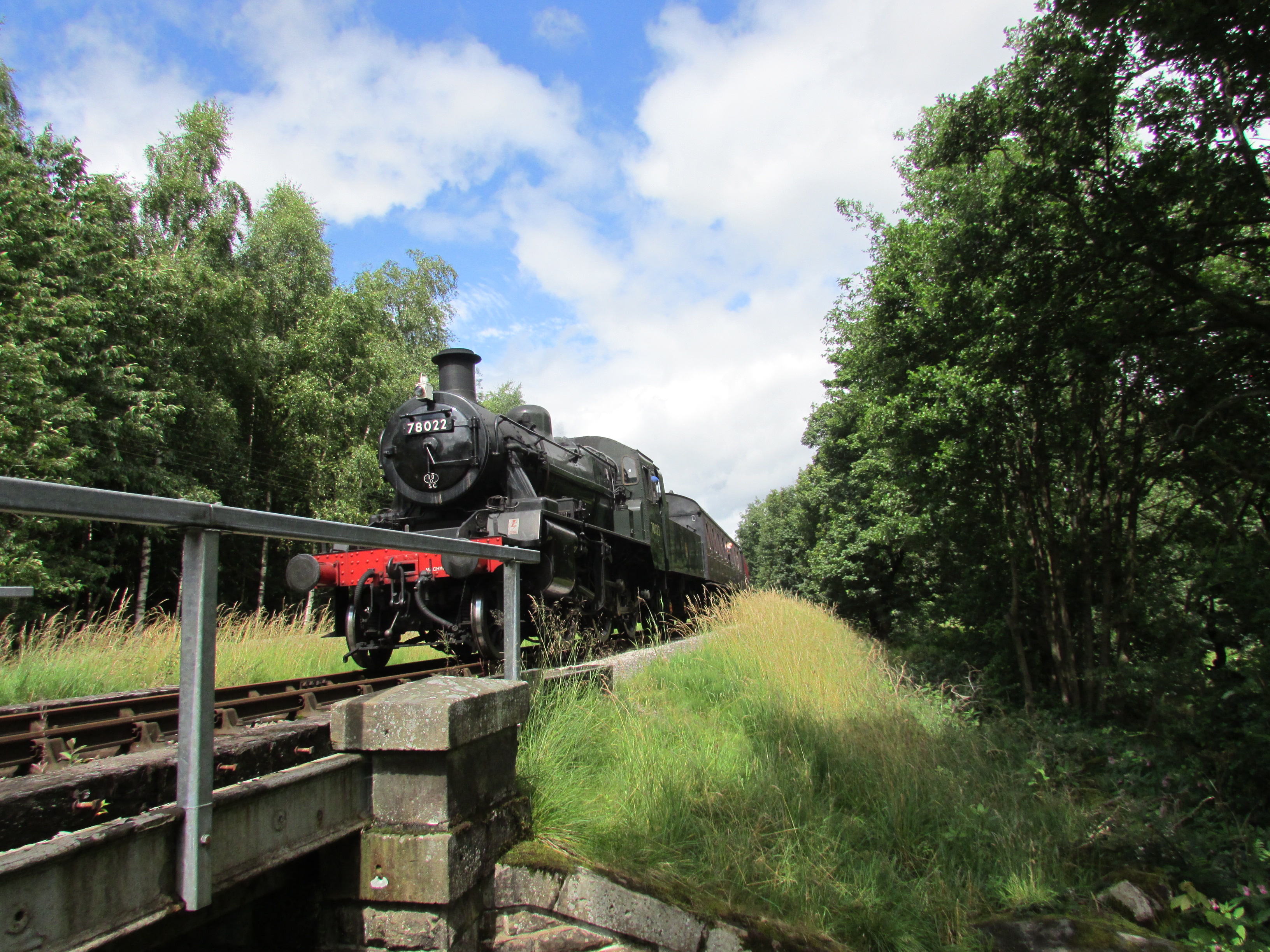
The Devil’s Porridge Museum
Stanfield, Annan Road, Eastriggs, Dumfries and Galloway DG12 6TF
Tel 01461 700021
info@devilsporridge.org.uk
www.devilsporridge.org.uk
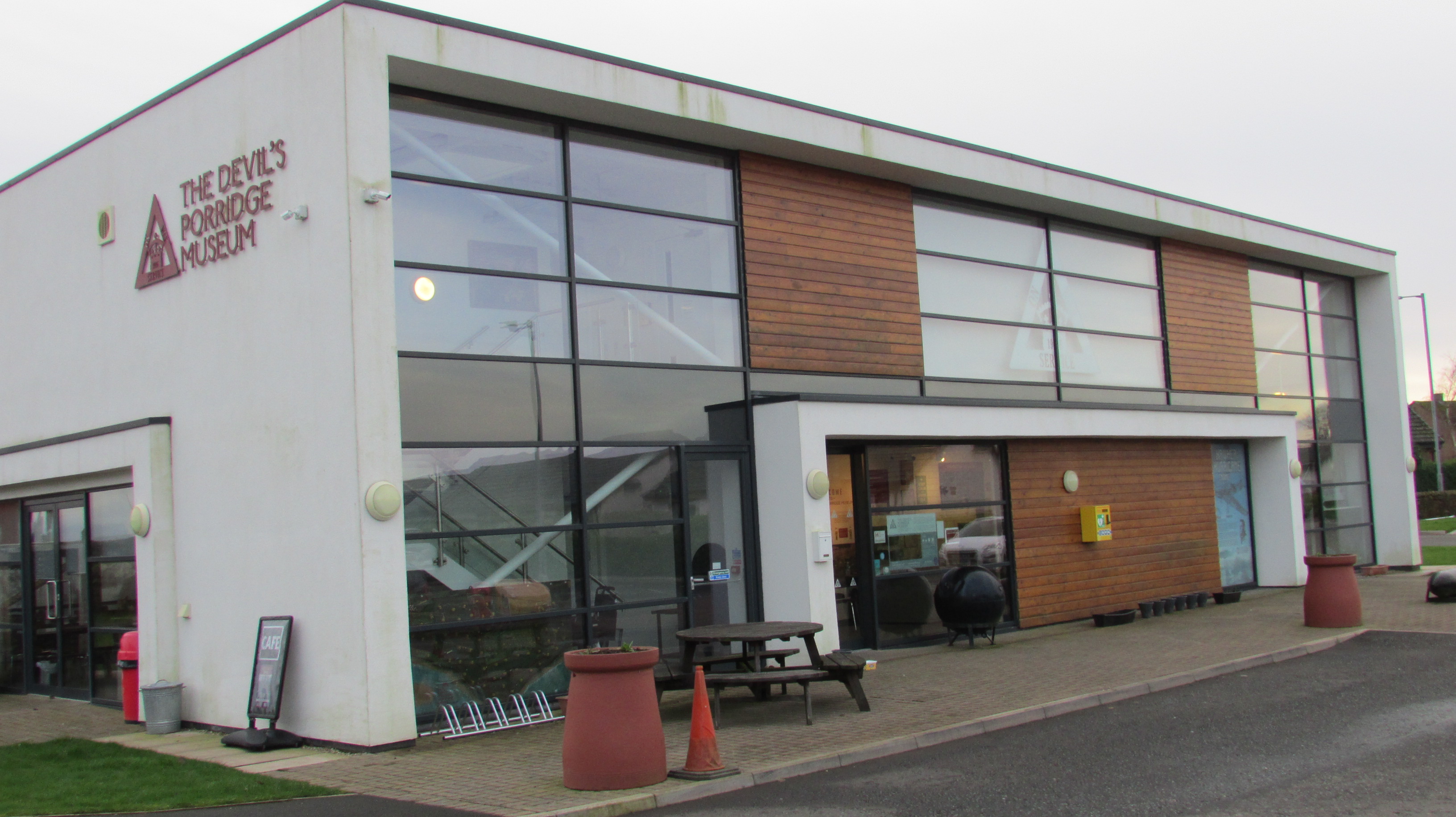
I’m heading up to the Scottish Borders for my exploring this
week and a fascinating museum that I heard of many years ago but had not been
able to visit. On a trip to Carlisle to visit my parents, we decided to cross
the border and spend a few hours at this site to discover what exactly
Devil’s porridge is!
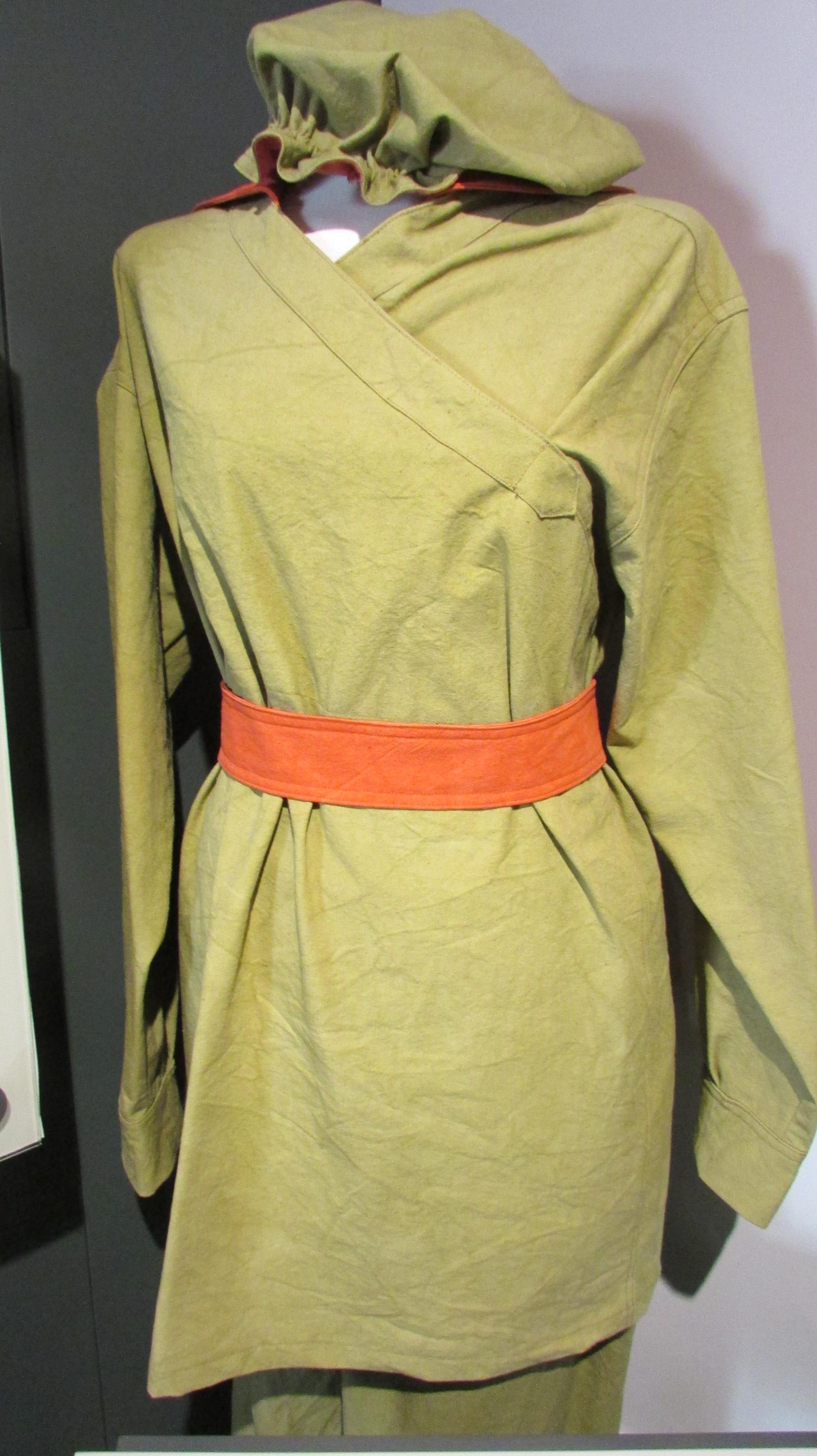
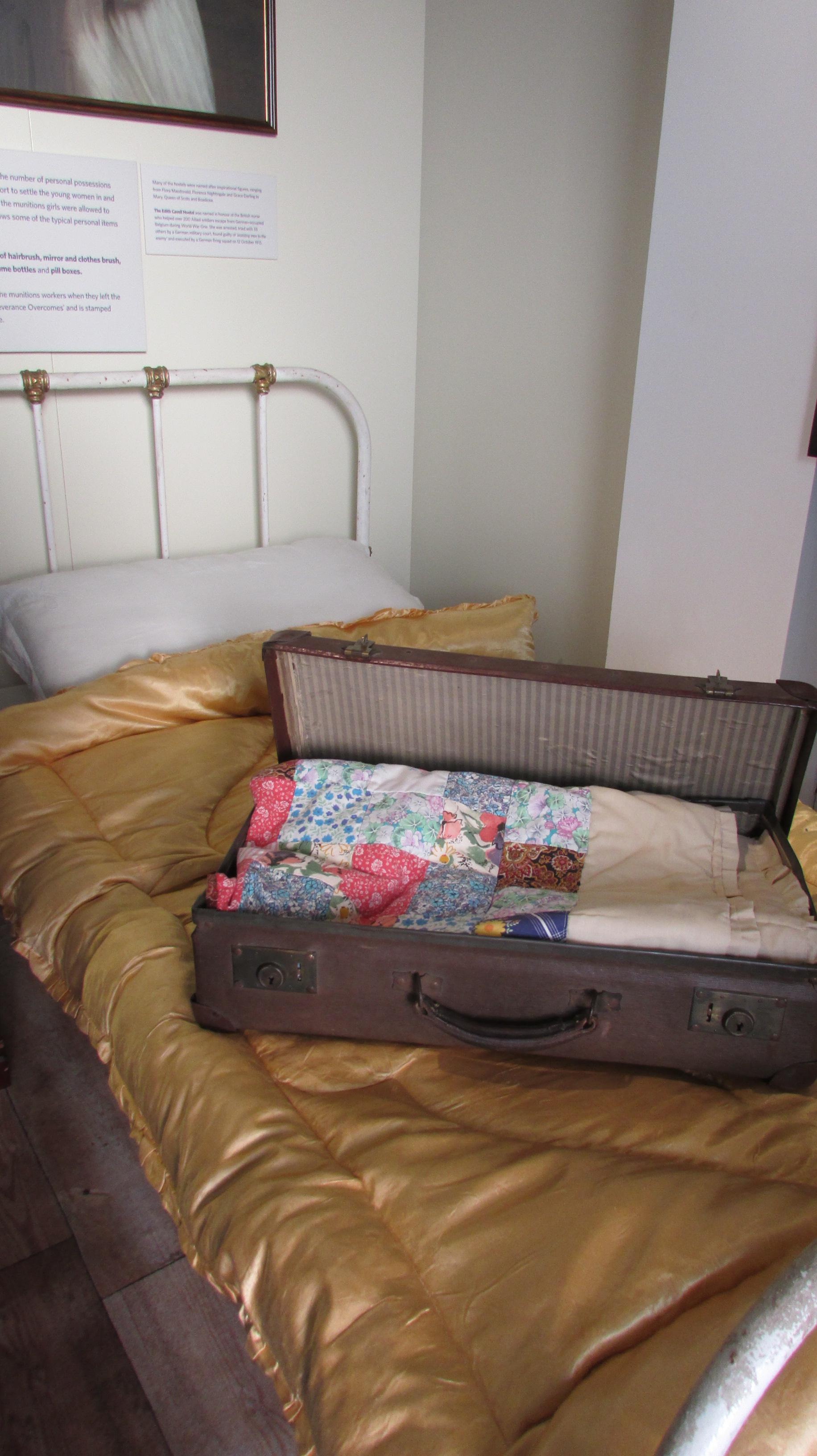
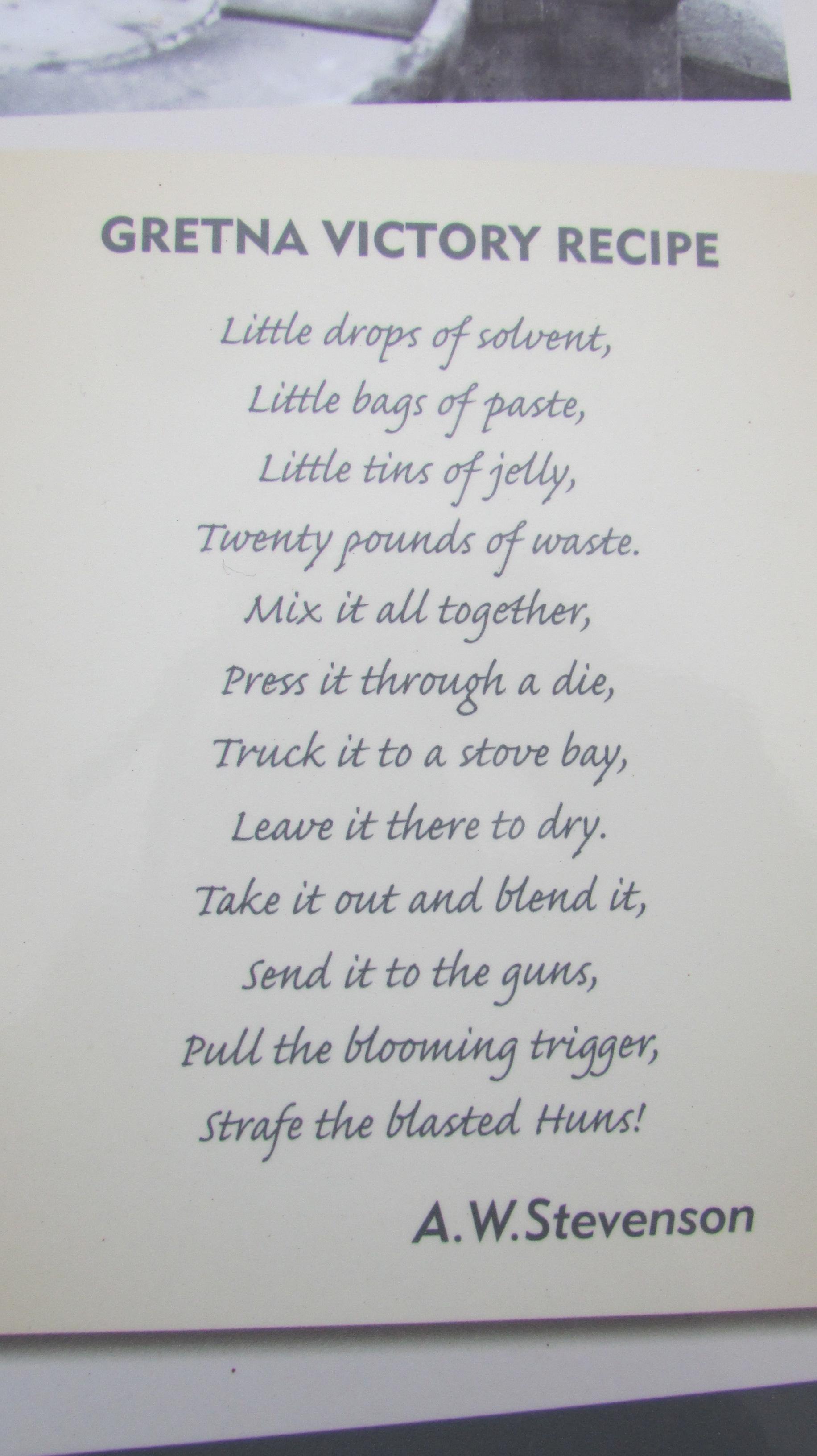
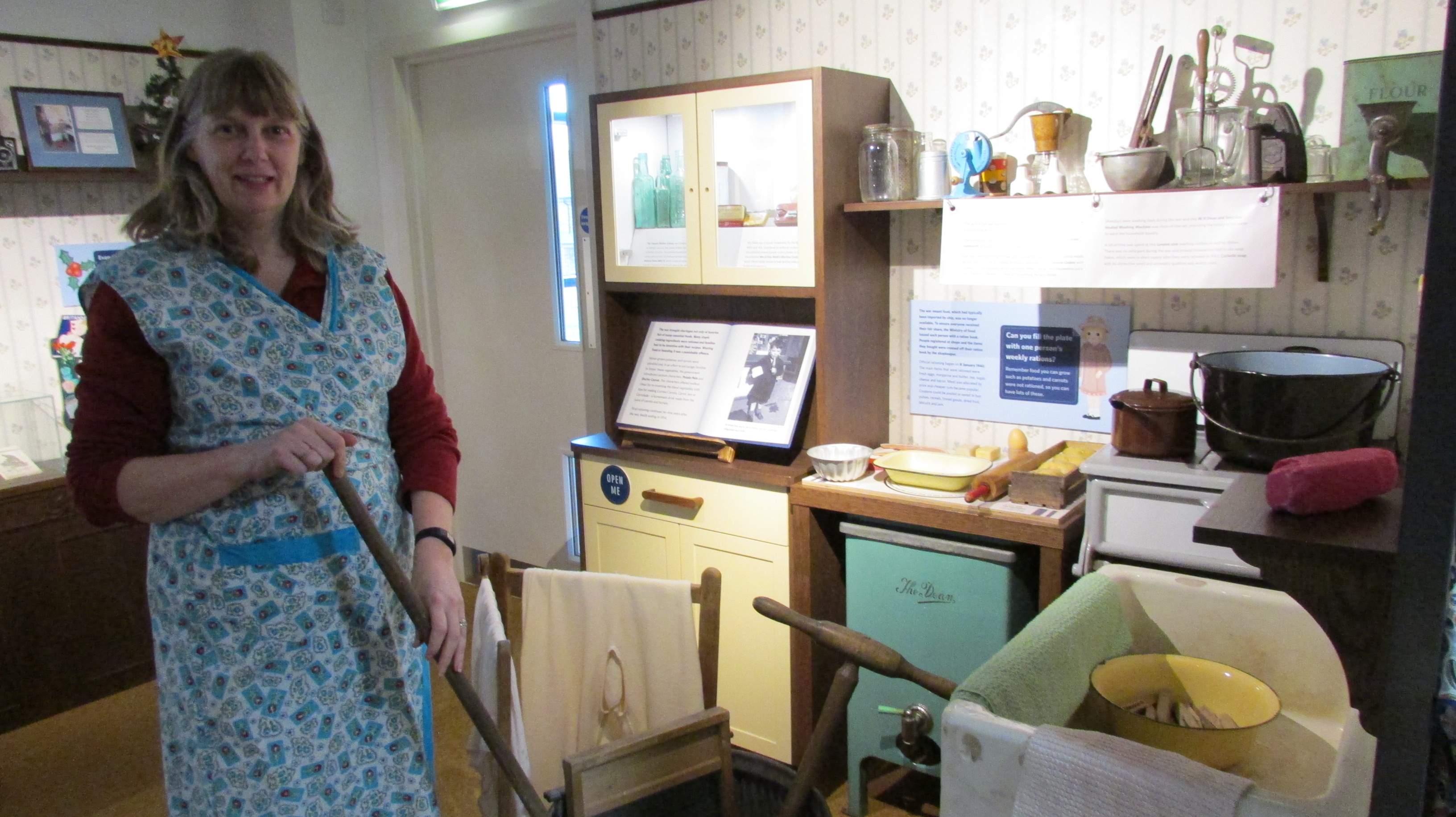
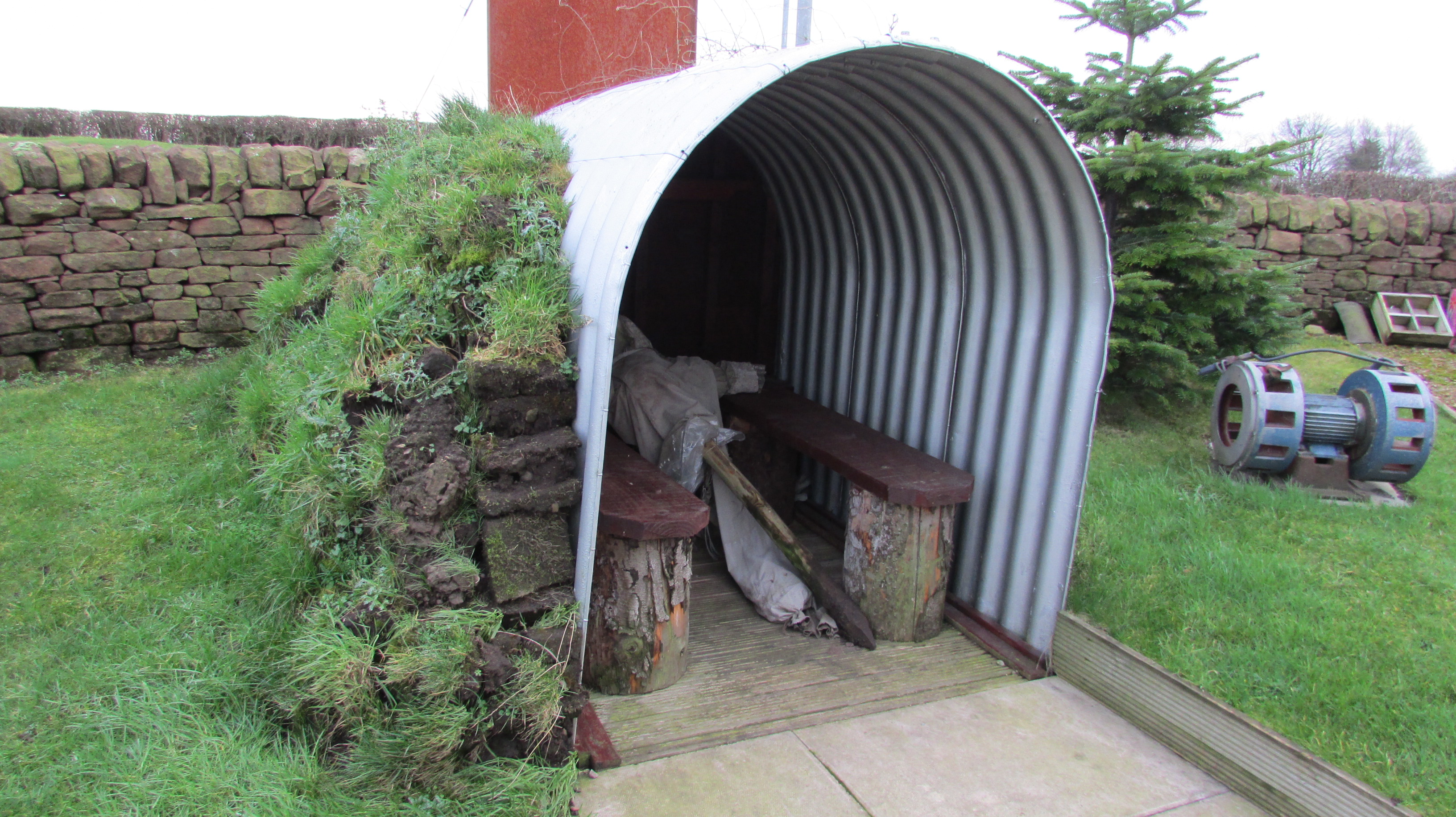
->
Breezy Knees Gardens
Common Lane, Warthill, York. YO19 5XS
www.breezyknees.co.uk
01904 488800
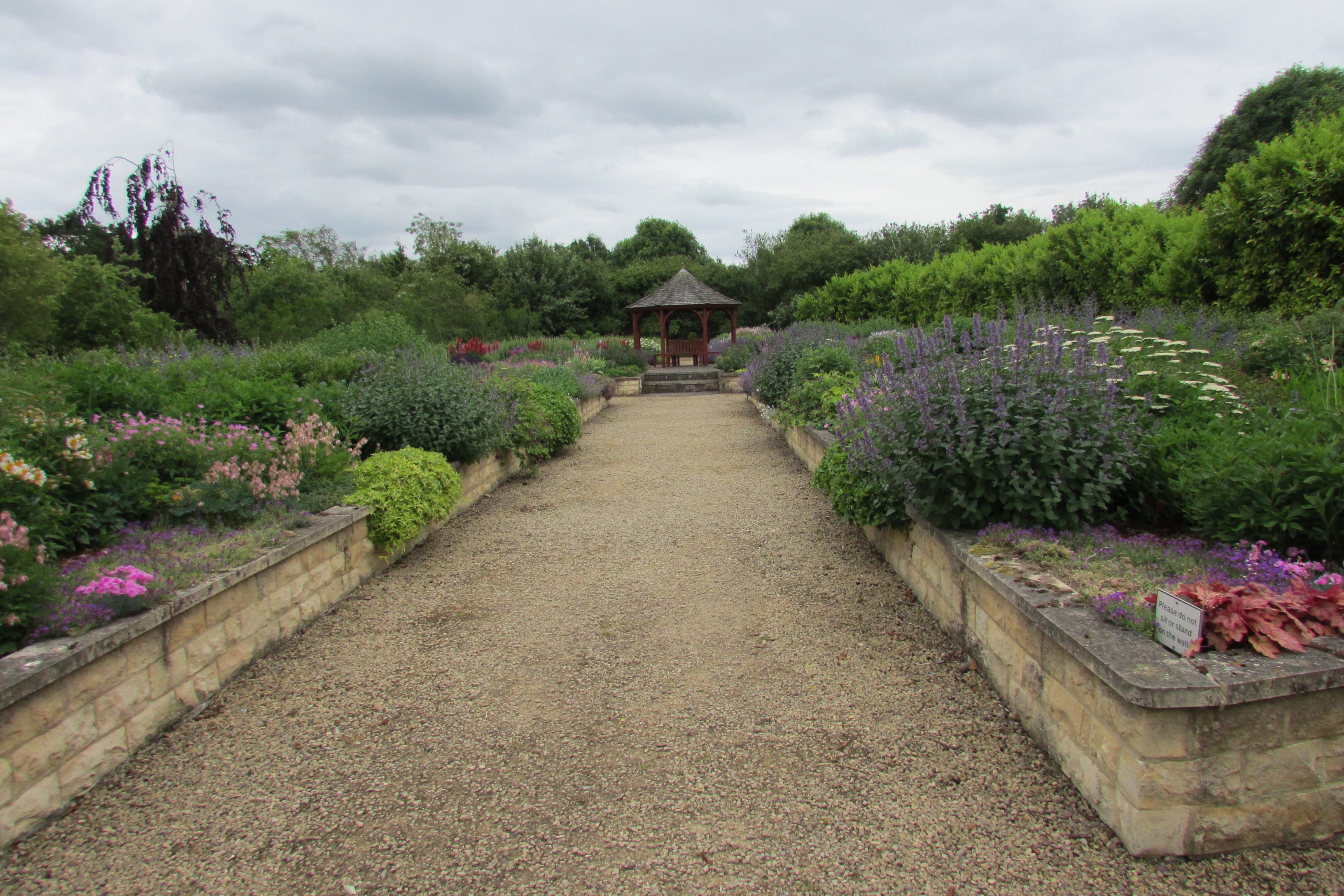
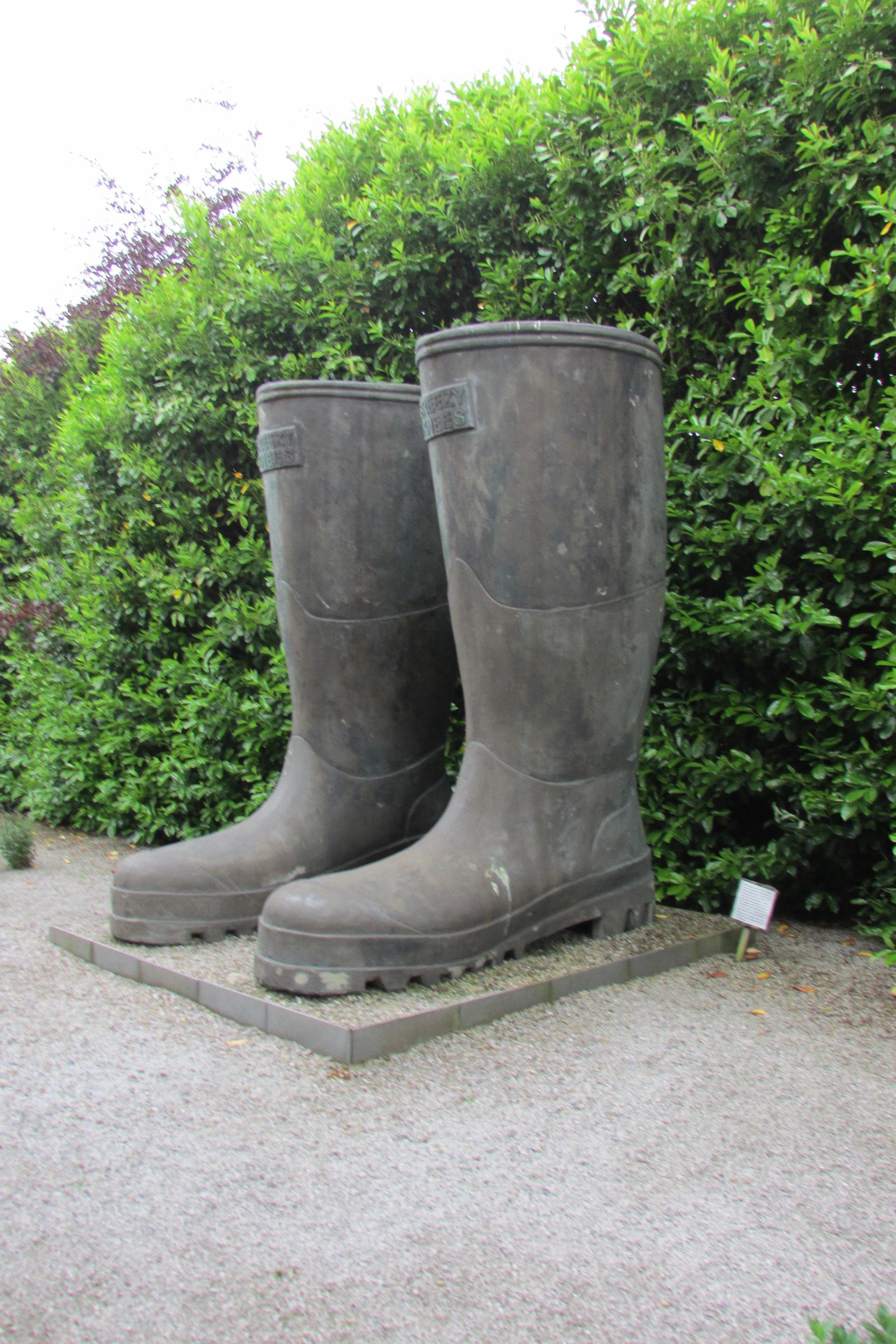
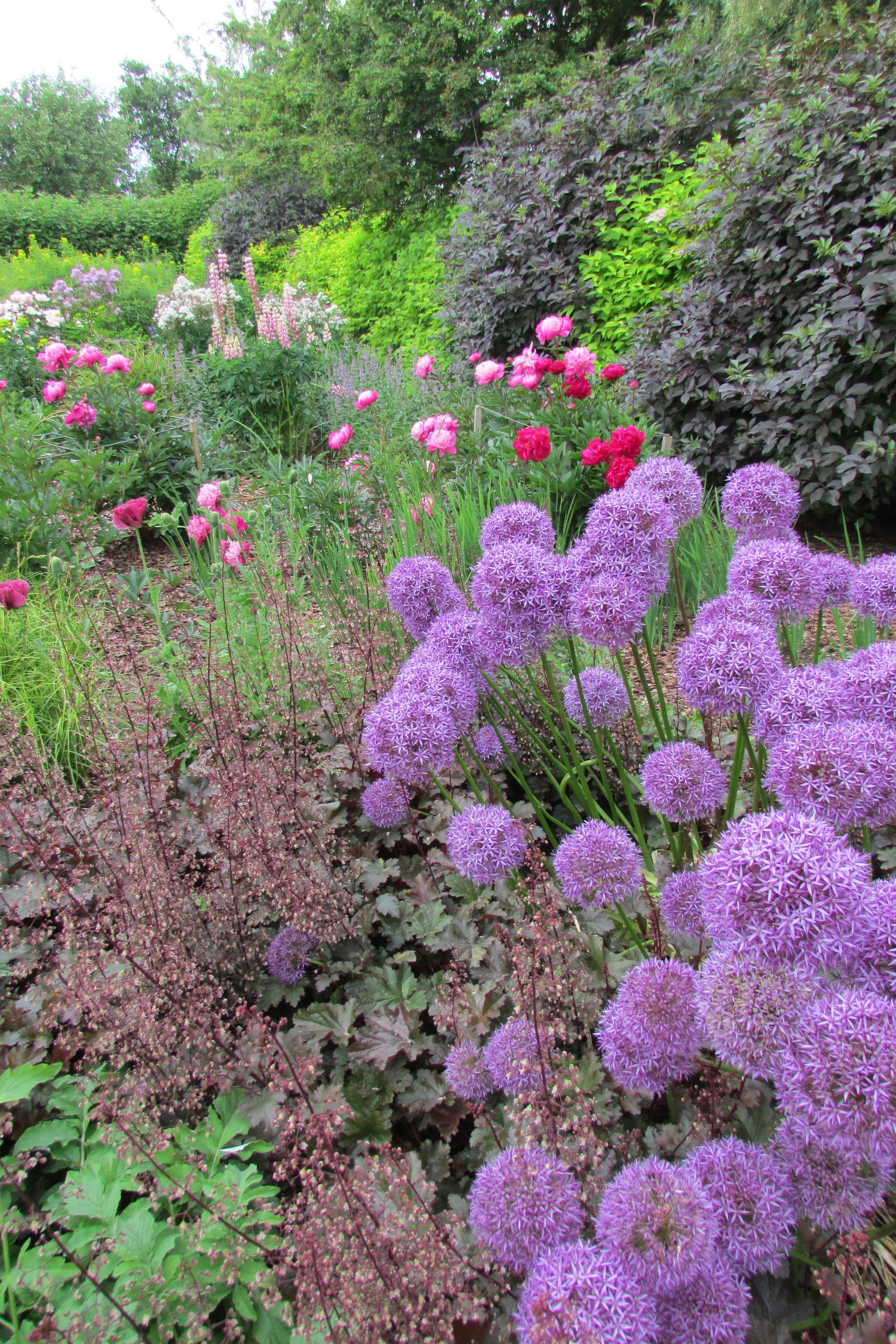
These were new gardens for me. I hadn’t heard of them
before, but the name definitely intrigued me! It wasn’t the best day to go and visit
weatherwise – despite being the middle of June, it was cold, cloudy and
threatening rain but none of this dampened our enthusiasm when we arrived at
Breezy Knees, described by Monty Don as ‘a beautiful modern garden created on
the grandest possible scale.’

-->
The Black Country Living Museum
Tipton Road, Dudley, DY1 4SQ
www.bclm.com
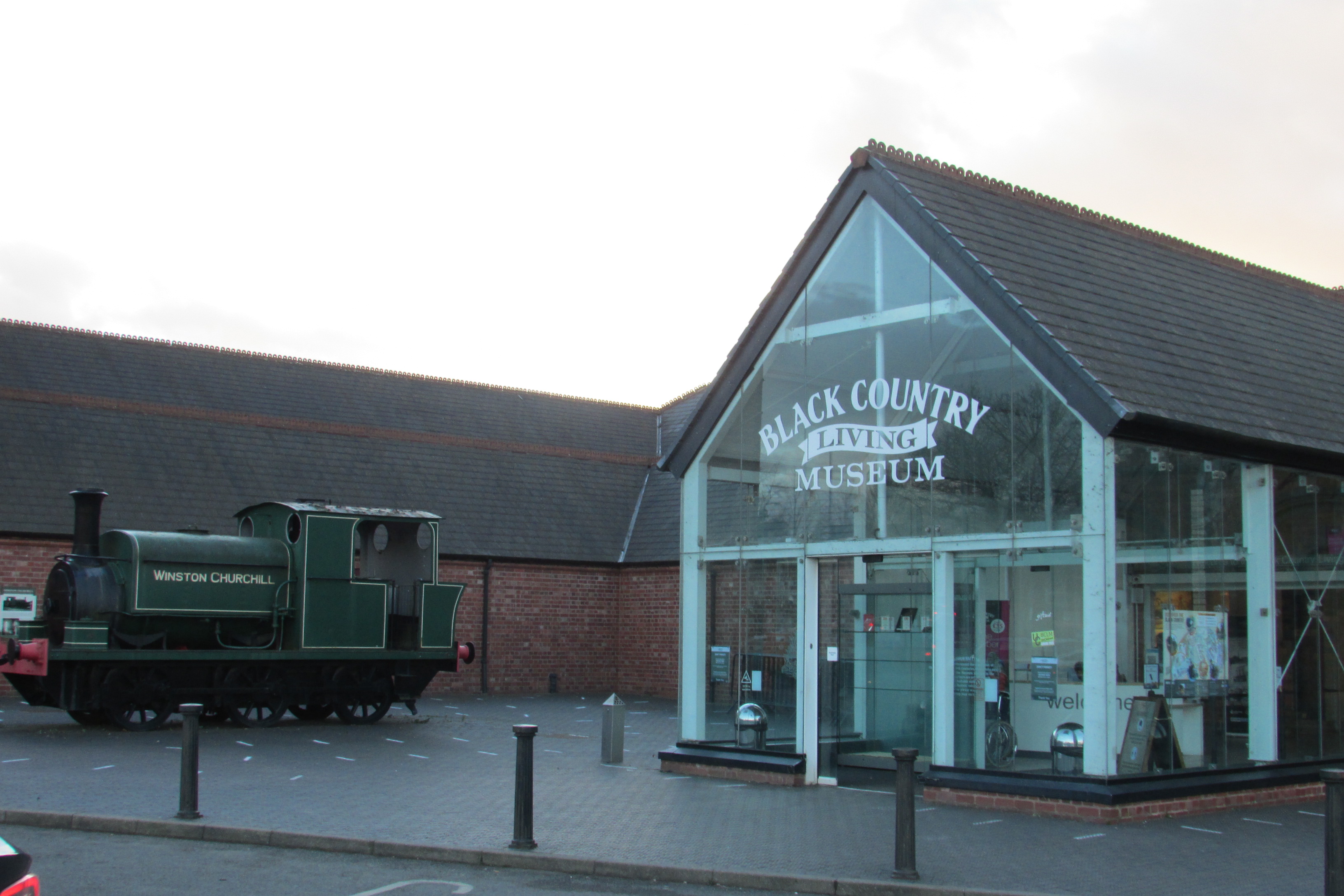
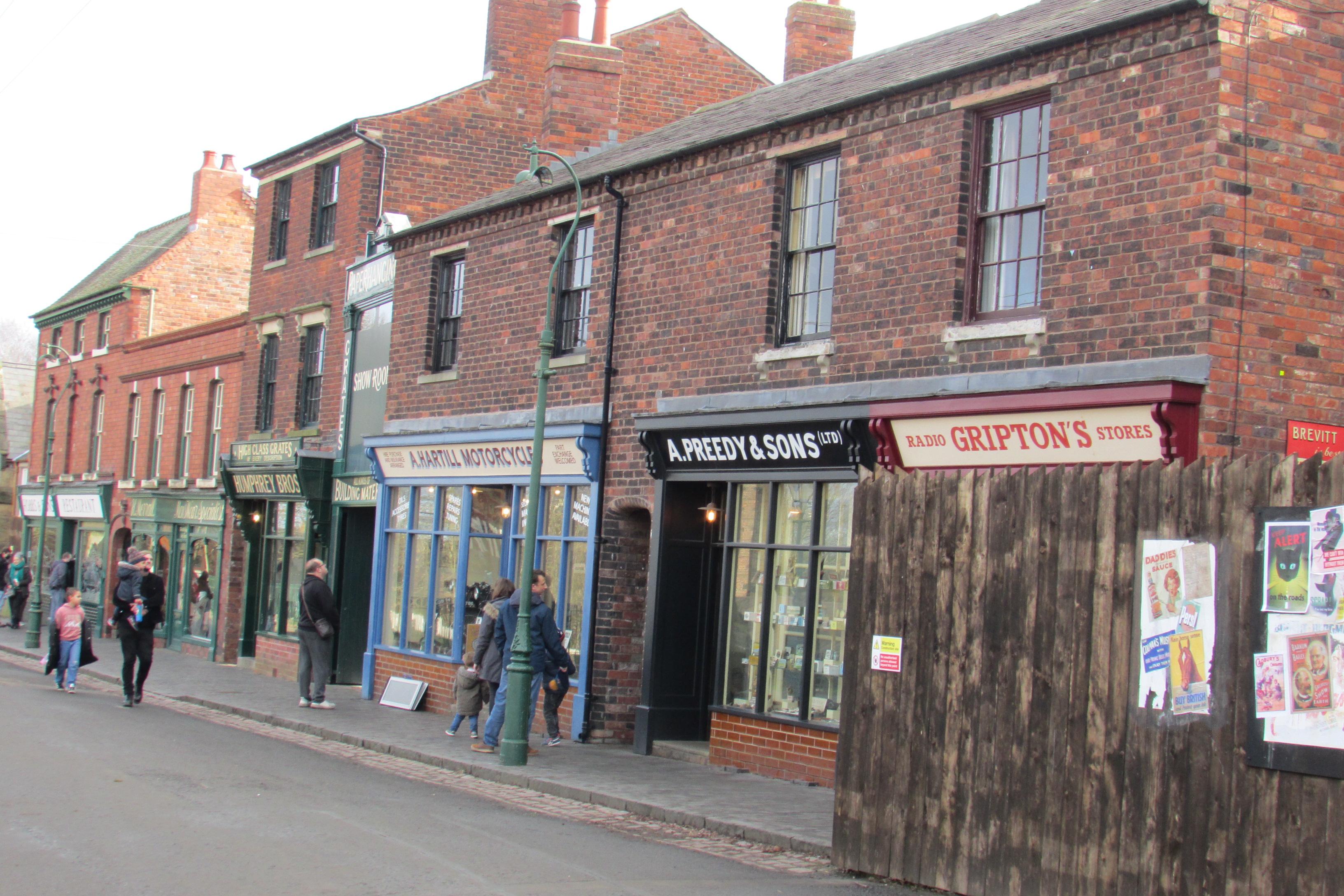
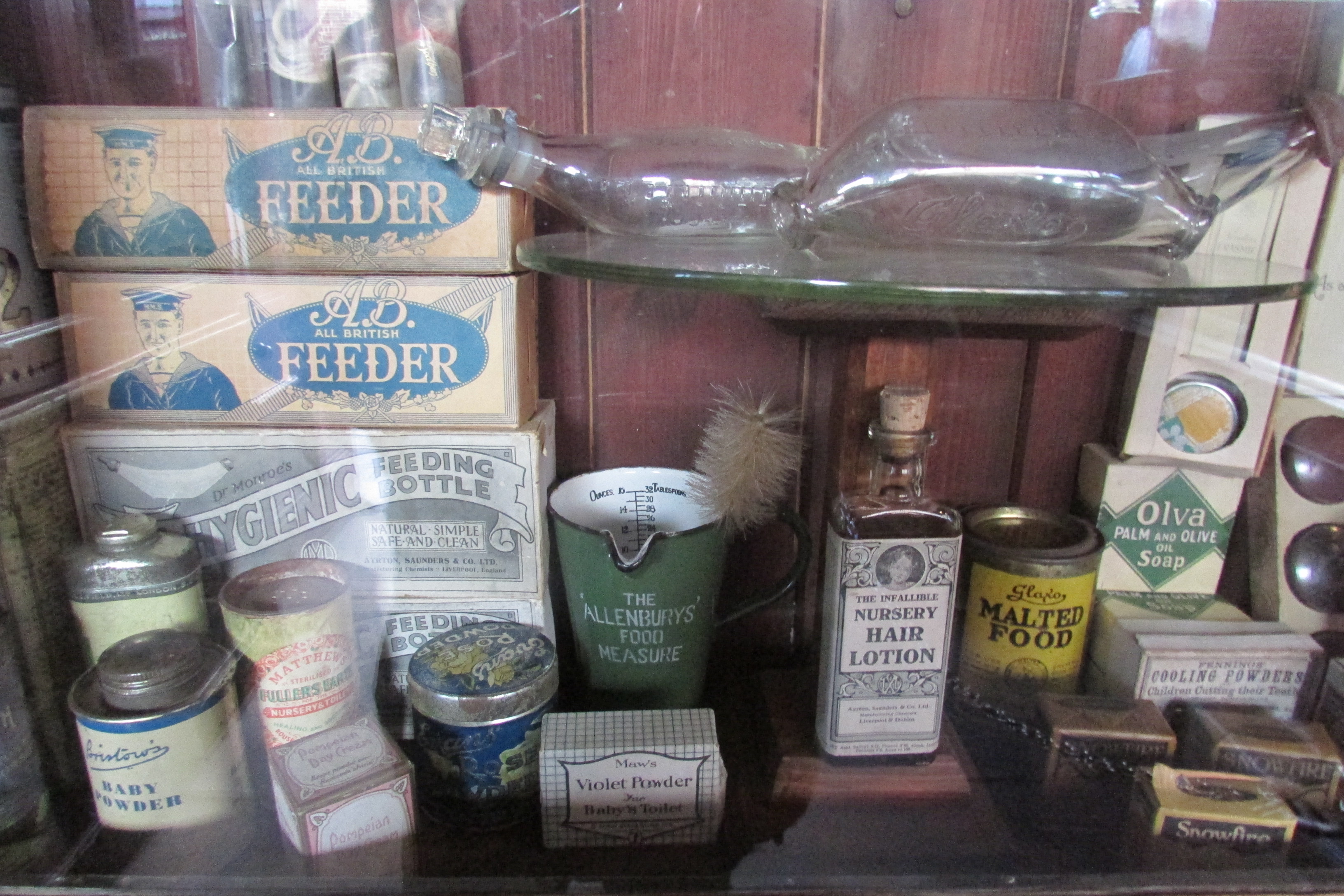
I’ve travelled further afield this time around to the
fabulous Black Country Living Museum. If
you love social history this is the place for you. It is along the same lines as
Beamish and Blists Hill and is an open air museum consisting of rebuilt
historic buildings. Set in the centre of the Black Country, 10 miles west of
Birmingham, it is built on 26 acres of former industrial land. There is
evidence of a former railway goods yard, disused lime kilns, a canal arm and
former coal pits.

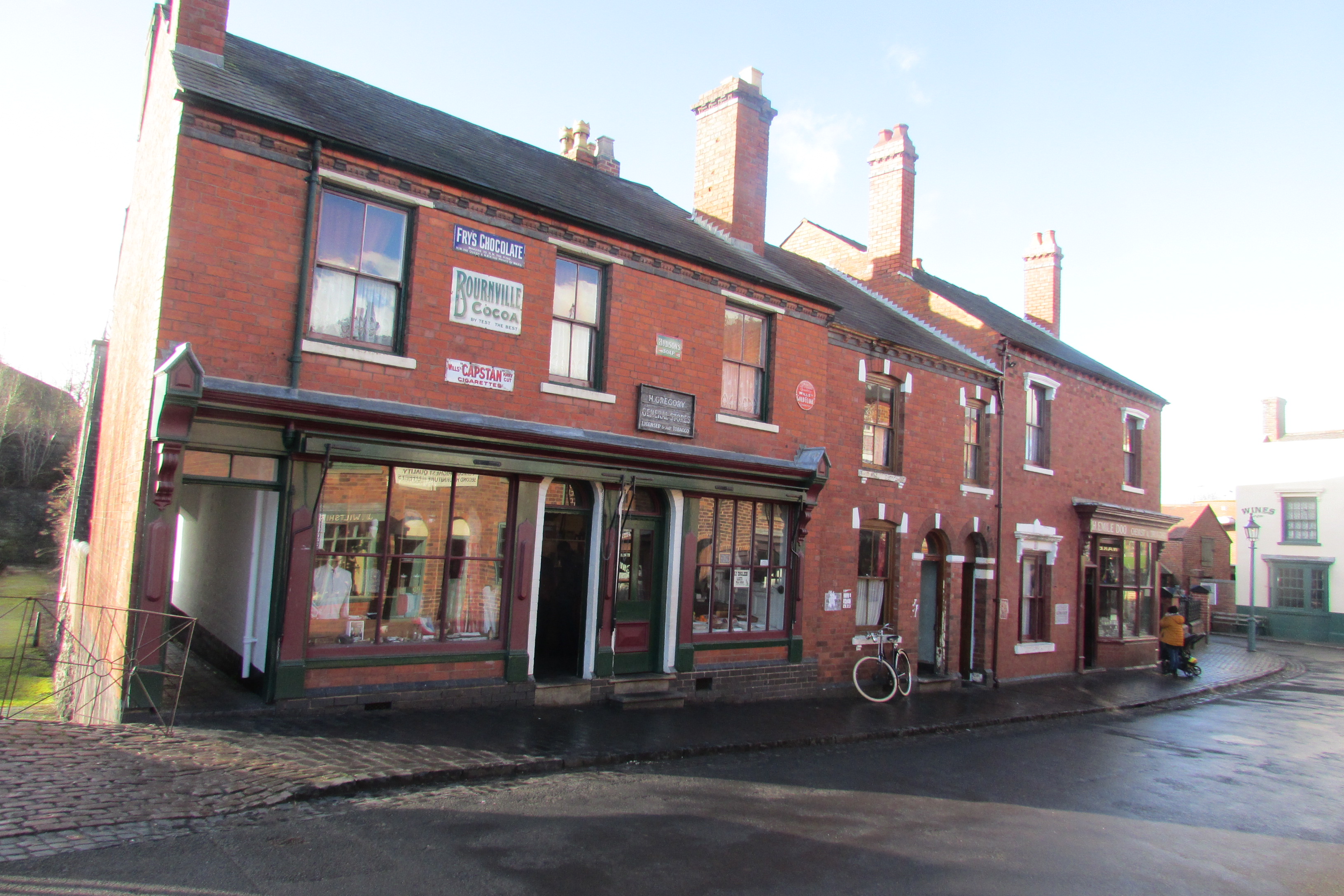
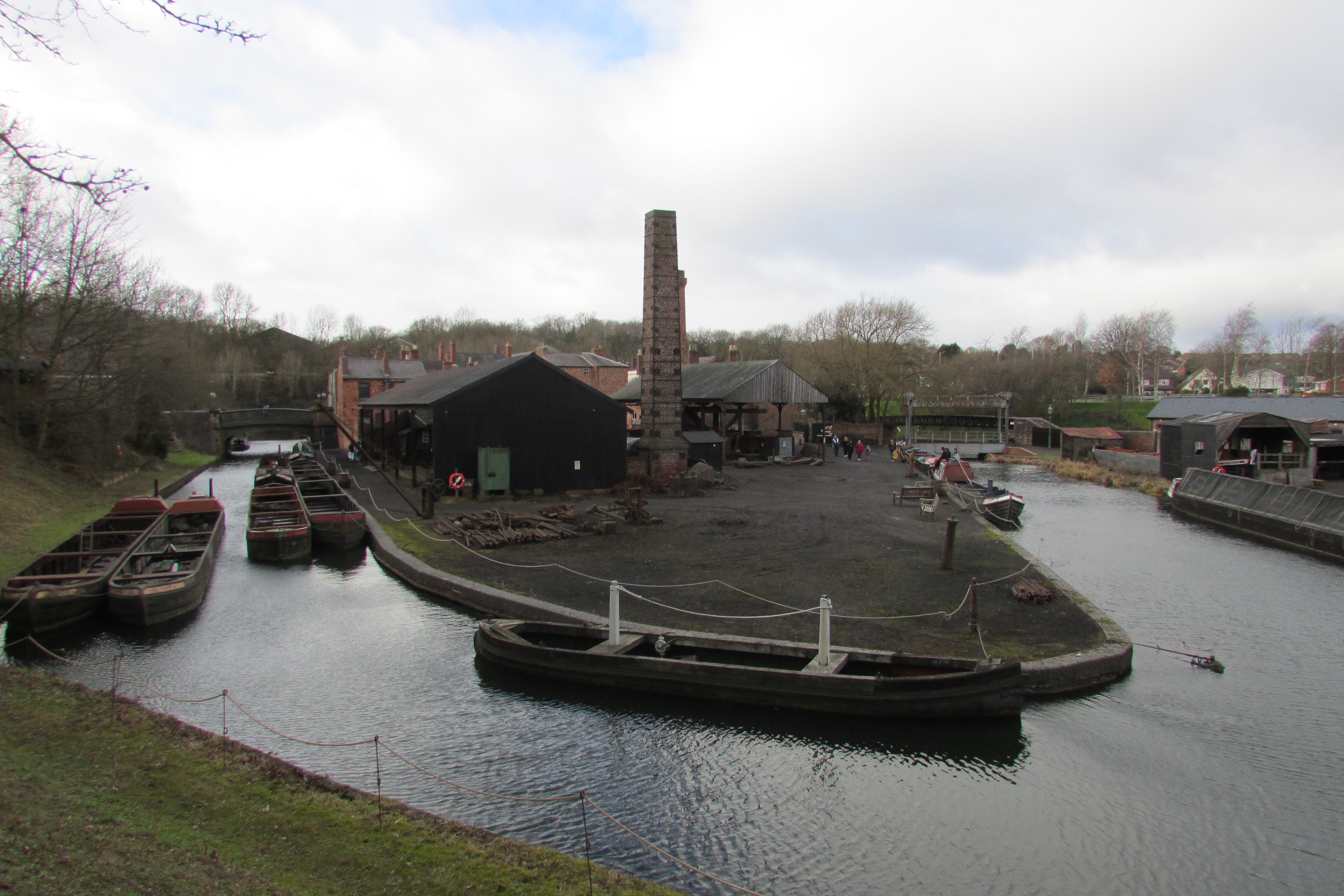
Knaresborough Town Windows Trail
www.renaissanceknaresborough.co.uk
Trail maps are available from the Tourist Information Centre located in the Courthouse Museum building, within the castle yard, close to the 12th century castle ruins.
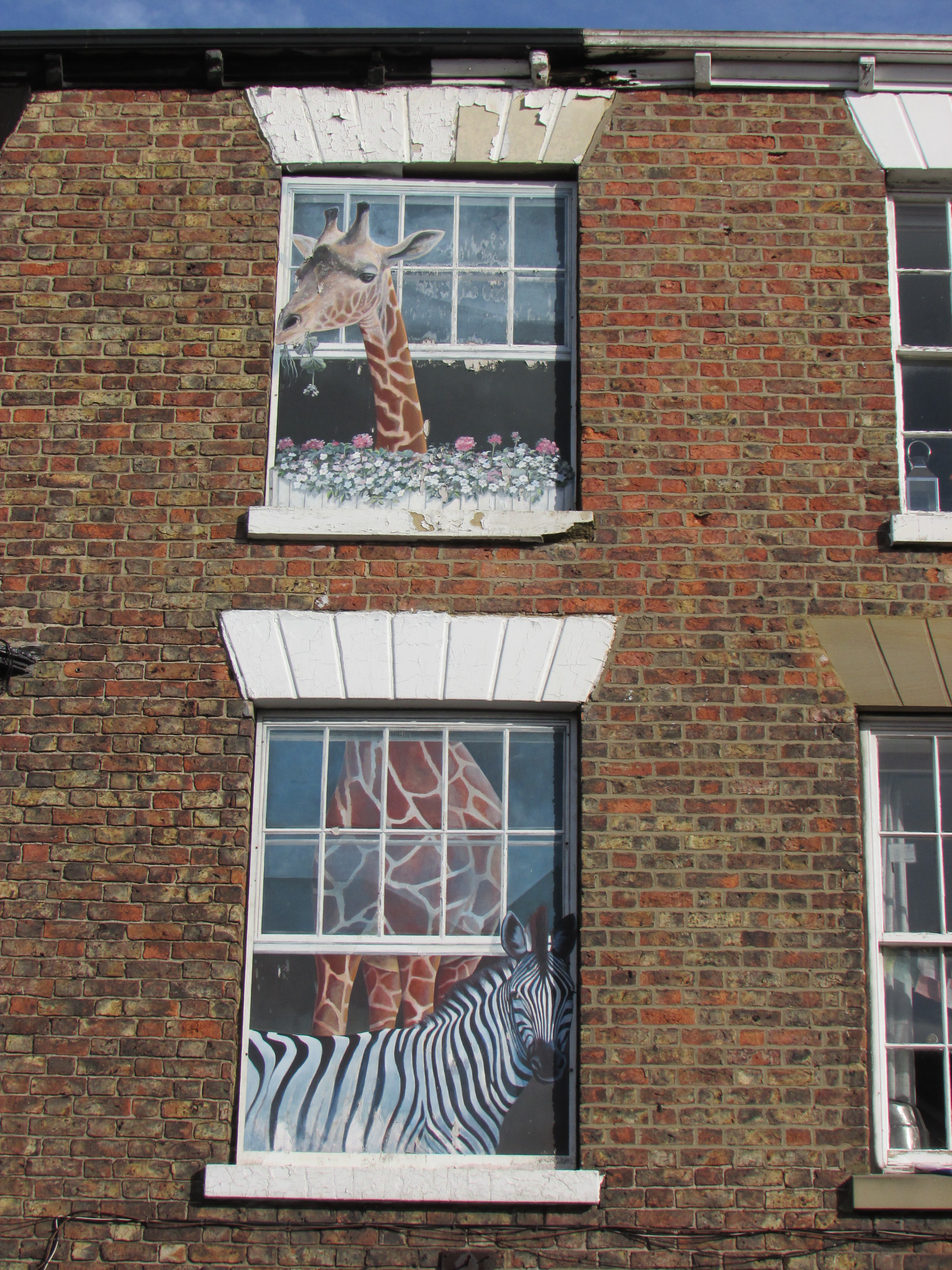
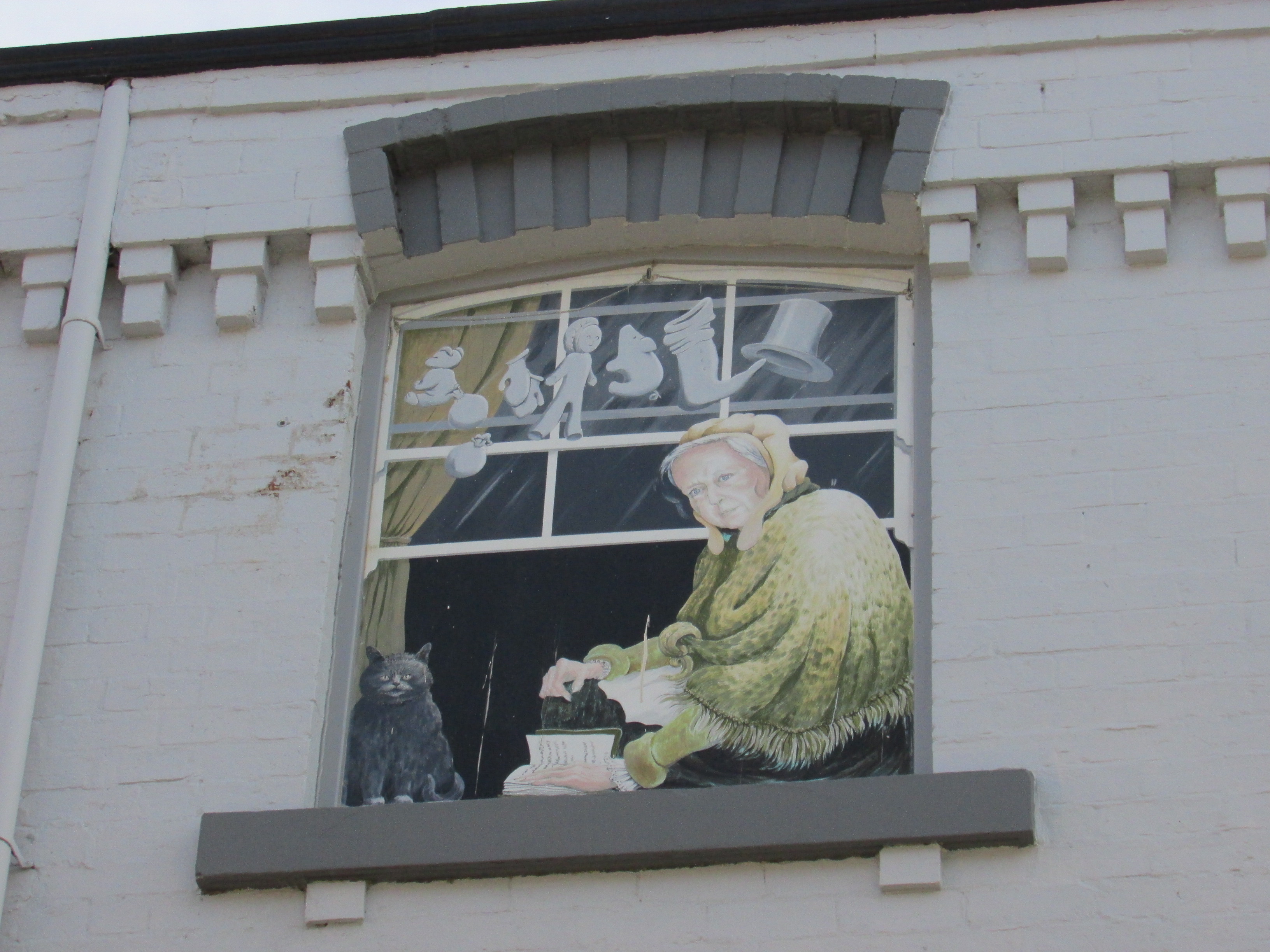
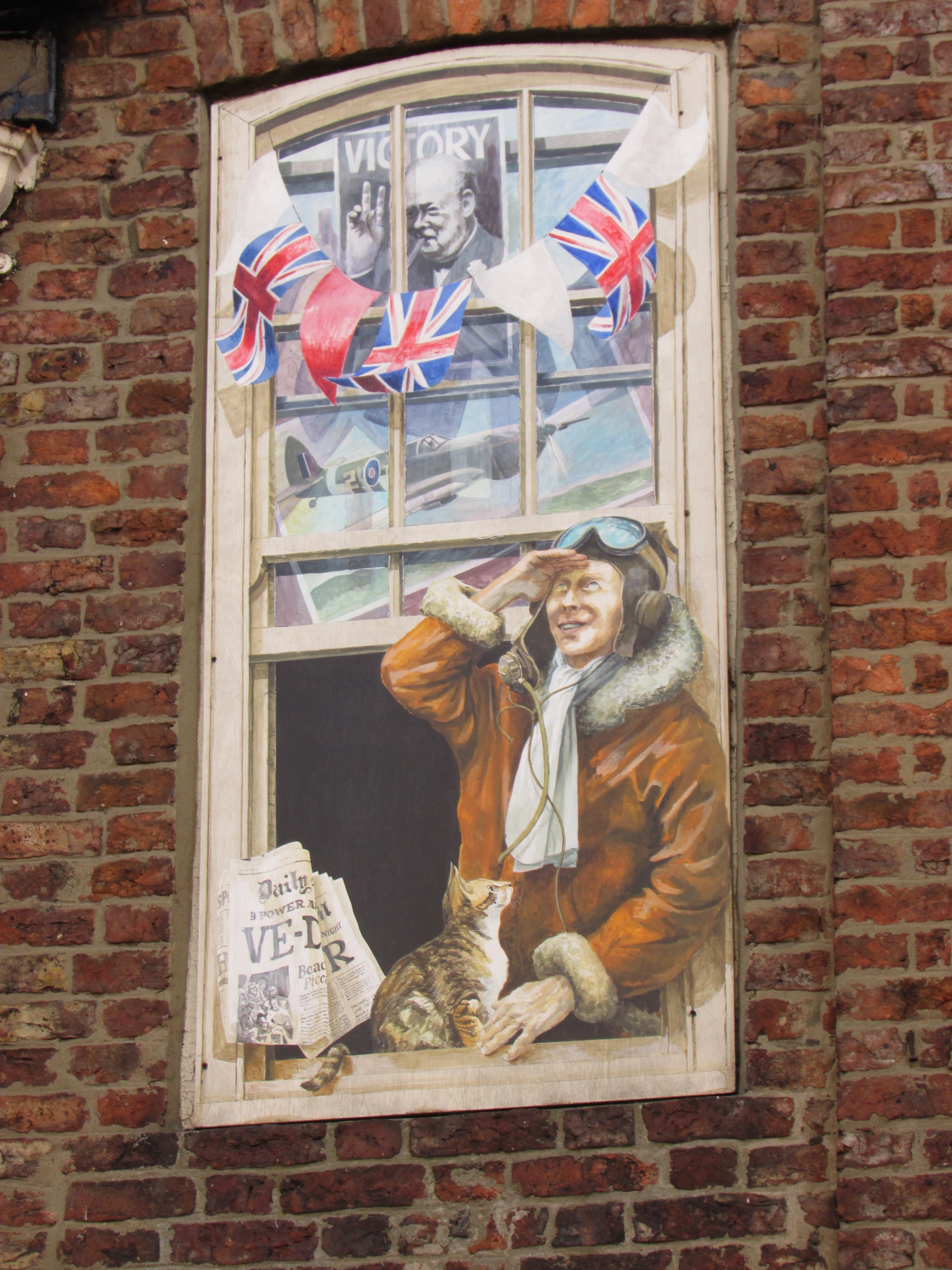
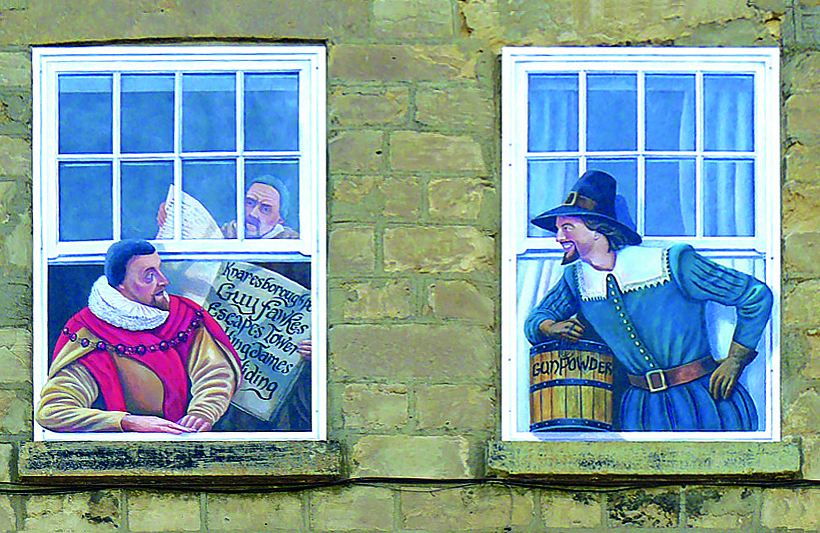
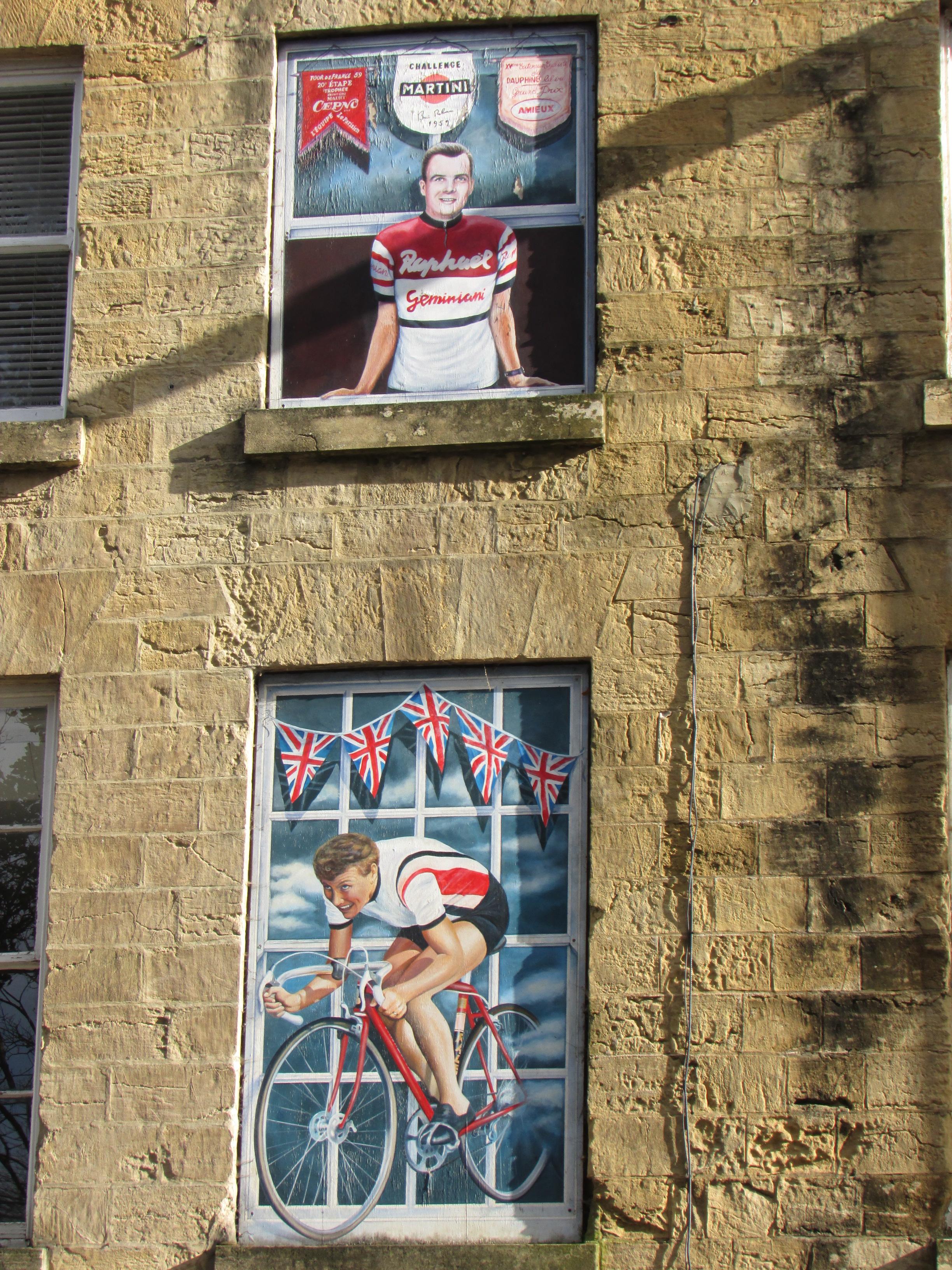
The Museum of Lincolnshire Life
Burton Road, Lincoln, LN1 3LY
www.lincolnshire.gov.uk/museumoflincolnshirelife
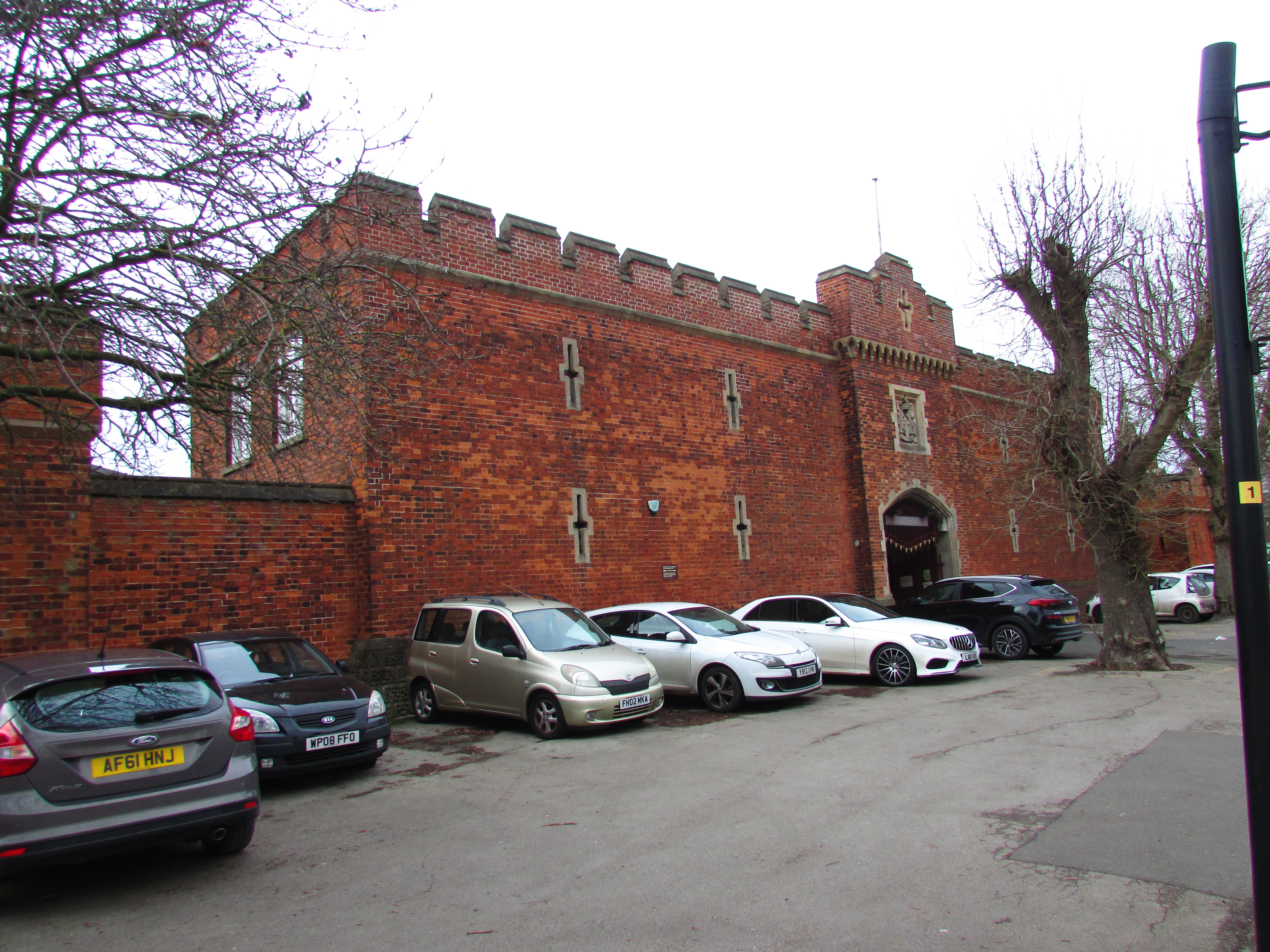
I have travelled slightly further this time to a gem of a
museum within walking distance of Lincoln Cathedral and Castle. Despite living
in Lincoln for three years I had never visited this particular museum and
wasn’t sure what to expect. In reality, the visit far exceeded my expectations!
The Museum is housed in Victorian barracks built for the
Royal North Lincoln Militia in 1857. It
is now a grade 2 listed building and a fabulous example of Victorian military
architecture. The barracks were mainly used for disciplinary training,
administration and recruitment. It is now a museum of social history that
celebrates the culture of Lincolnshire and its people from 1750 to the present
day, run by a friendly group of volunteers.
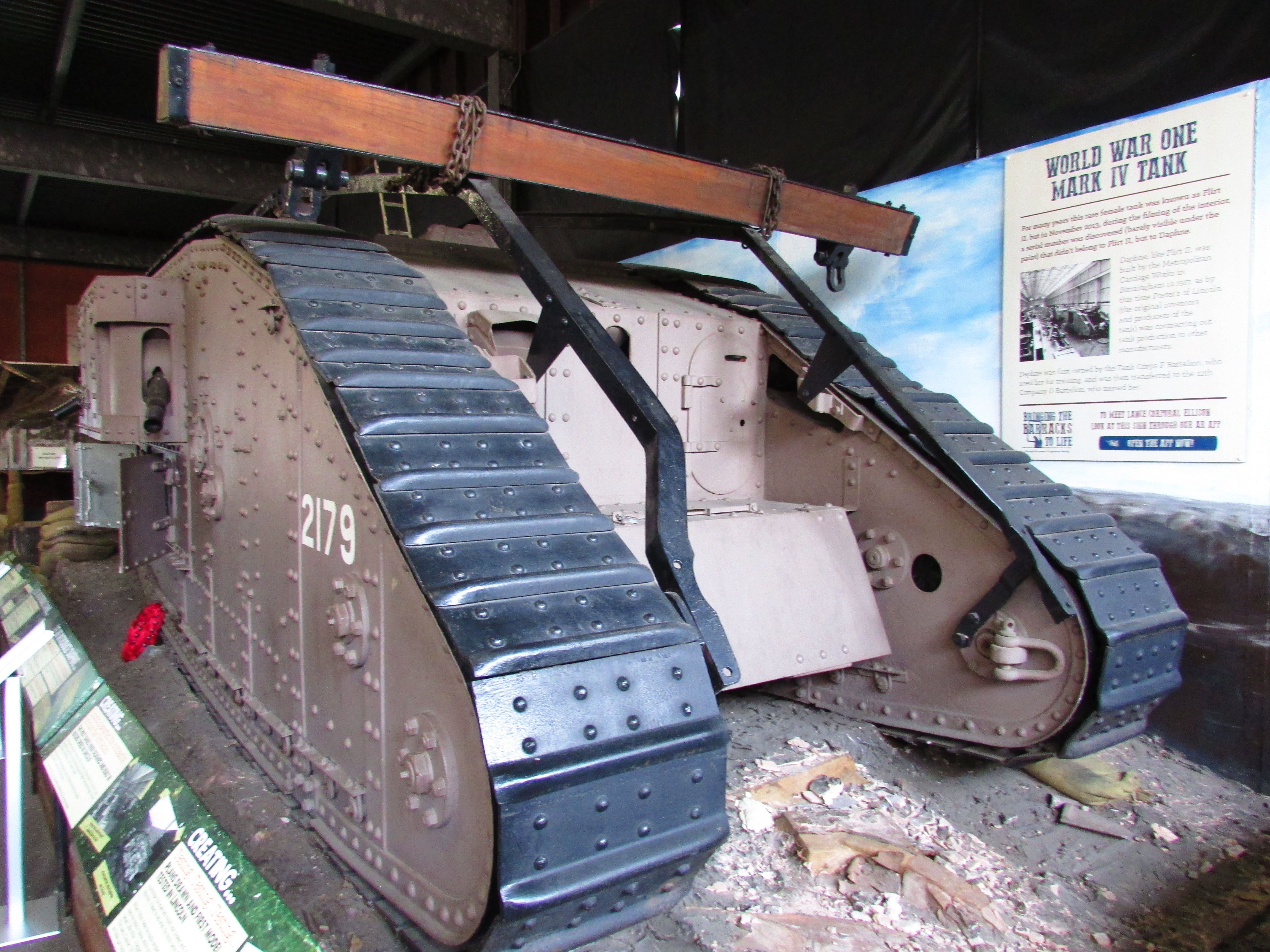
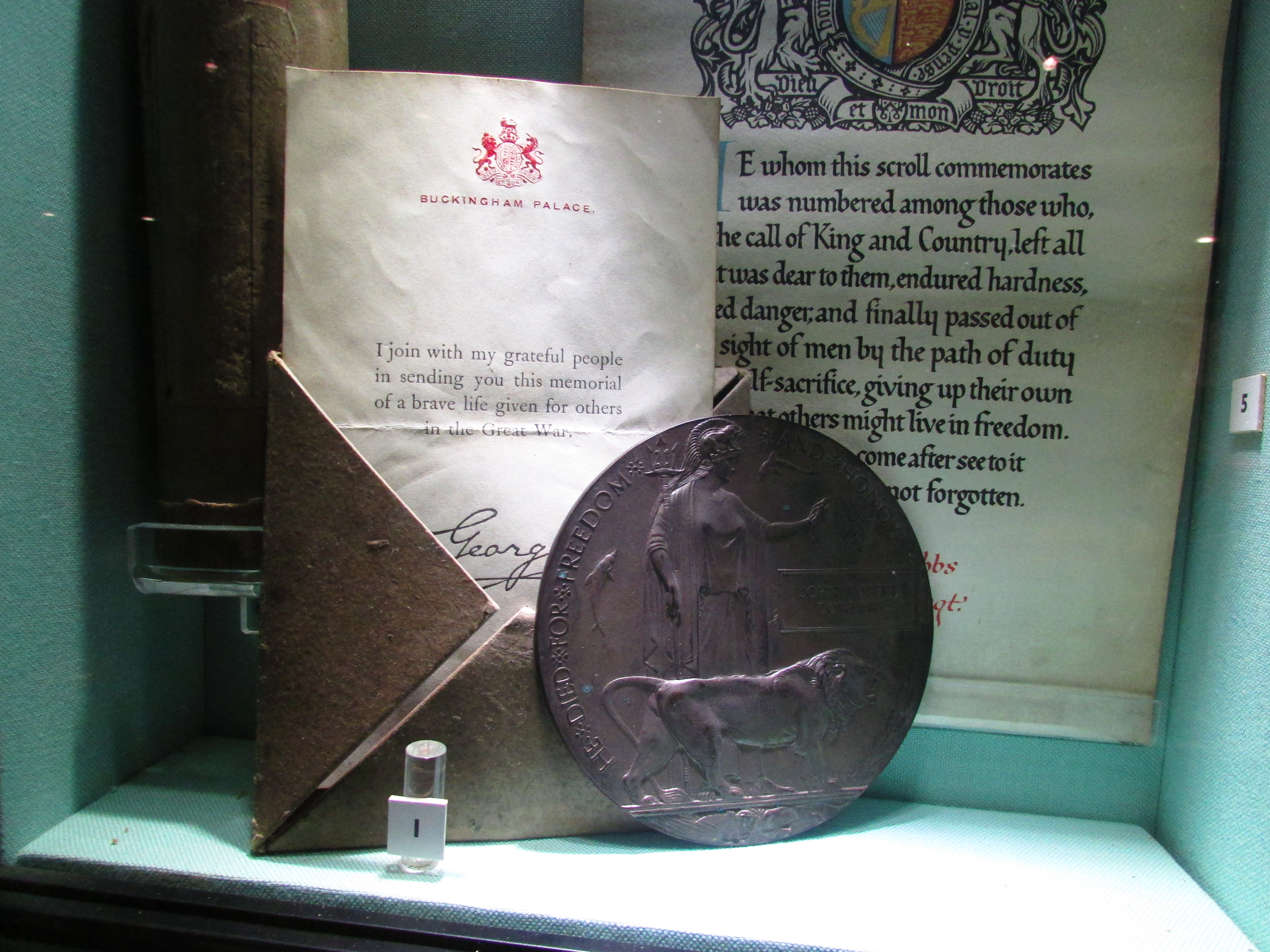
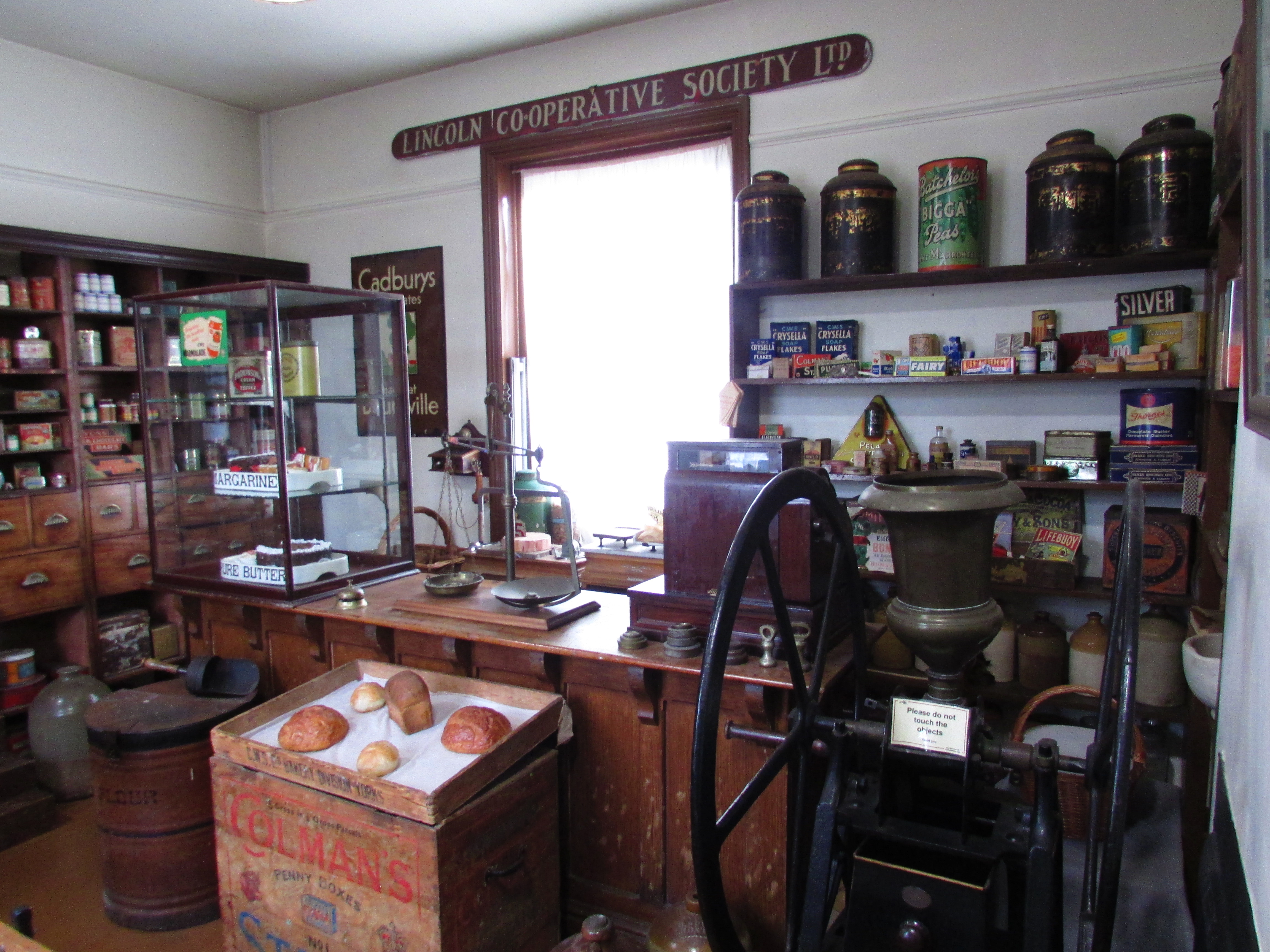
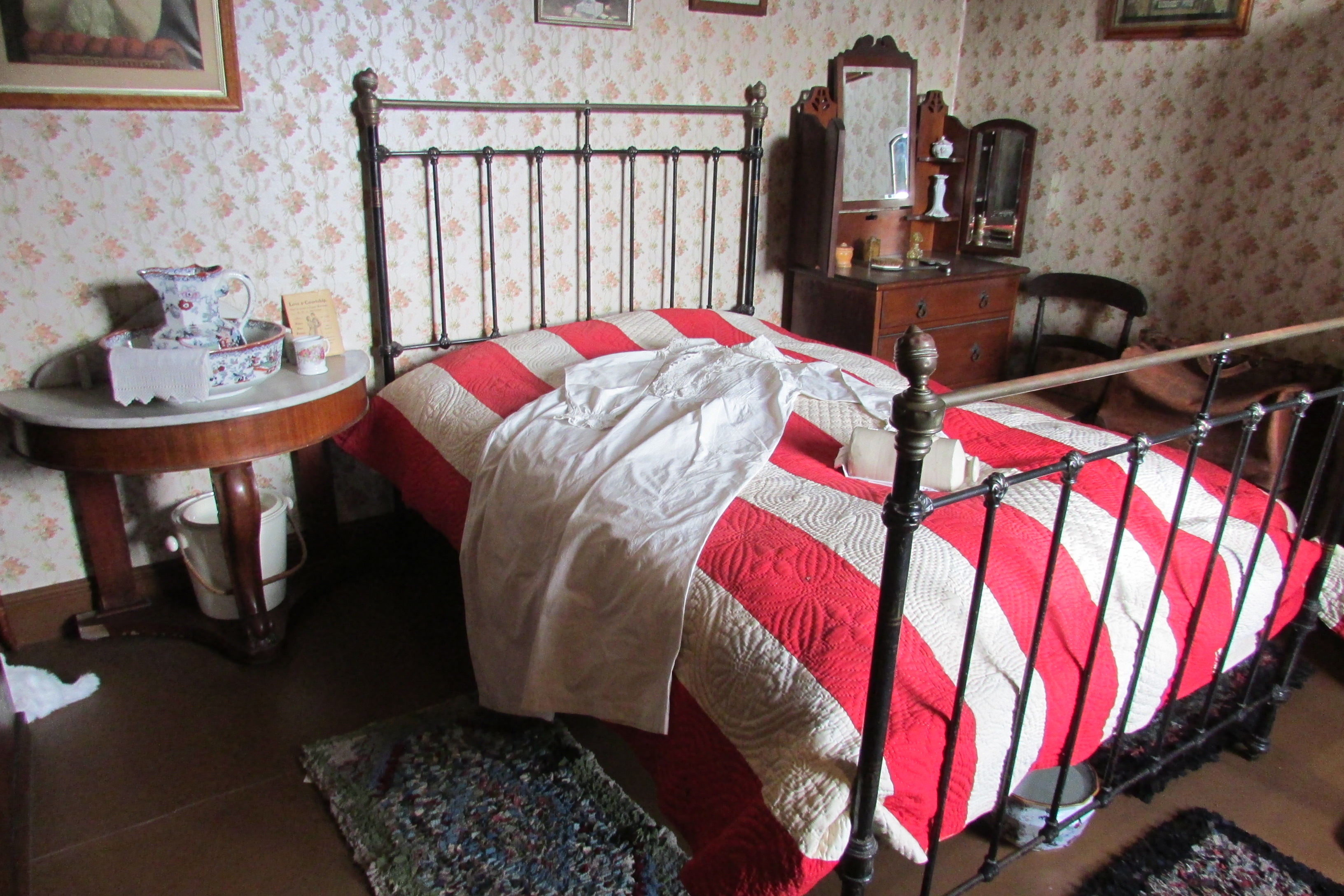
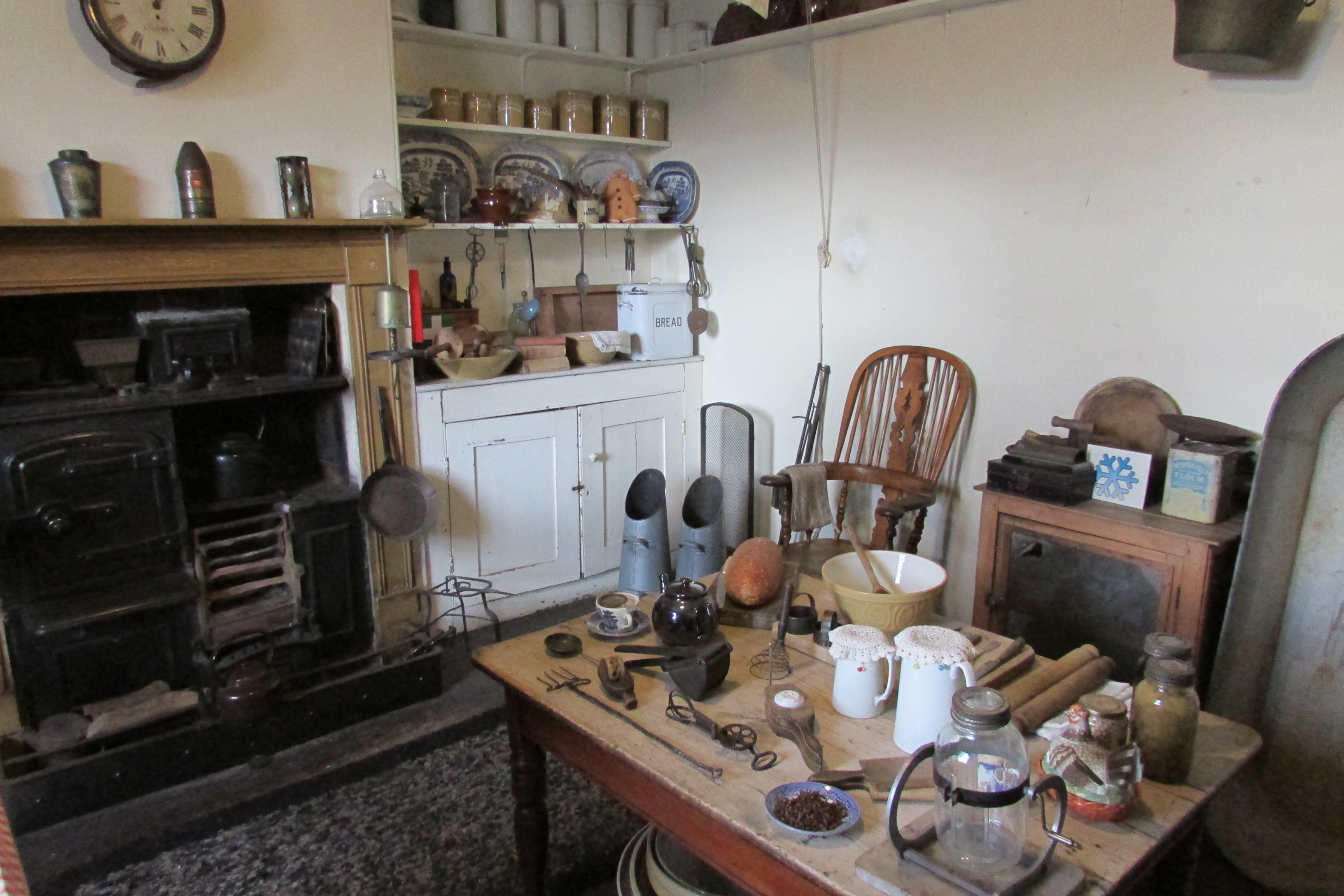
Murton Farm Park
Murton Park, York, North Yorkshire, YO195UF
www.murtonpark.co.uk
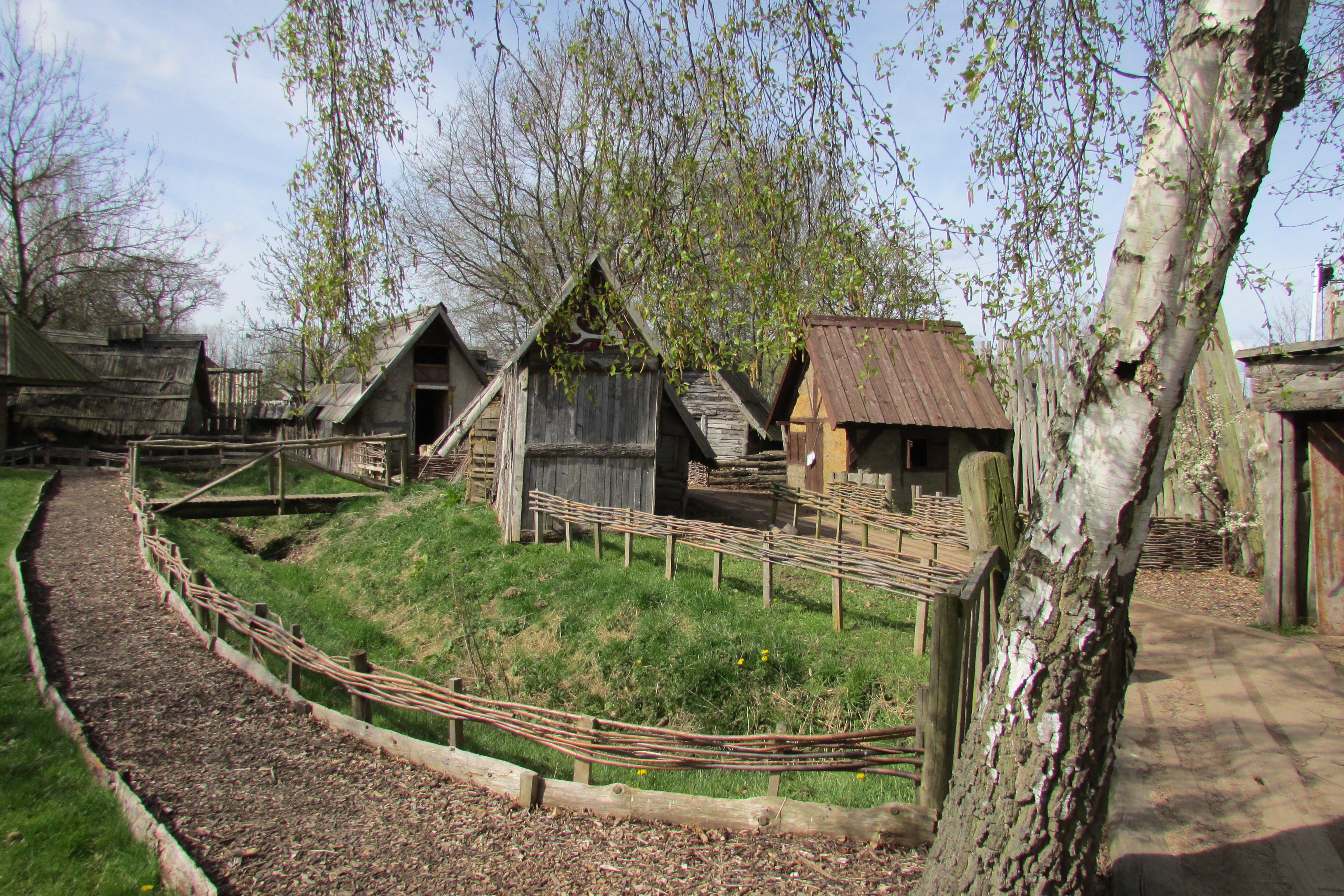
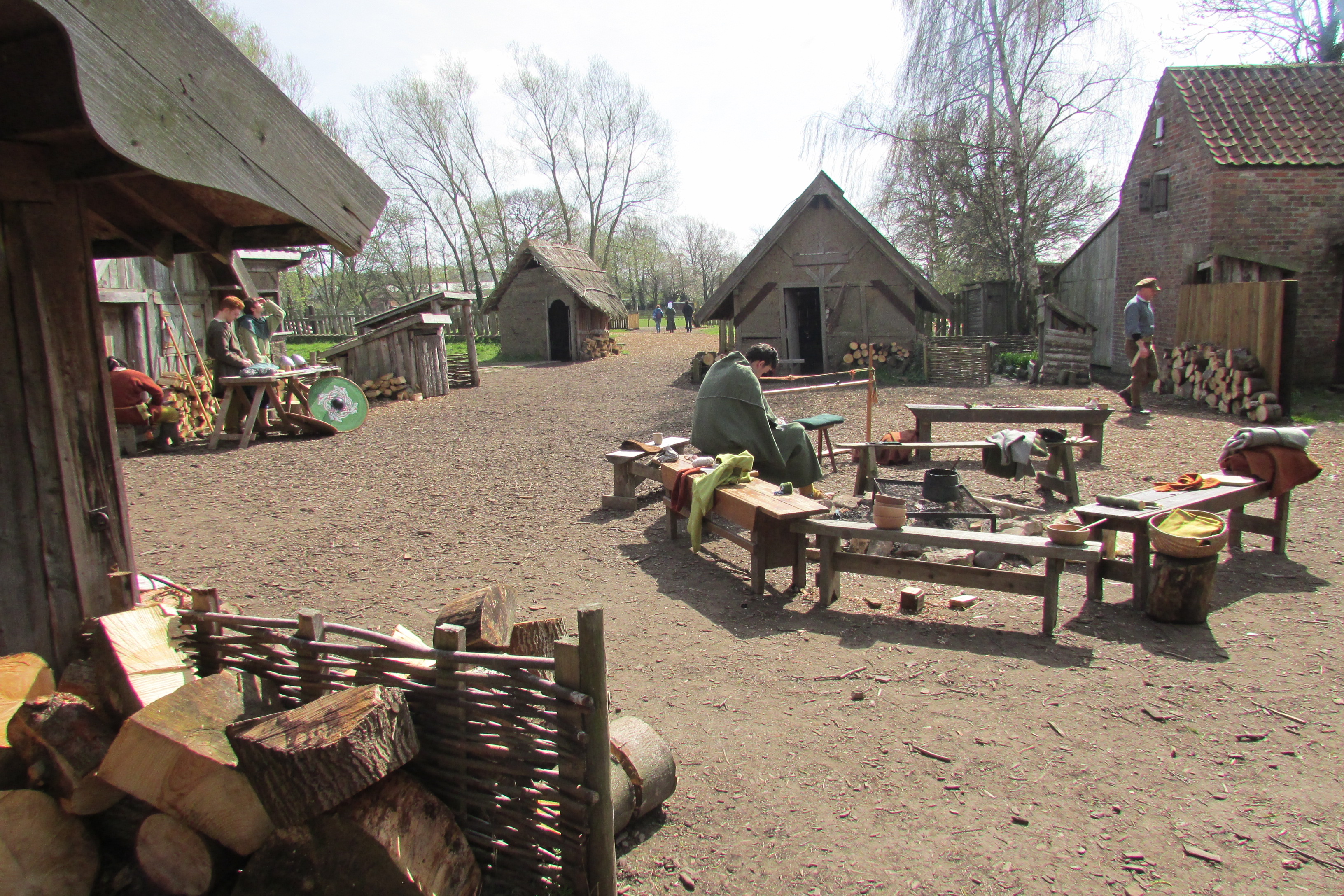
We have visited Murton farm park several times and yet always find something
new to discover and explore!
Situated on a site approximately 14 acres, this delightful
museum opened to the public in 1982 as the Yorkshire Museum of Farming. It
collects, documents, displays, researches and preserves material relating to
Yorkshire farming from the very beginnings of agricultural development to the
mid twentieth century and is the only museum in the area dedicated to farming.
There are indoor and outdoor displays which show how farming has changed over
the centuries, a gallery dedicated to the Women’s Land Army during the Second
World War and a large collection of artefacts, vintage tractors and domestic
items.
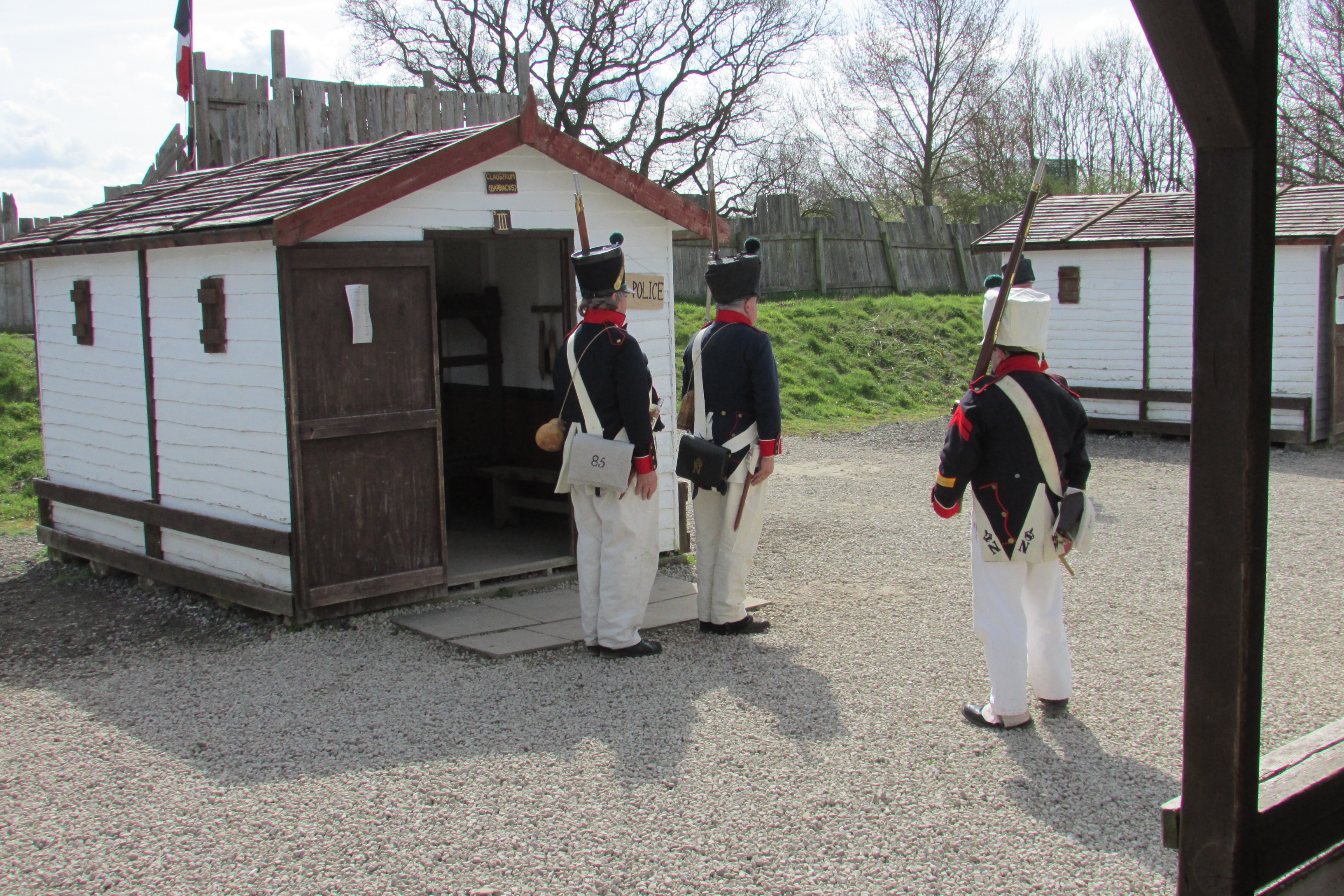
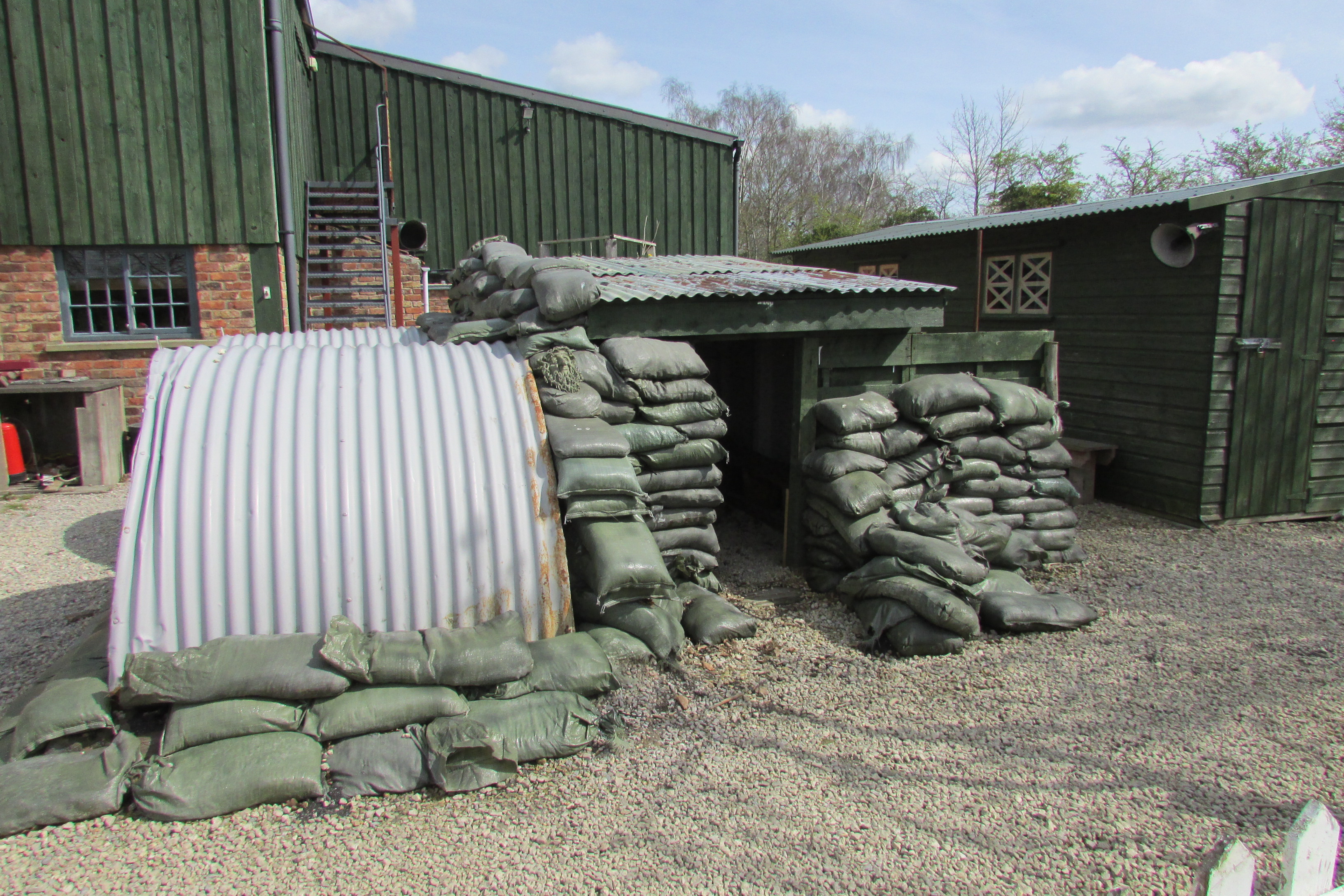
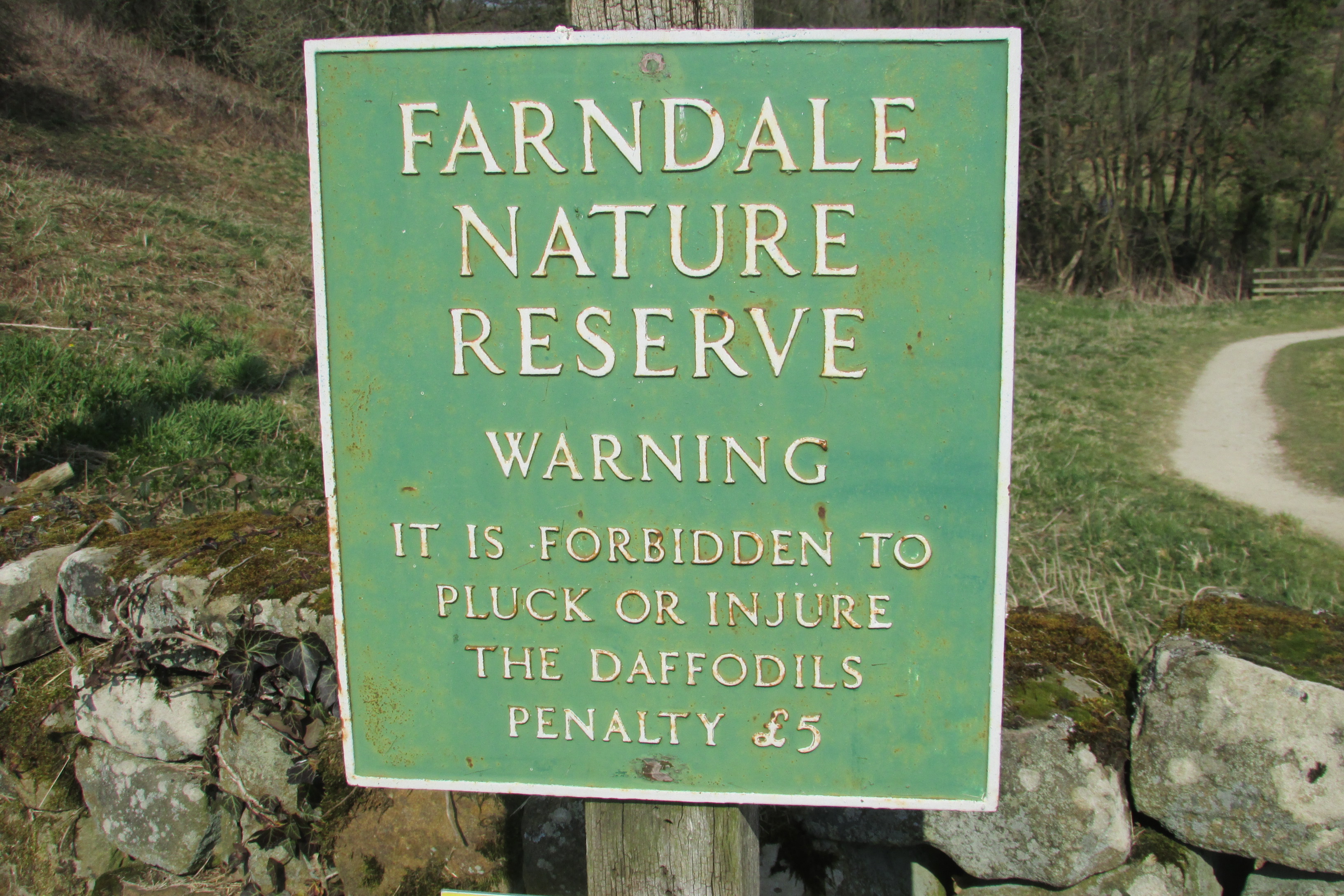
The Daffodil Walk – Farndale
www.northyorkmoors.org.uk
Short notice
of this delightful walk as I have only just discovered it and the daffodil
season is only March and April! However, the walk itself is available all year
round.
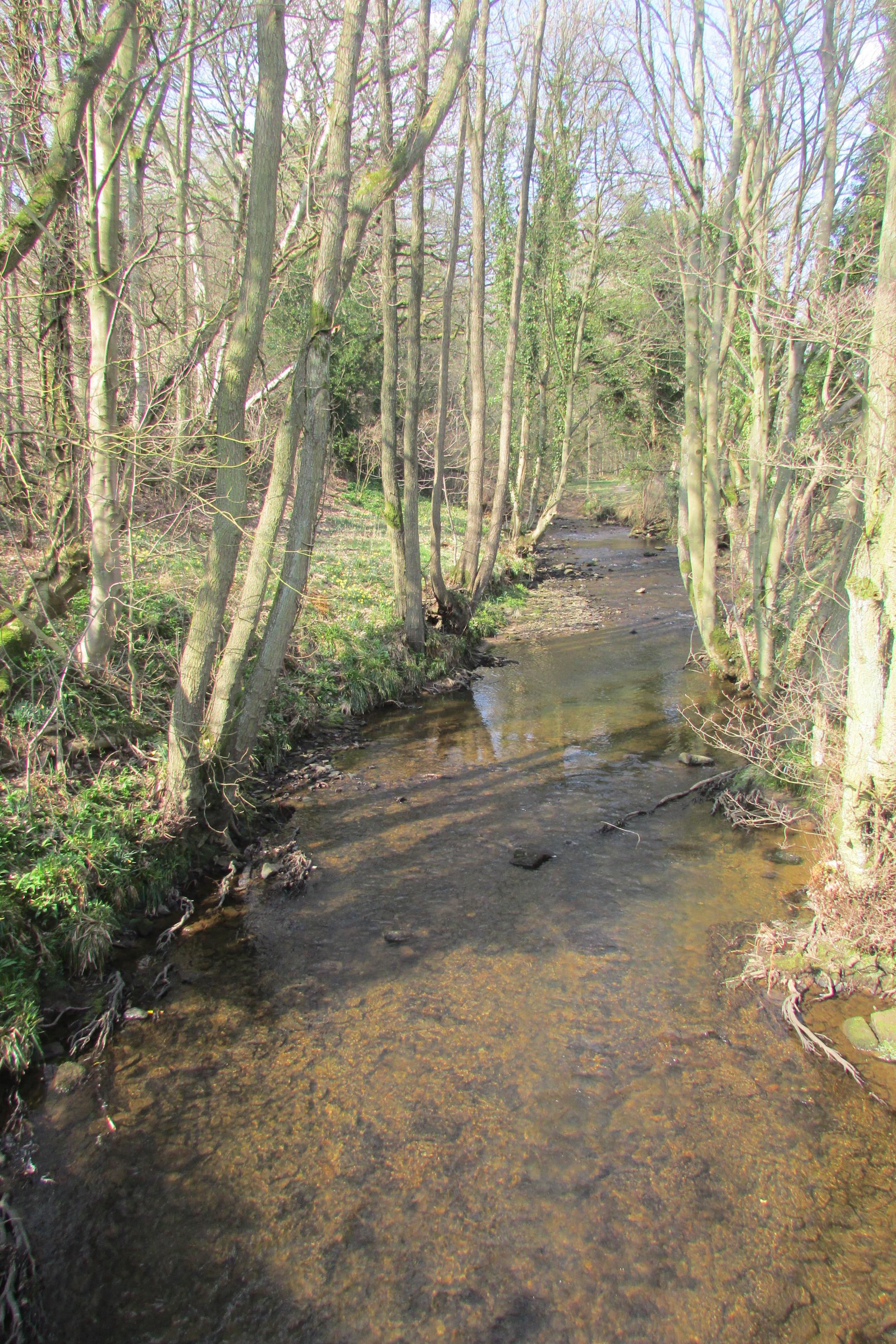
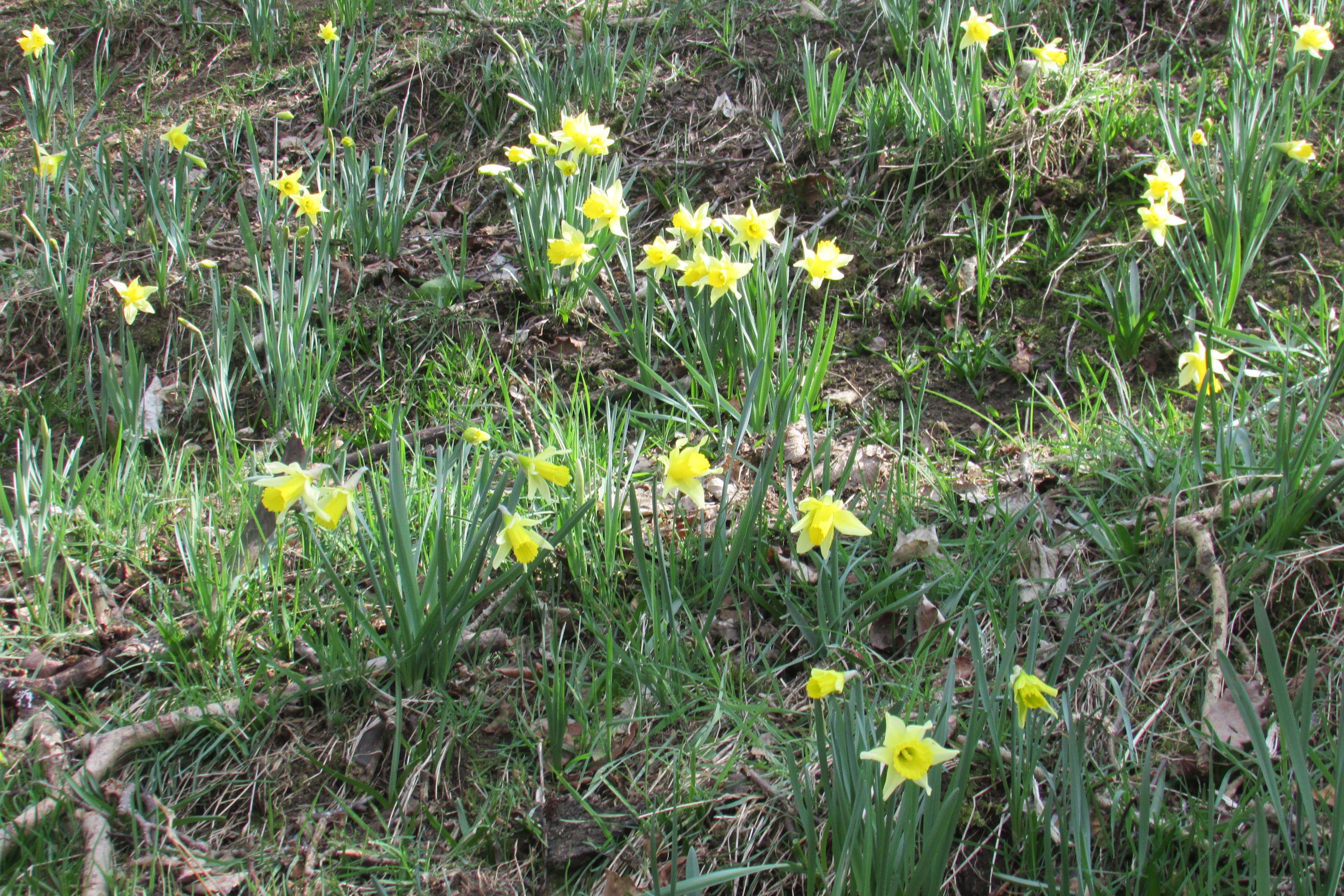
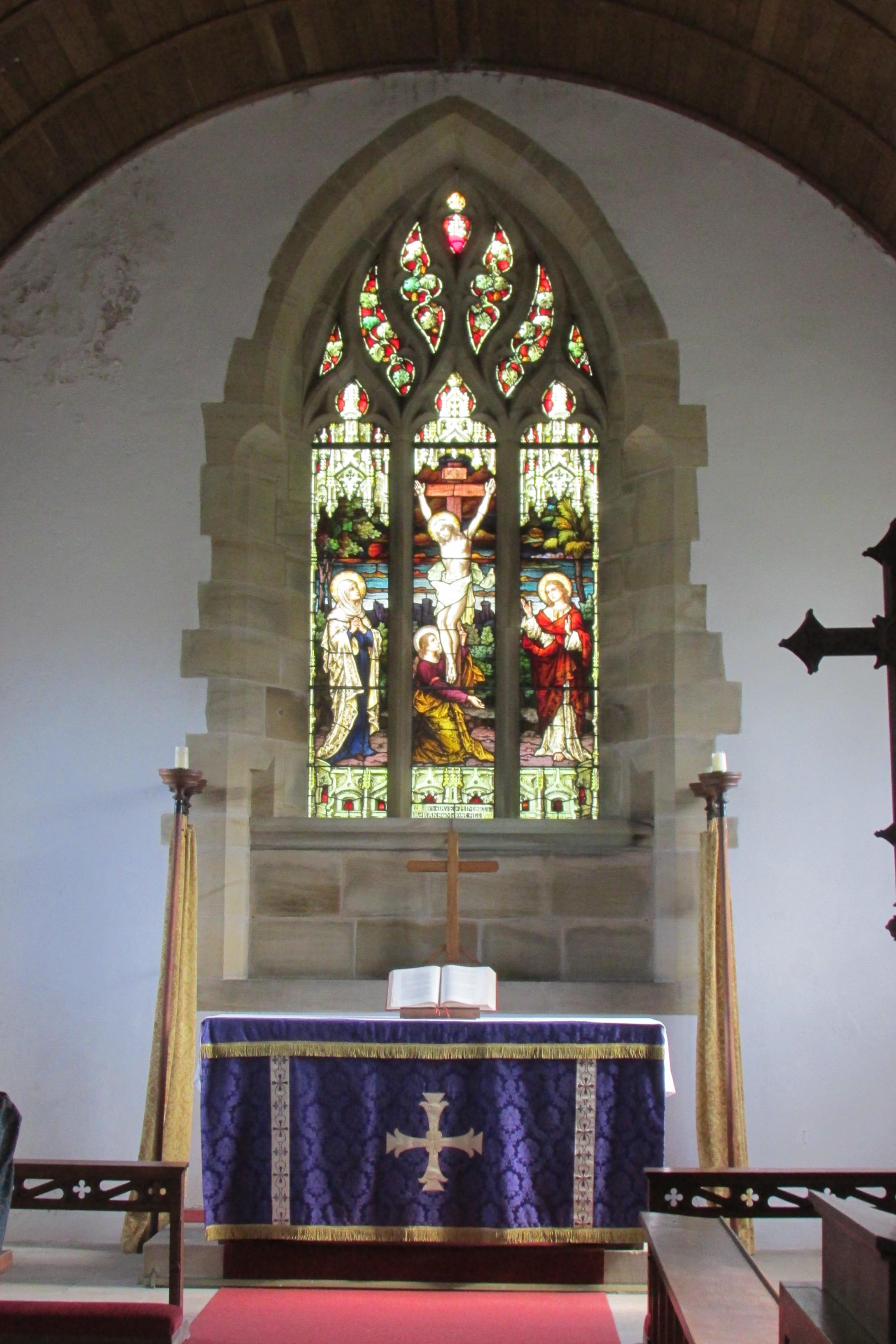
Abbey House
Museum – Leeds
www.abbeyhousemuseum.leeds.gov.uk
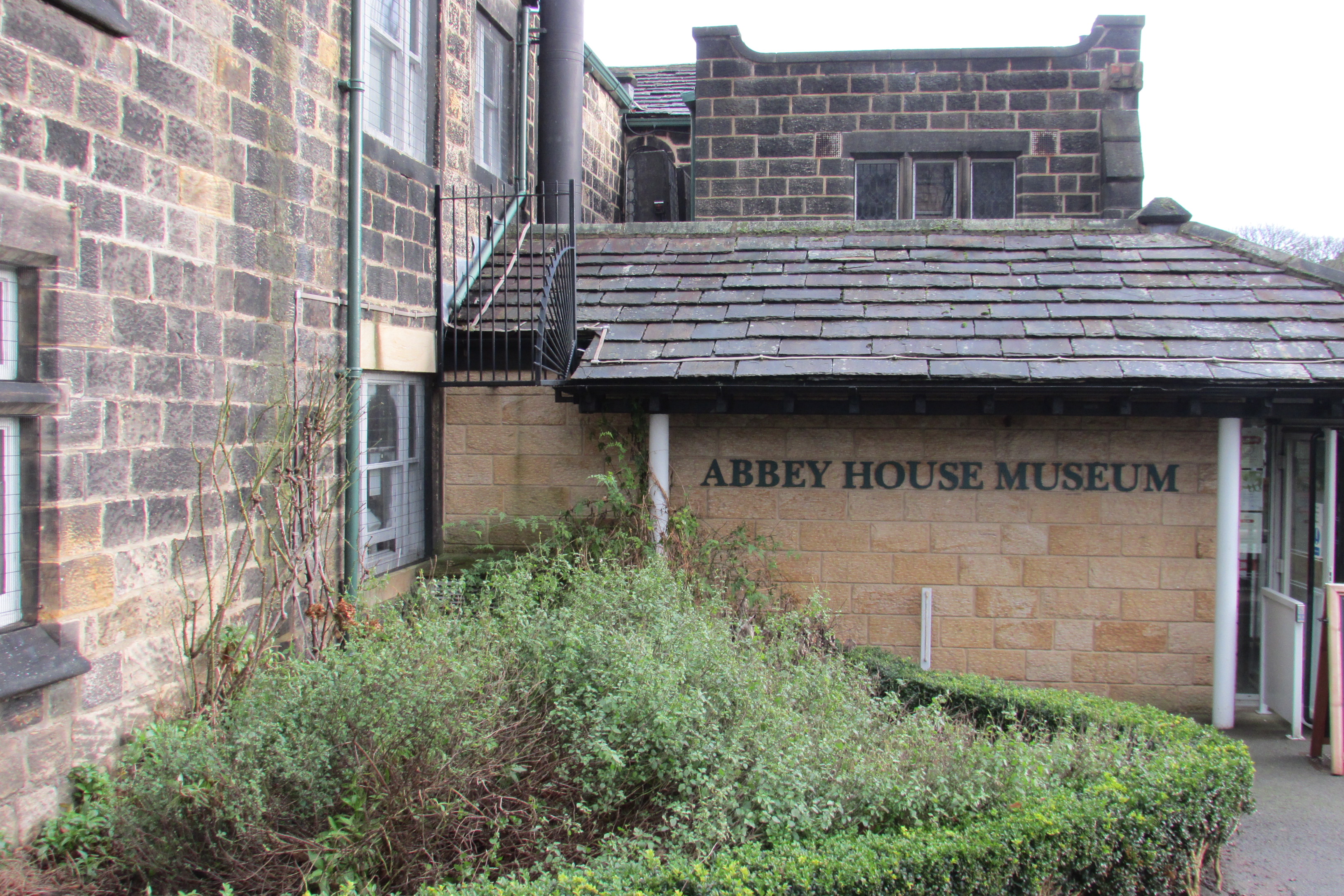
It was a
miserable day when we visited Leeds: grey, gloomy and wet but this little museum
really lifted our spirits. Situated on the road opposite Kirkstall Abbey, it is
very like the Tardis – it looks tiny from the outside. We imagined it would be
a very quick visit but were surprised to find the reality was somewhat
different!
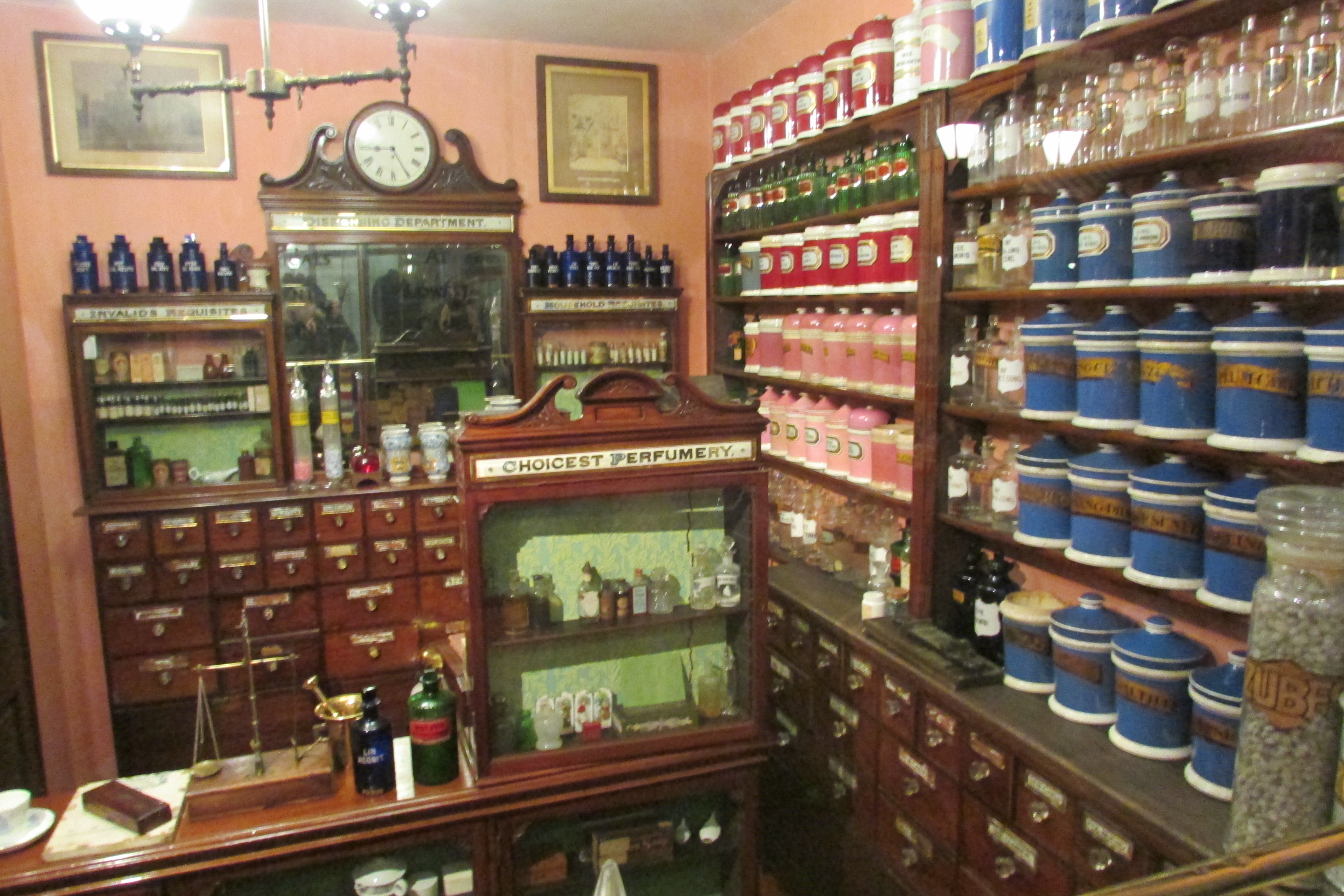
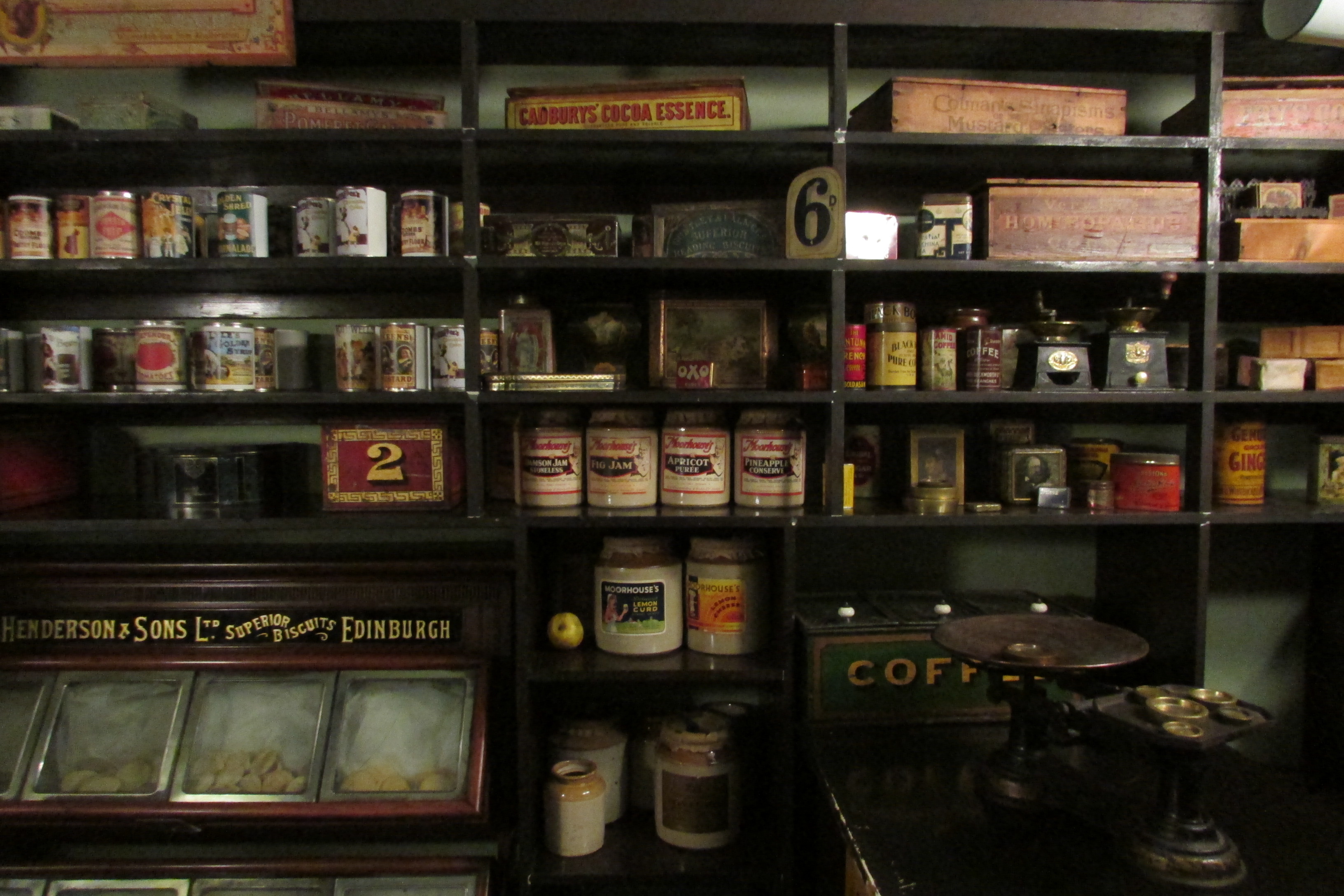
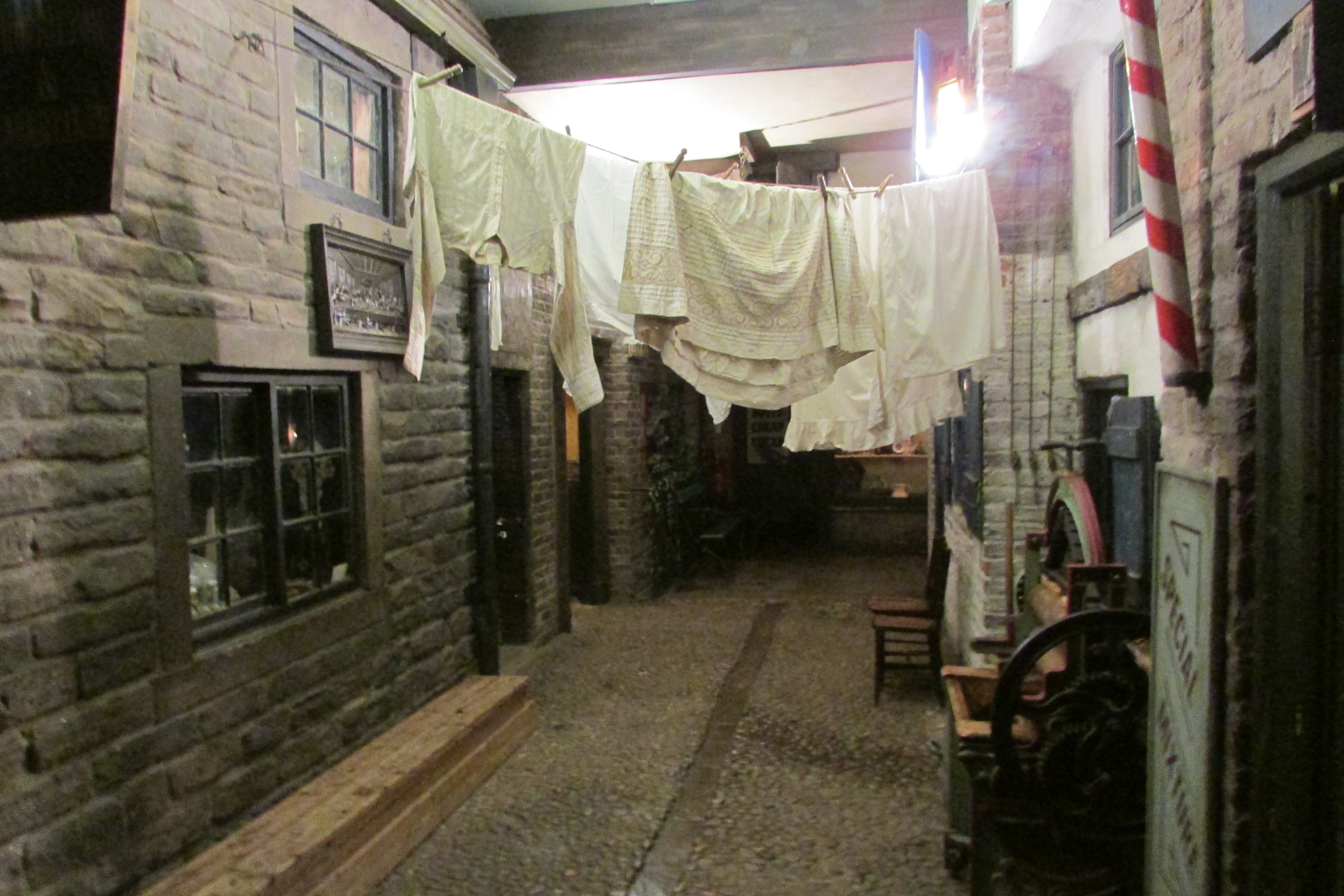
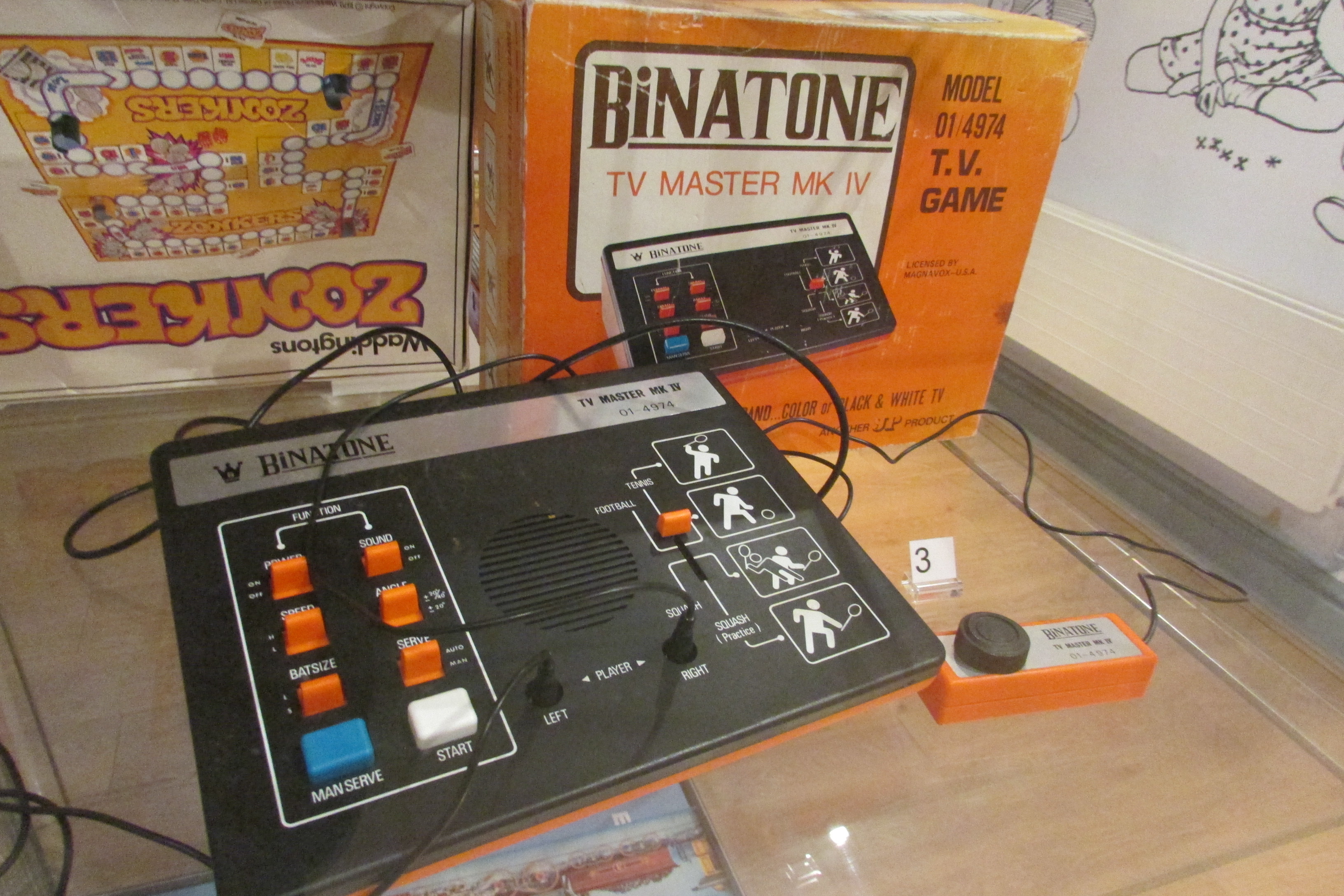
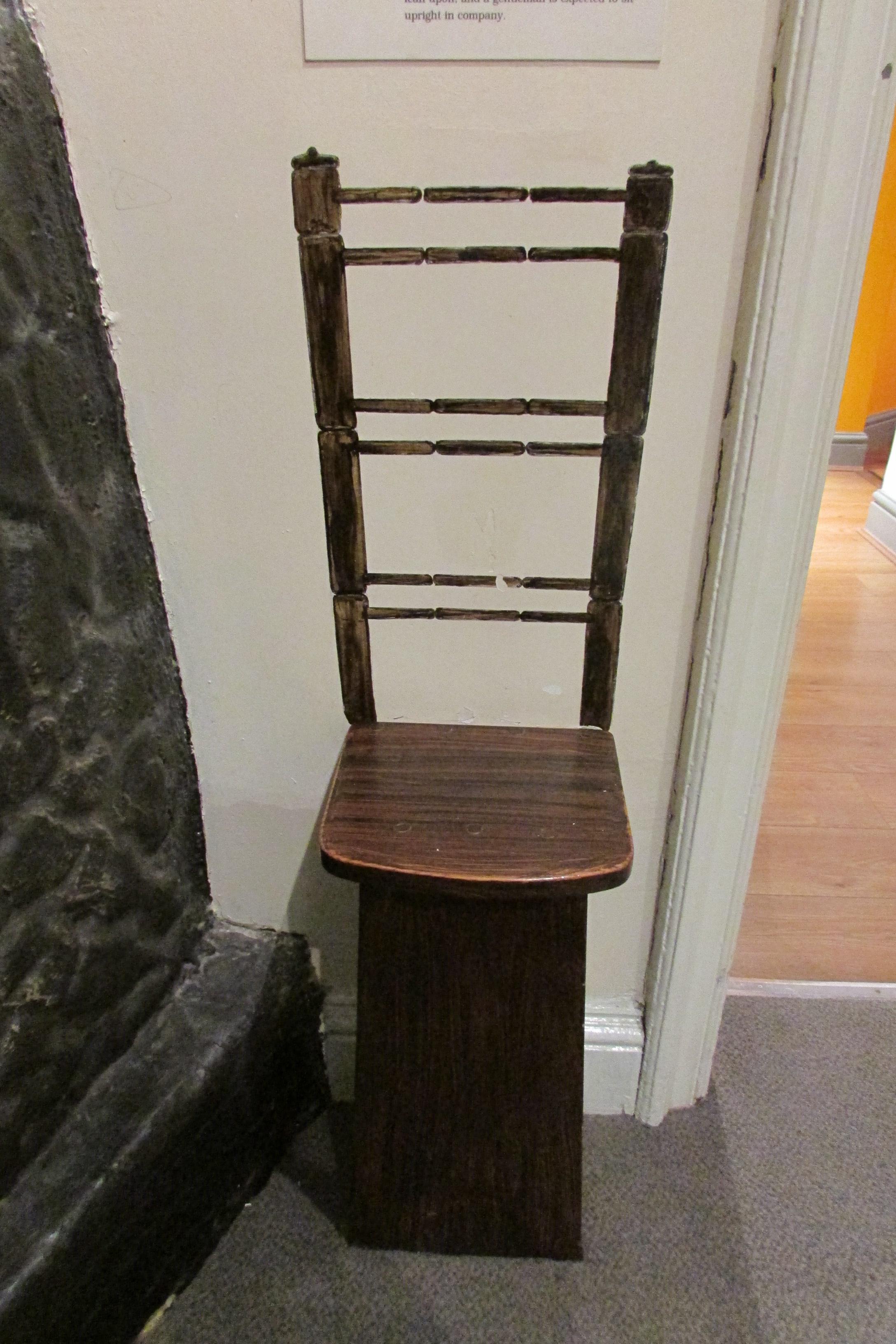
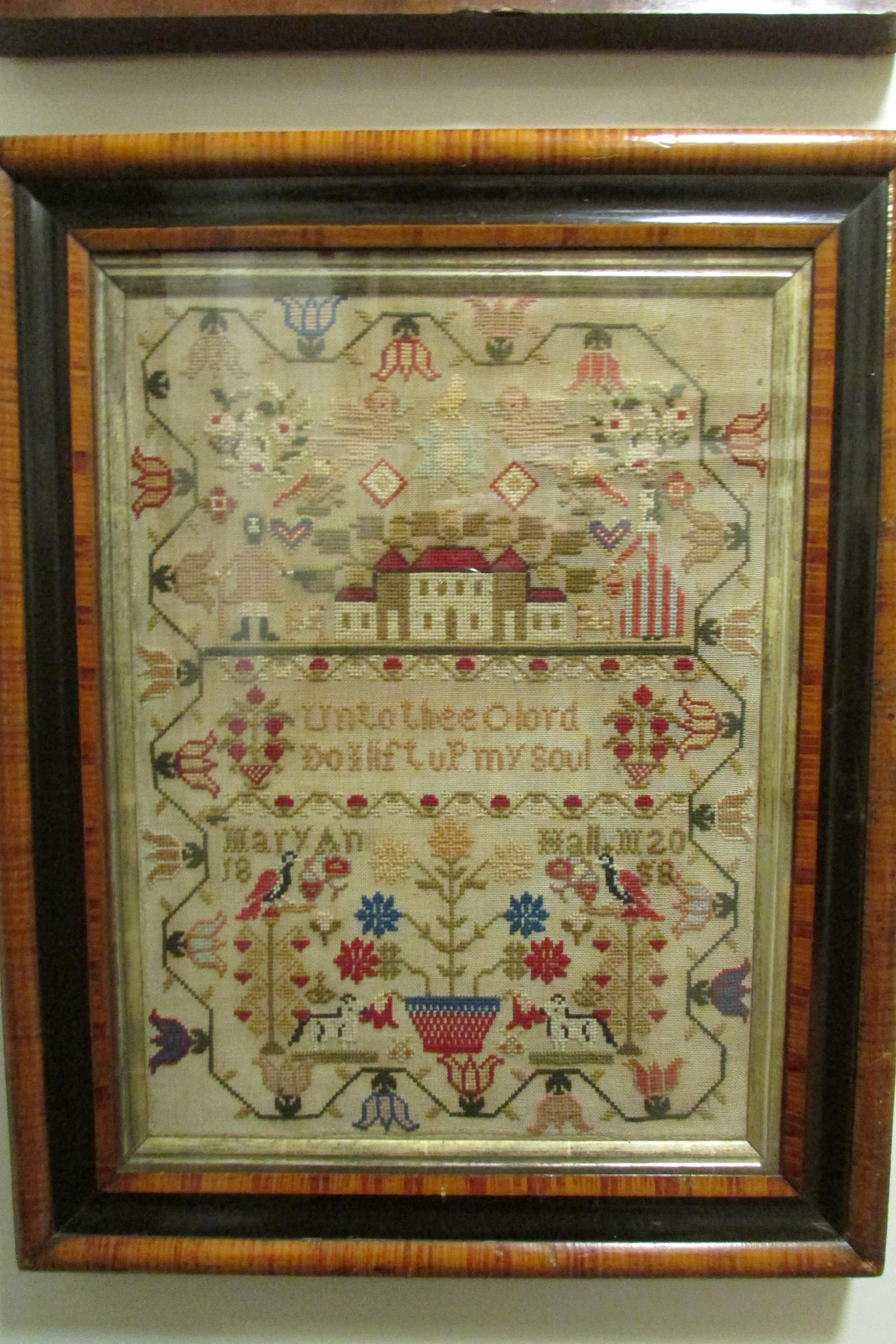
The National Memorial Arboretum
Staffordshire
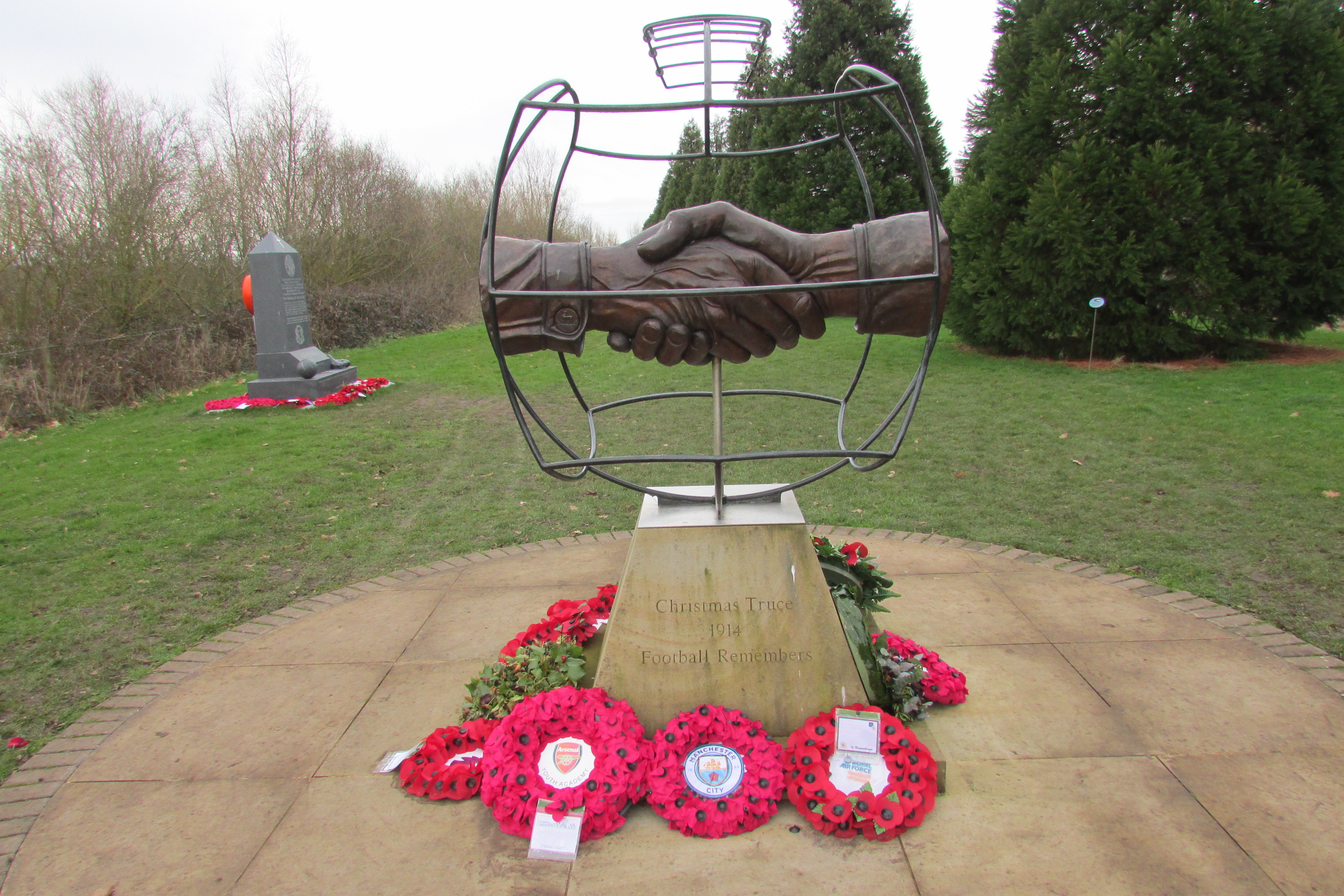
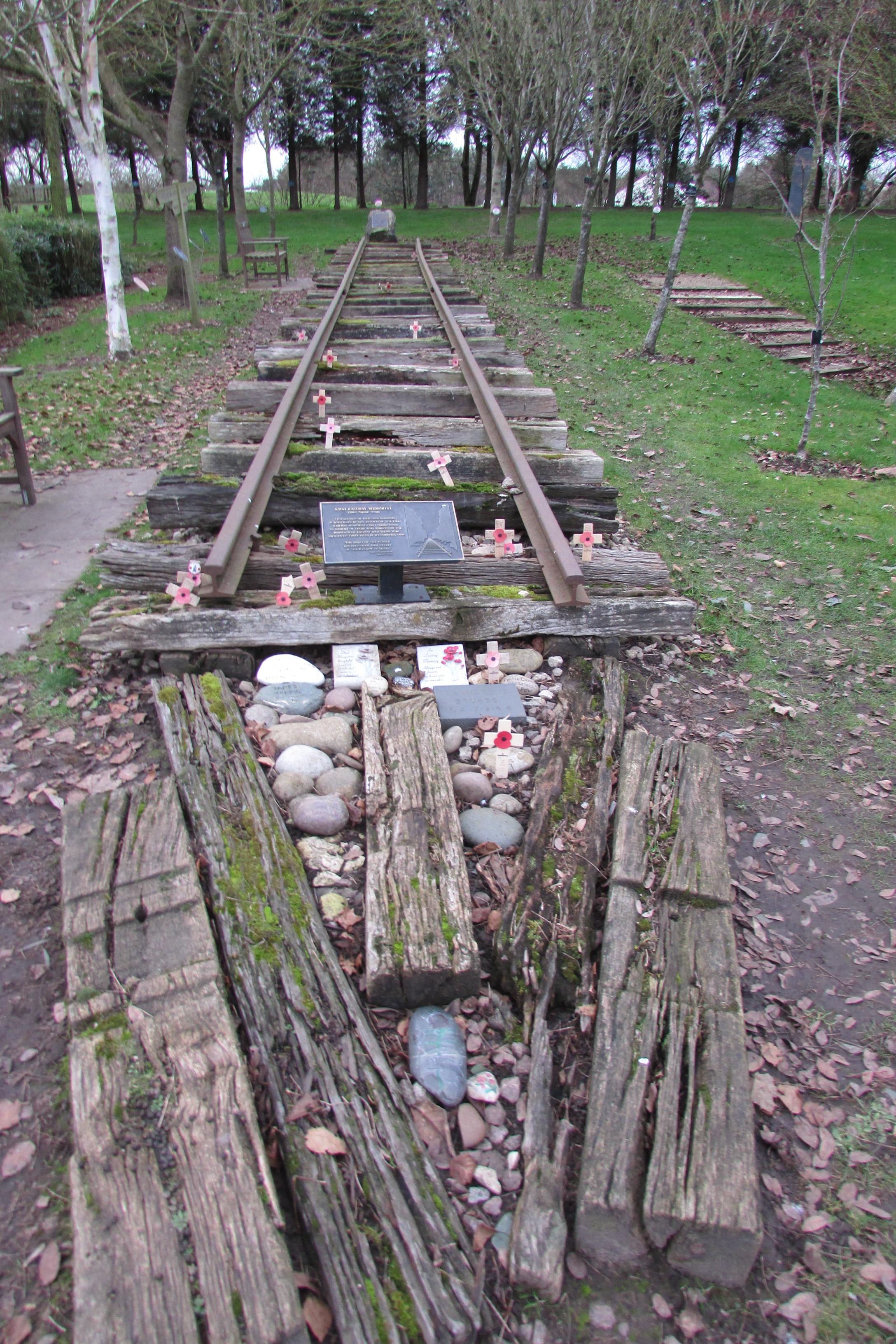
I was told
about the Arboretum by a friend and felt sure that it would be a place I would
enjoy and I was not disappointed. We visited on a cold wintery afternoon but
still found the place to be beautiful, evocative and thought provoking.
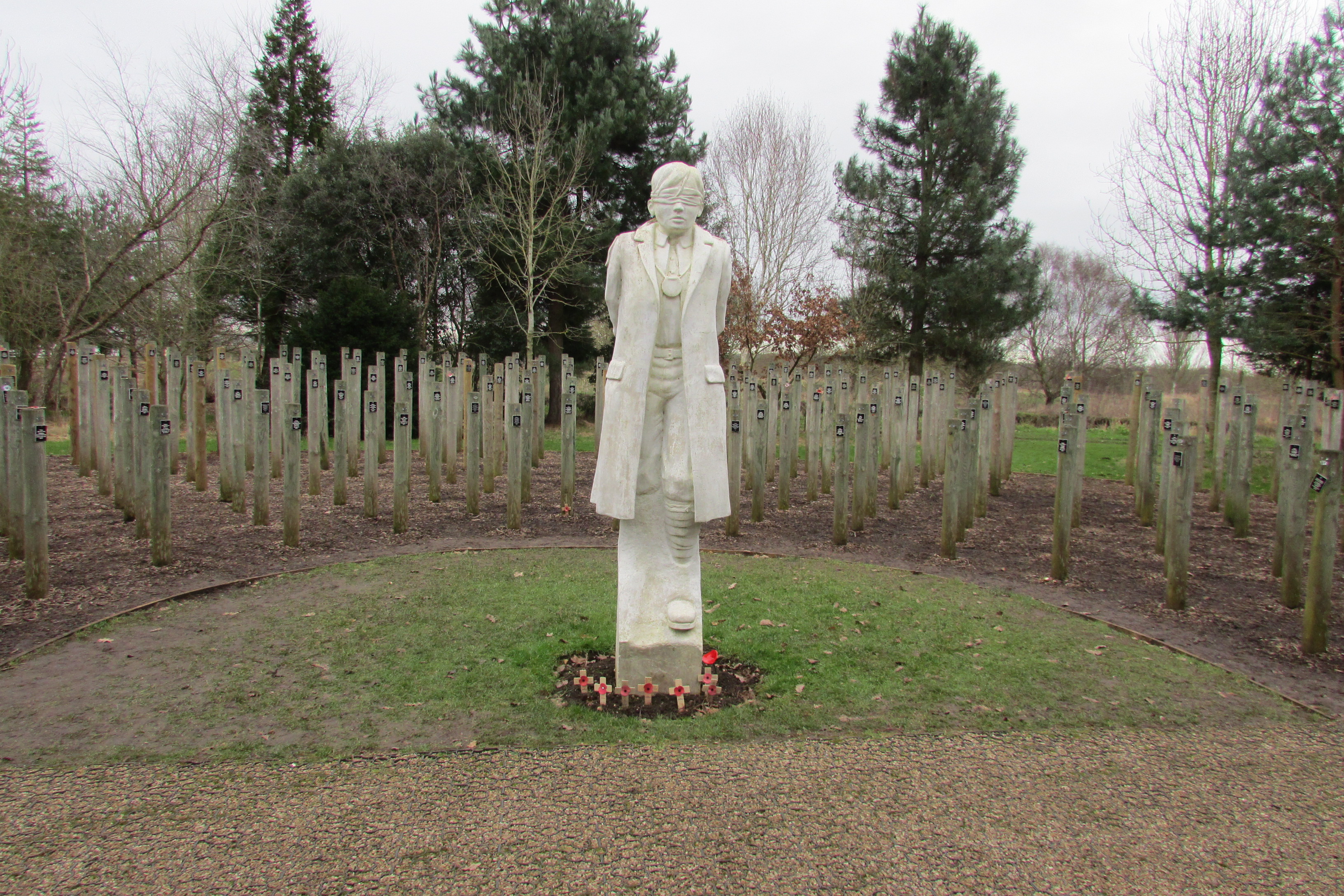
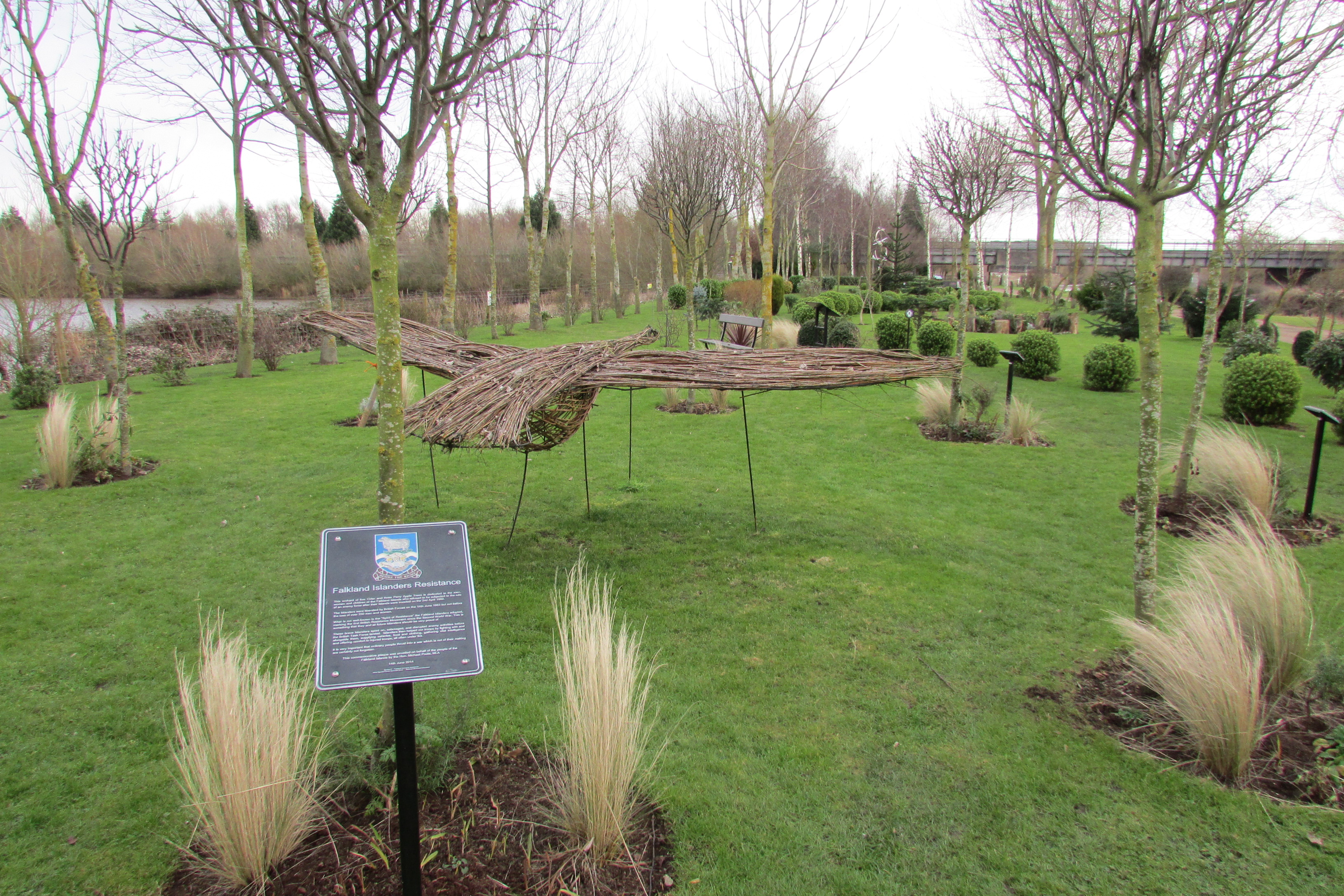
Another area I found particularly moving but beautiful was the Children’s Woodland which has a children’s playpark in it and lots of individual posts remembering babies born sleeping or children who have died at a devastatingly young age through illness or accident. Although a sad place it was also surprisingly uplifting and I imagine very beautiful when the trees are in full leaf.
From its first beginnings, the Arboretum has grown into a living landscape. A place where families, friends and comrades can celebrate and remember the lives they have lived and the lives that have been lost.
It is a truly beautiful place: a living, growing tribute that can be enjoyed by all. Dogs are permitted, as are picnics and there is also a restaurant, coffee shop and gift shop.
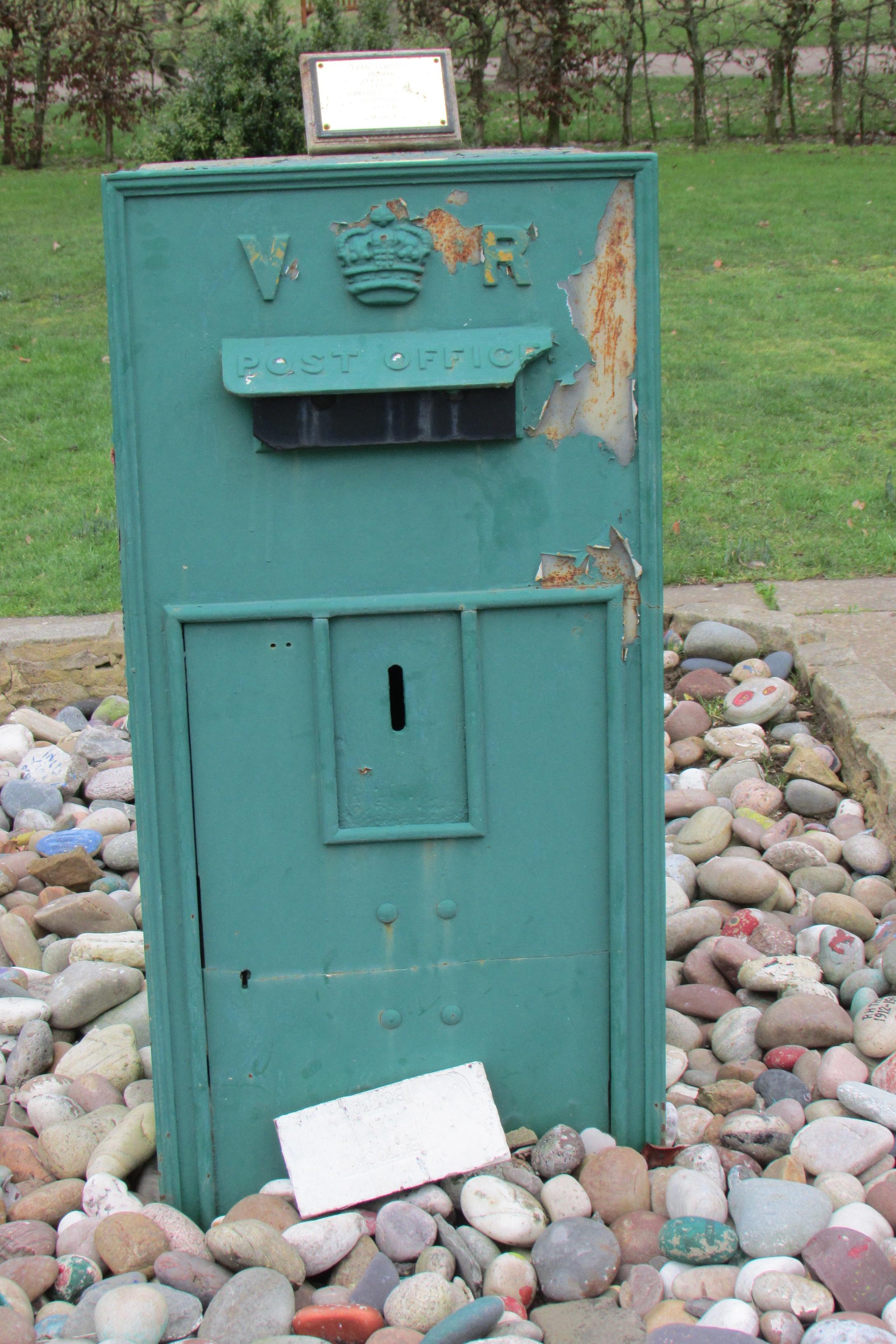
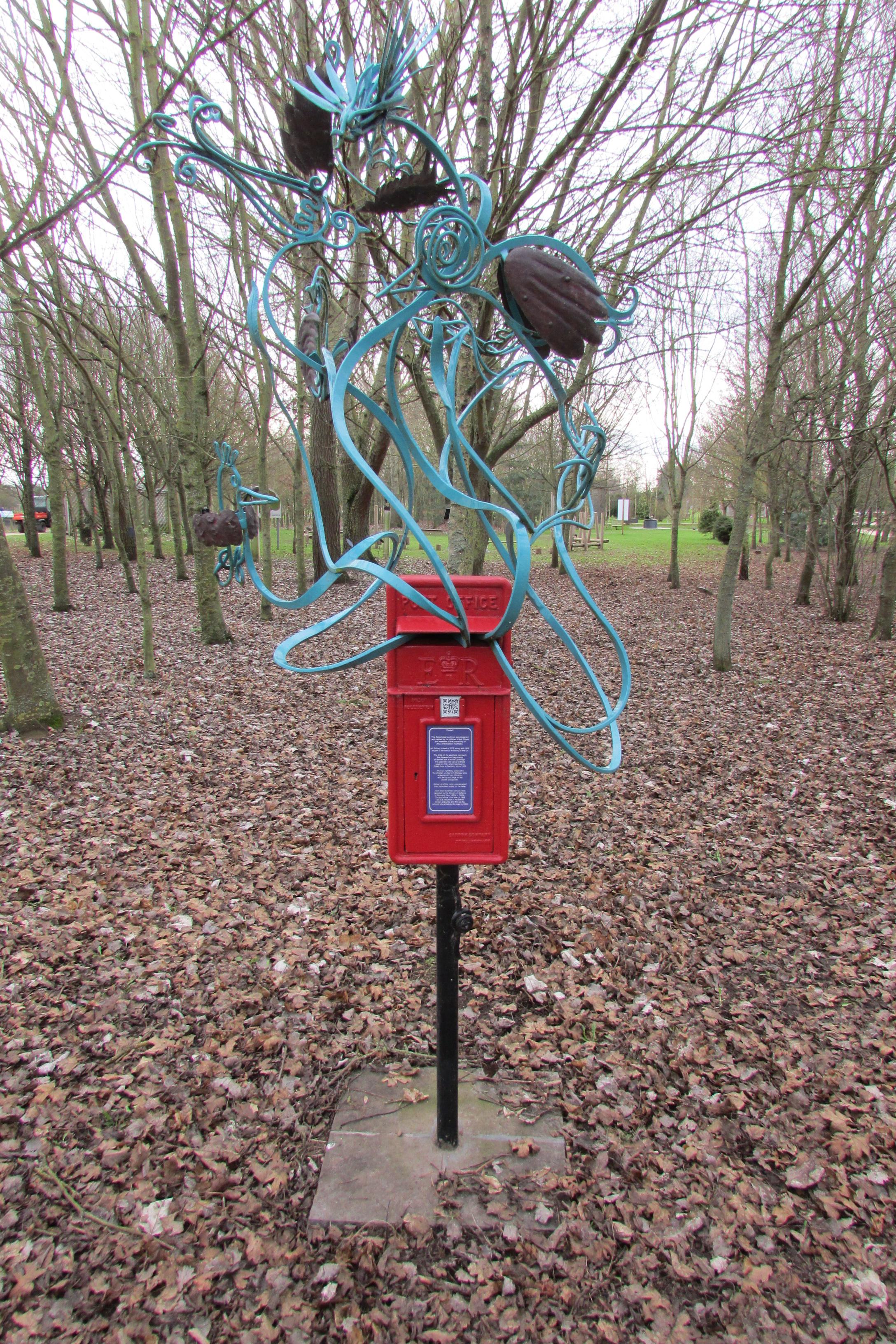
Ripon
Workhouse
www.riponmuseums.co.uk
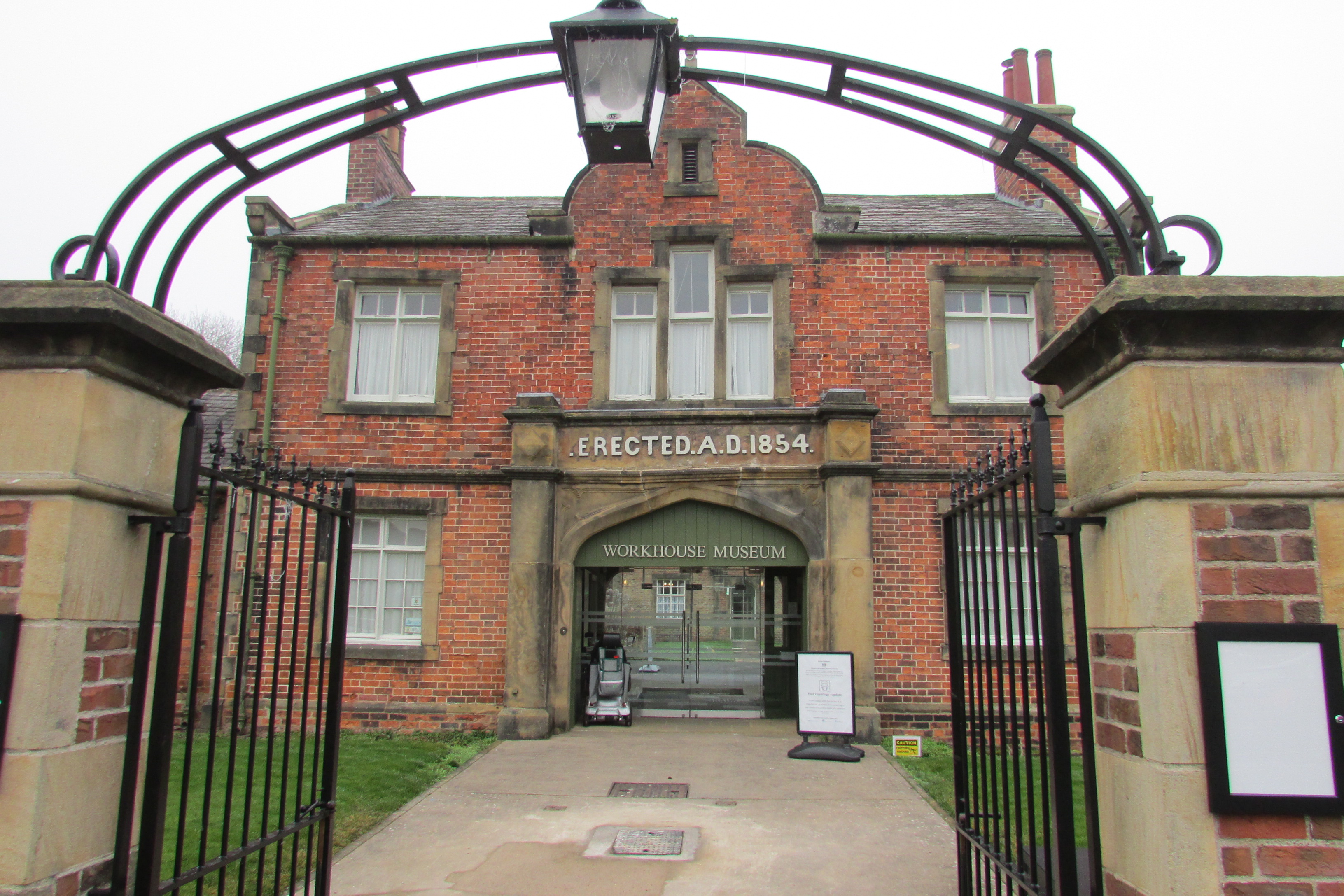
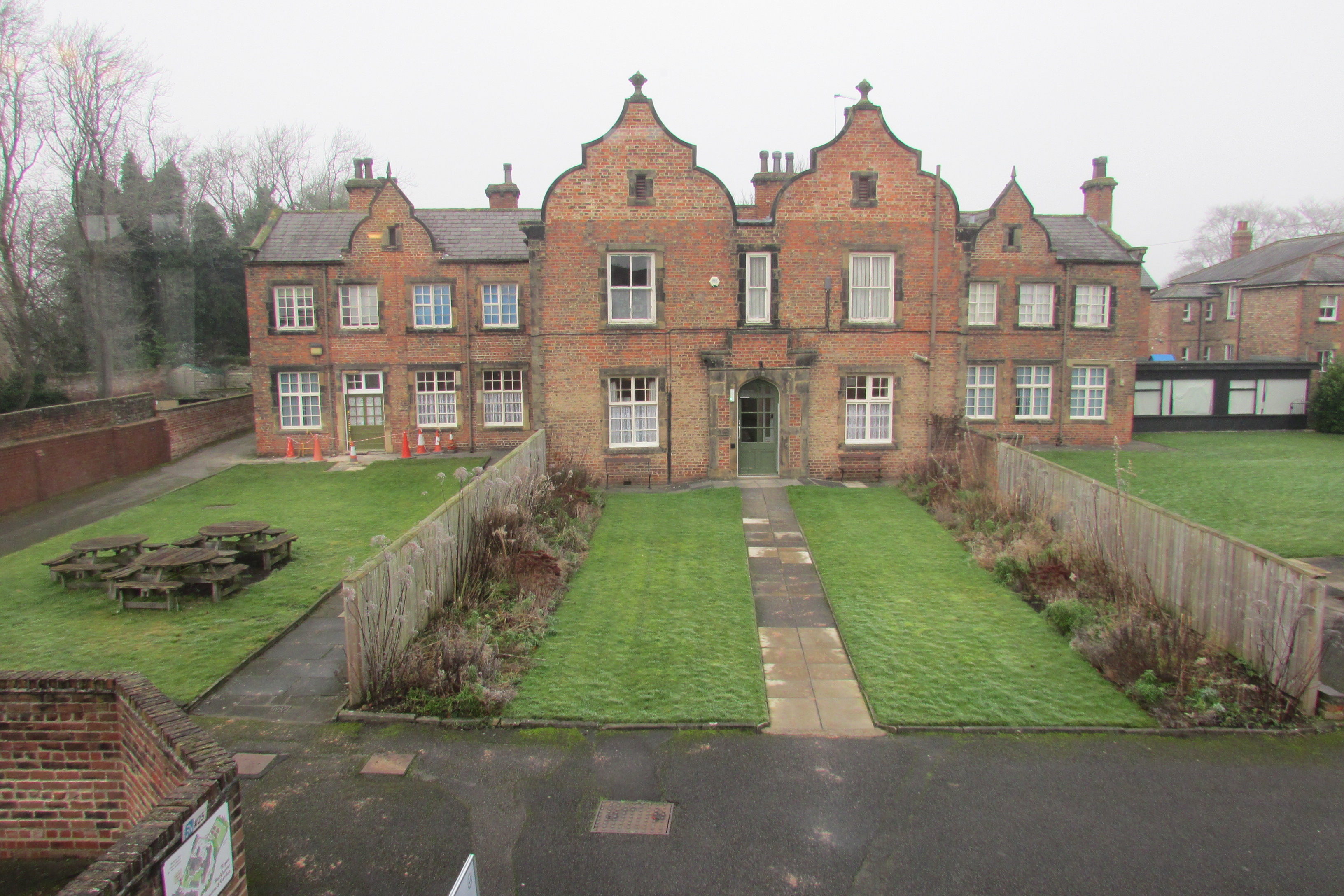
The
workhouse. The name conjured all sorts
of horrors for those who desperately tried to avoid entering the forbidding
looking buildings. It meant giving up your freedom in order to sustain life, permitting others to rule your life as you no longer had the ability to look
after yourself and accepting charity to ensure your survival. It was a harsh,
grim, cold life that was feared but provided basic help for those without the
means to support themselves – a lifeline when there was nowhere else to turn.
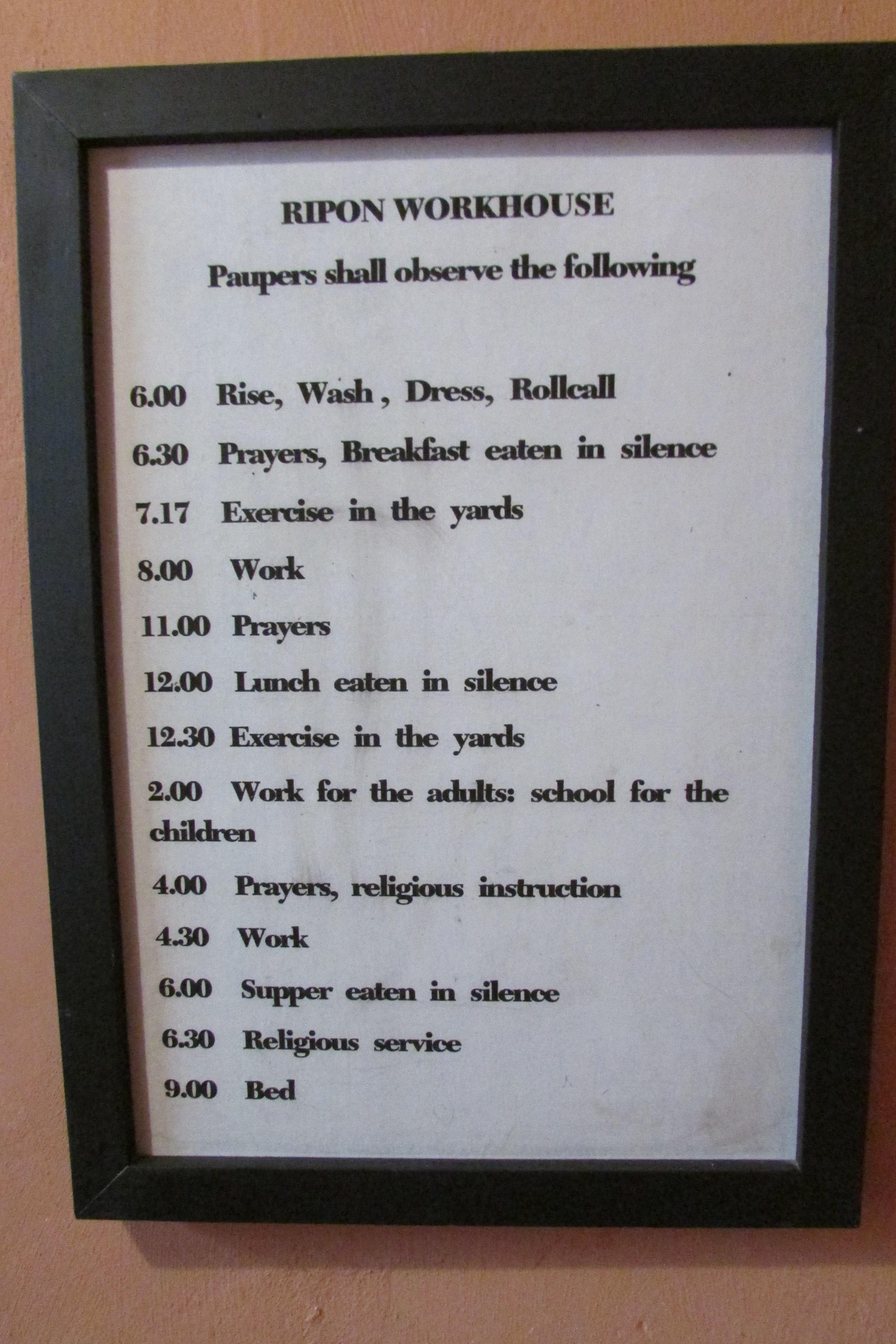
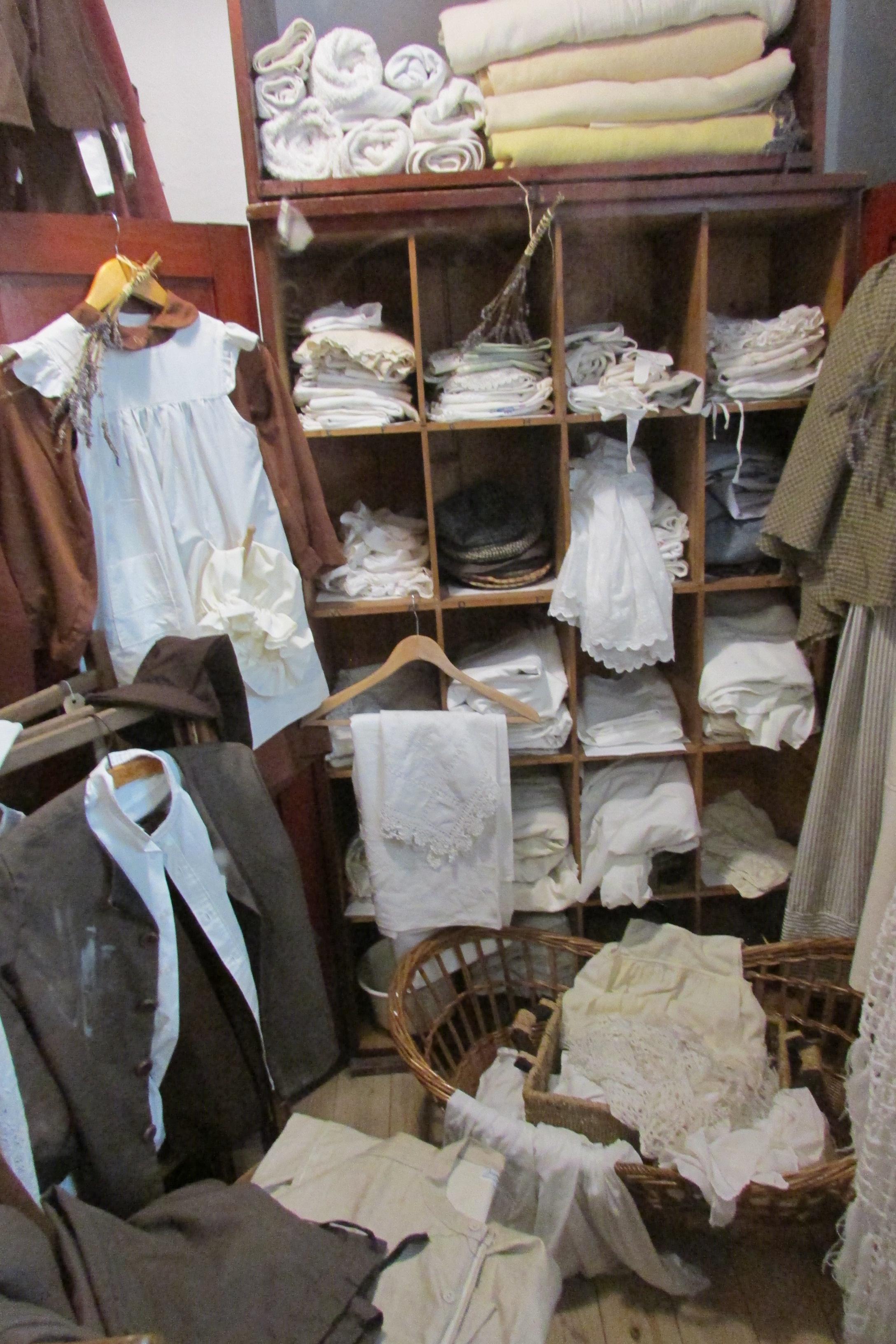
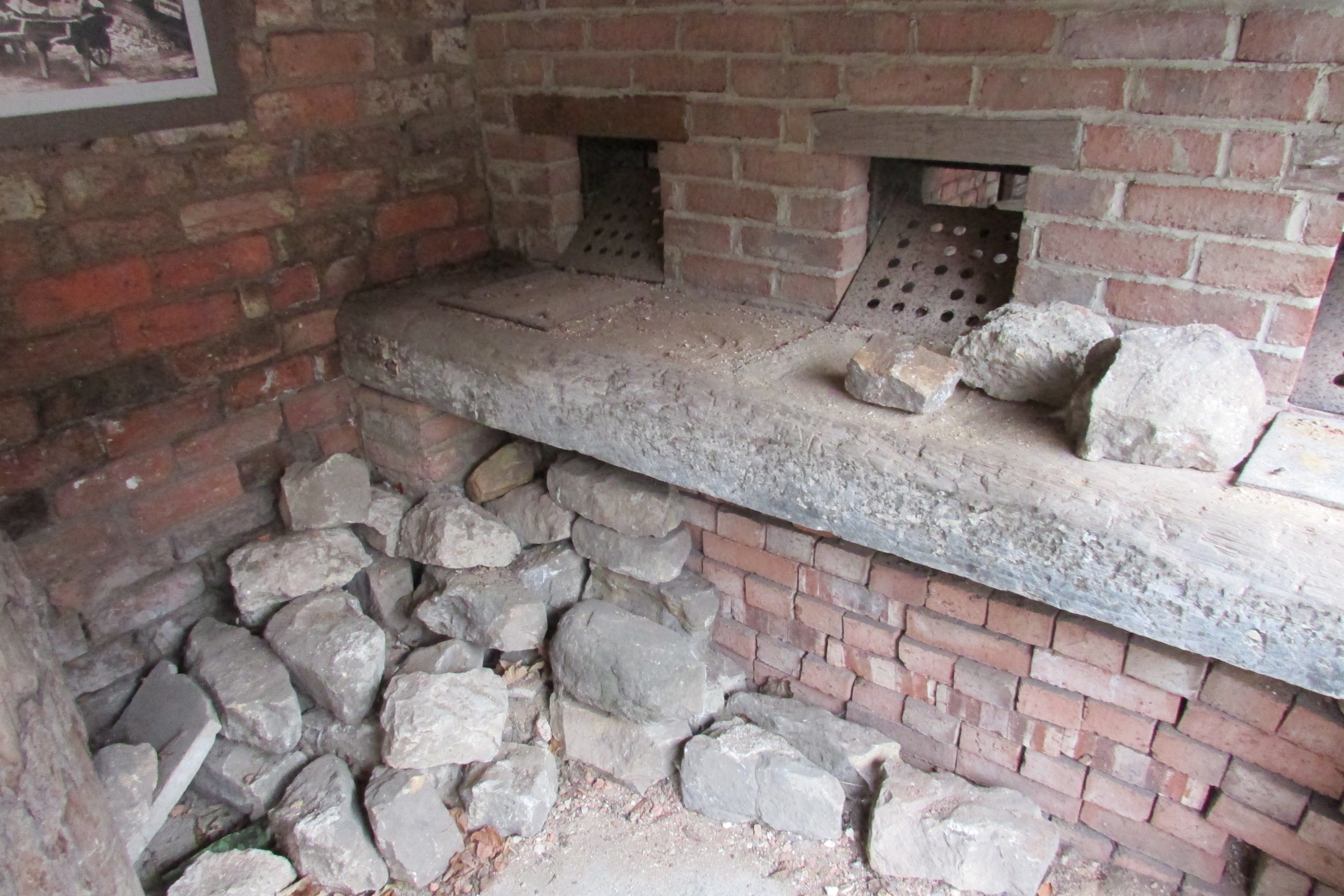
The Imperial War Museum North
www.iwm.org.uk
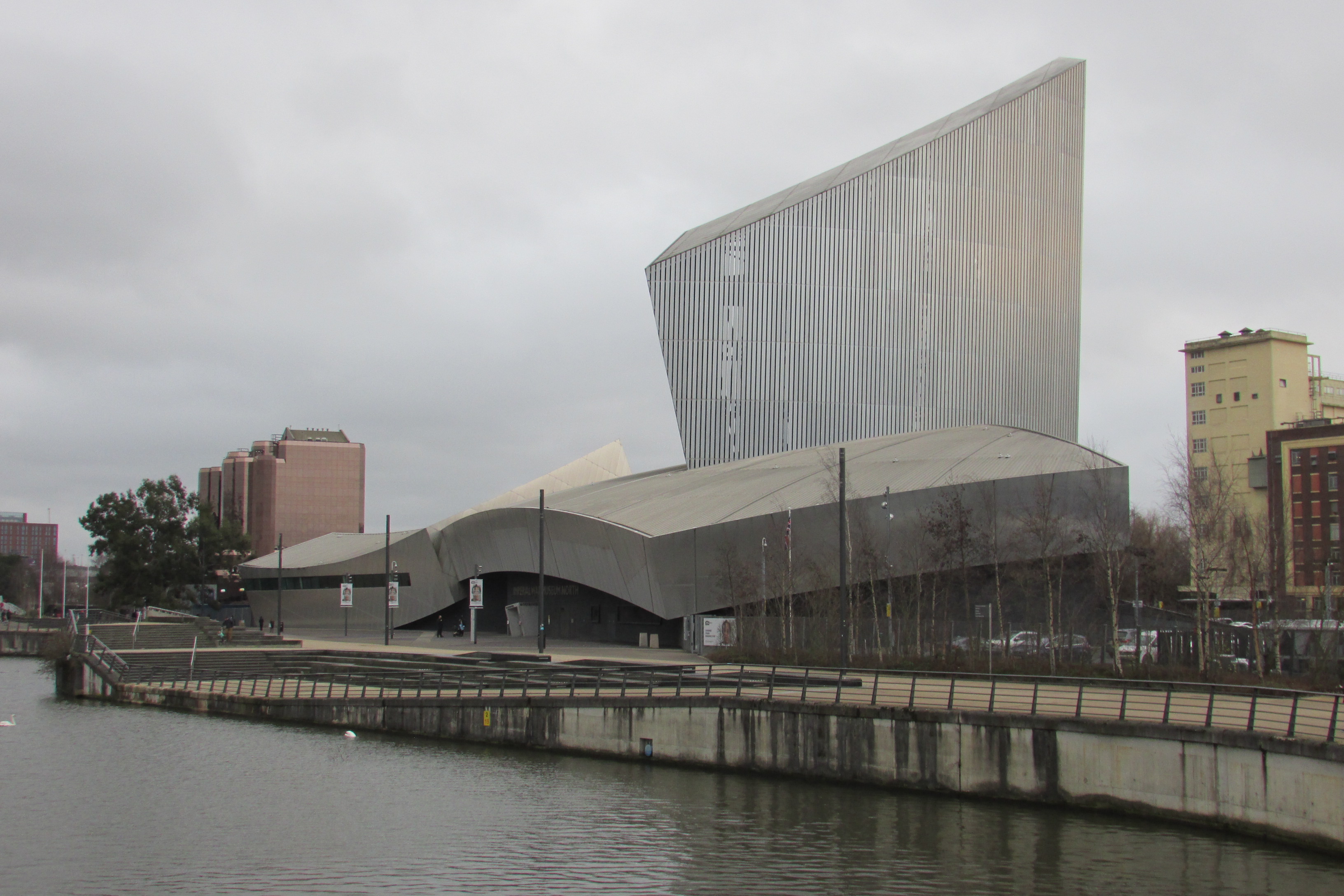
I never knew there was an Imperial War Museum in the North! I came across it when doing some research and as we were spending the weekend in Manchester we decided to pay a visit.
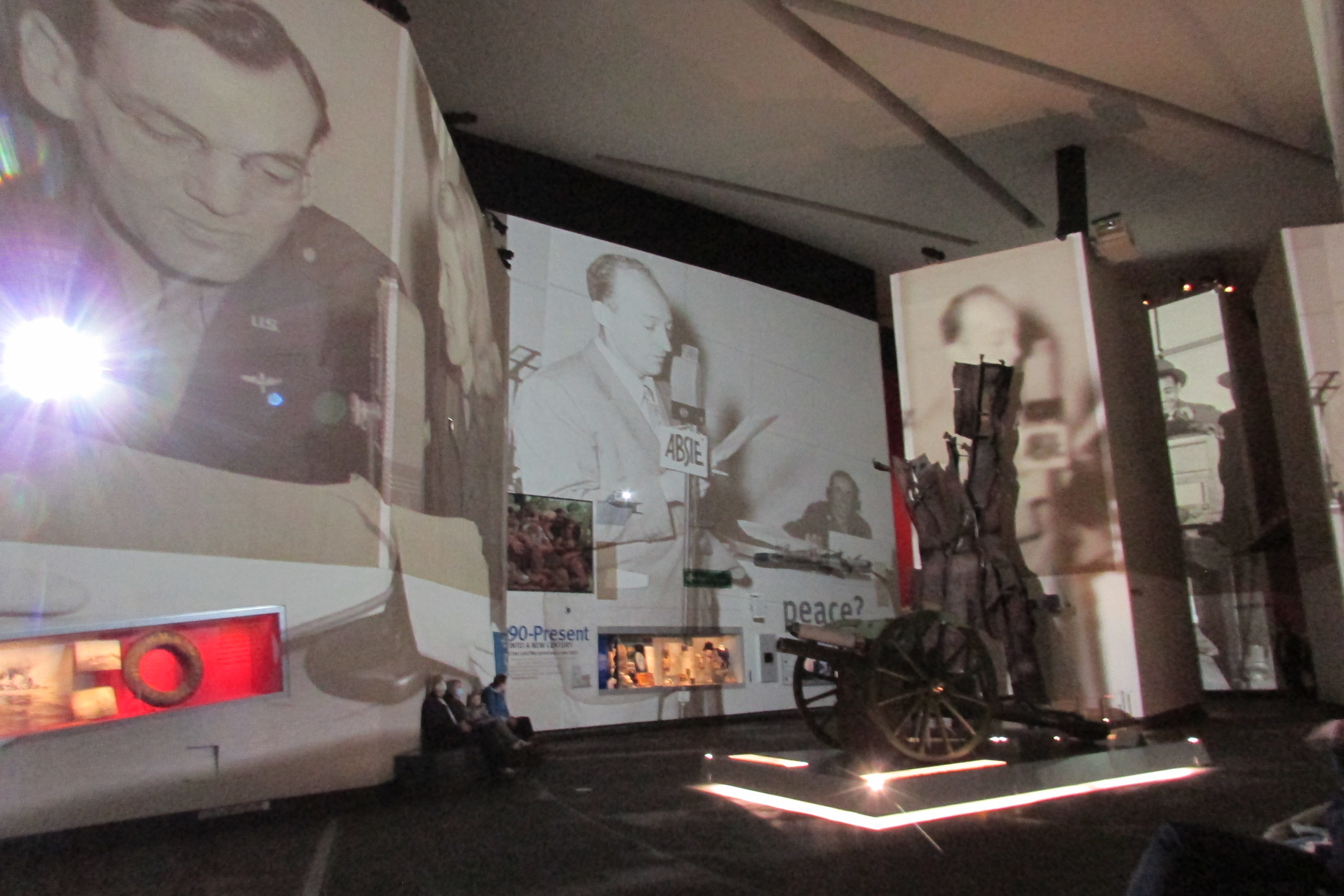
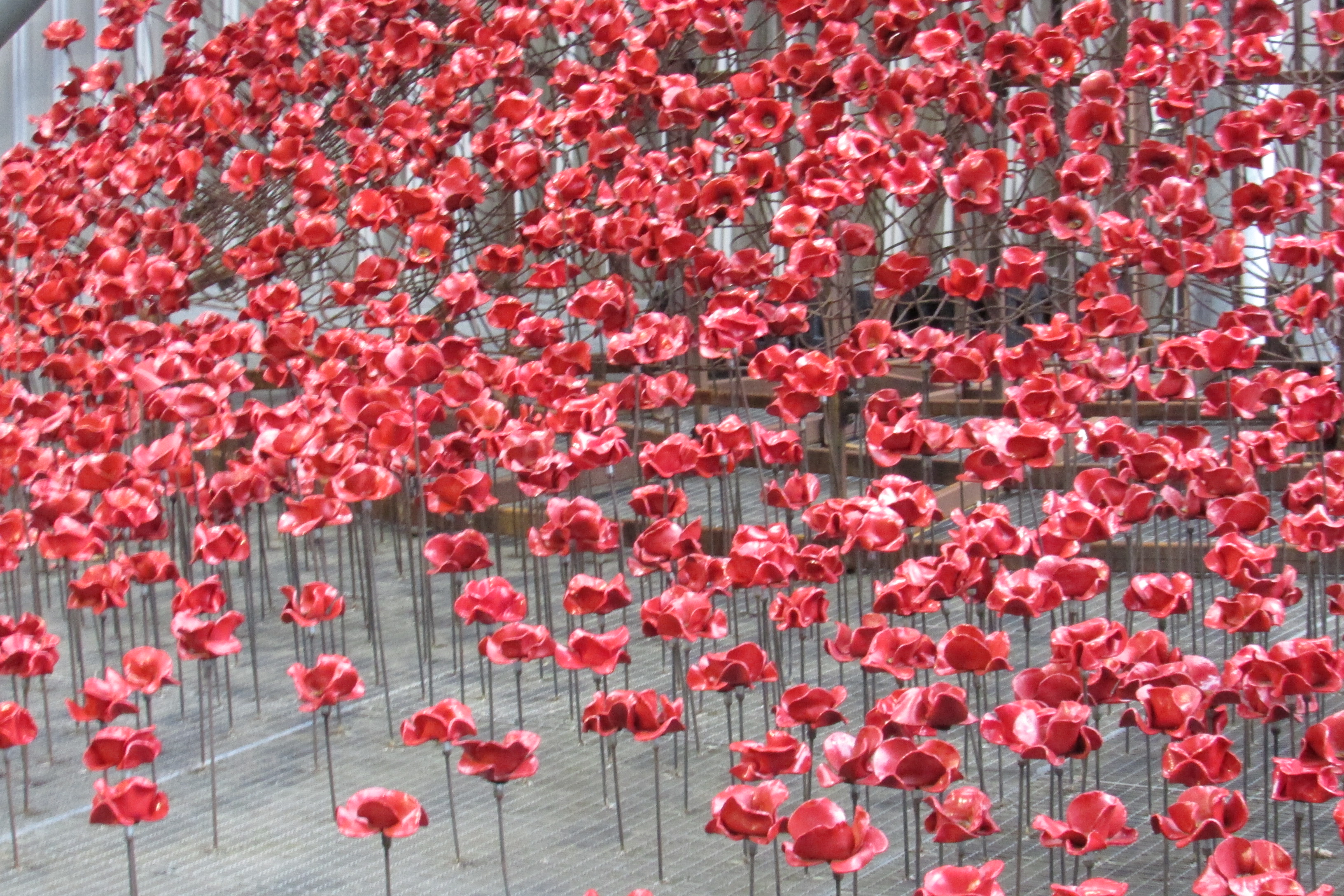
Jorvik Viking Centre - York
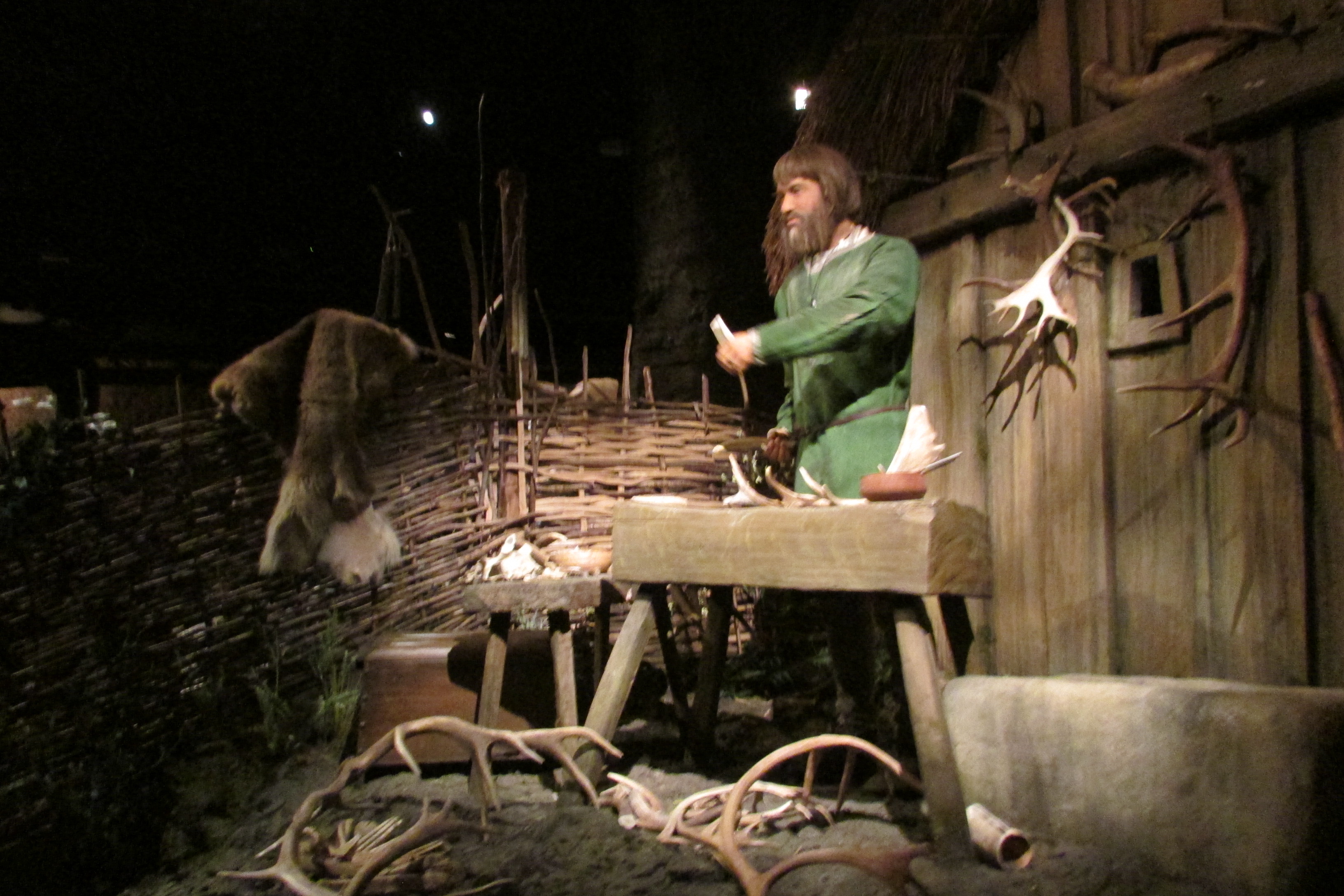
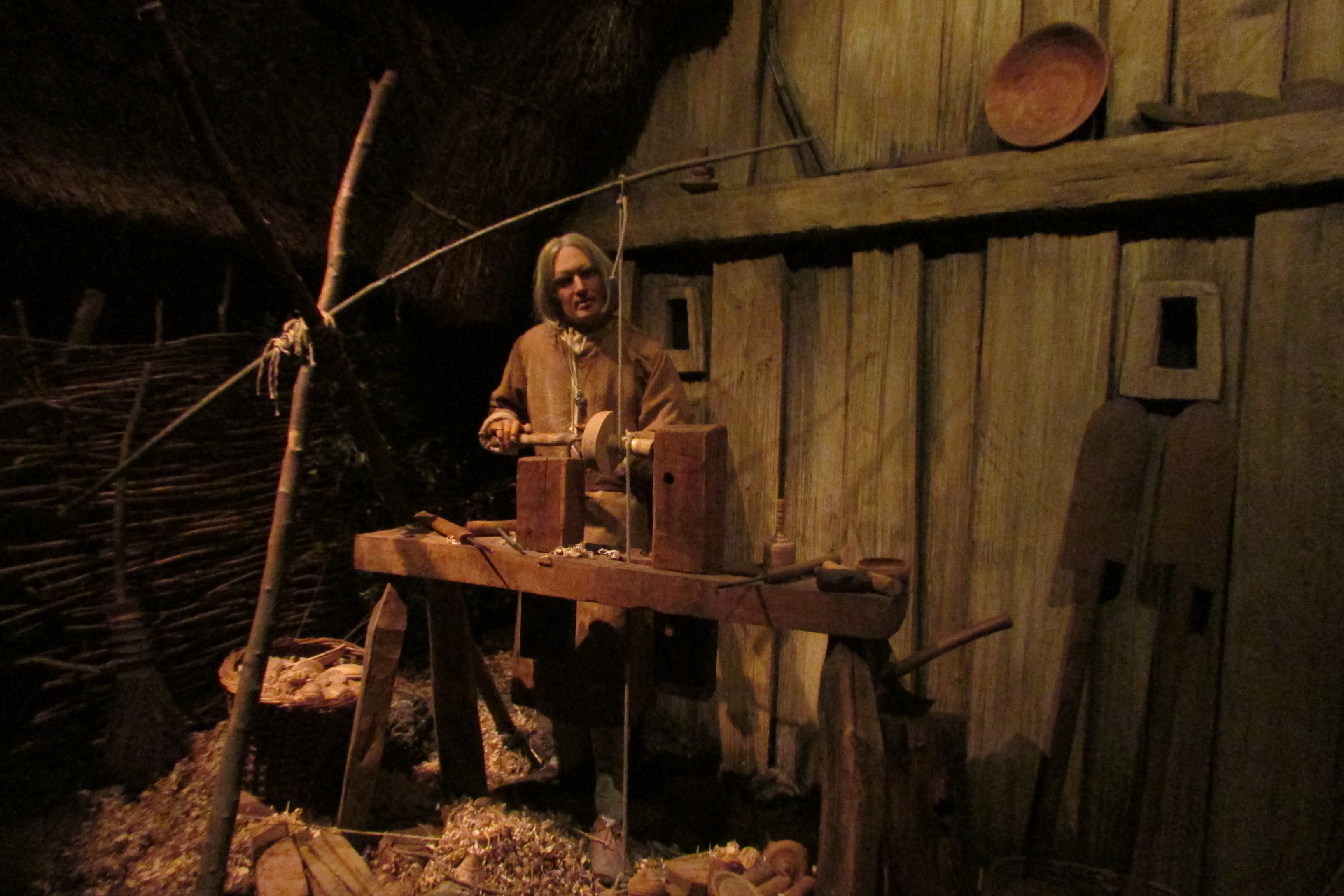
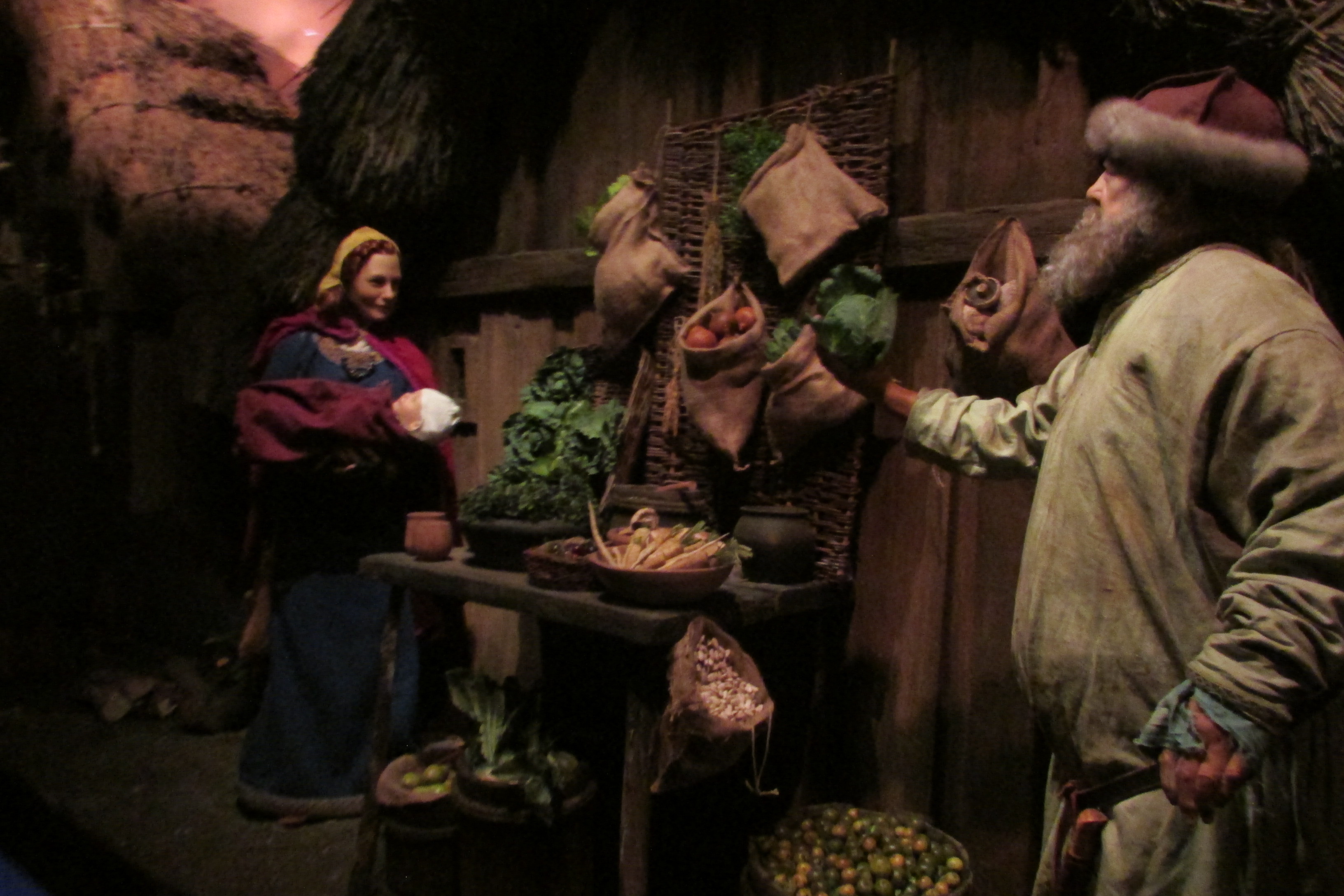
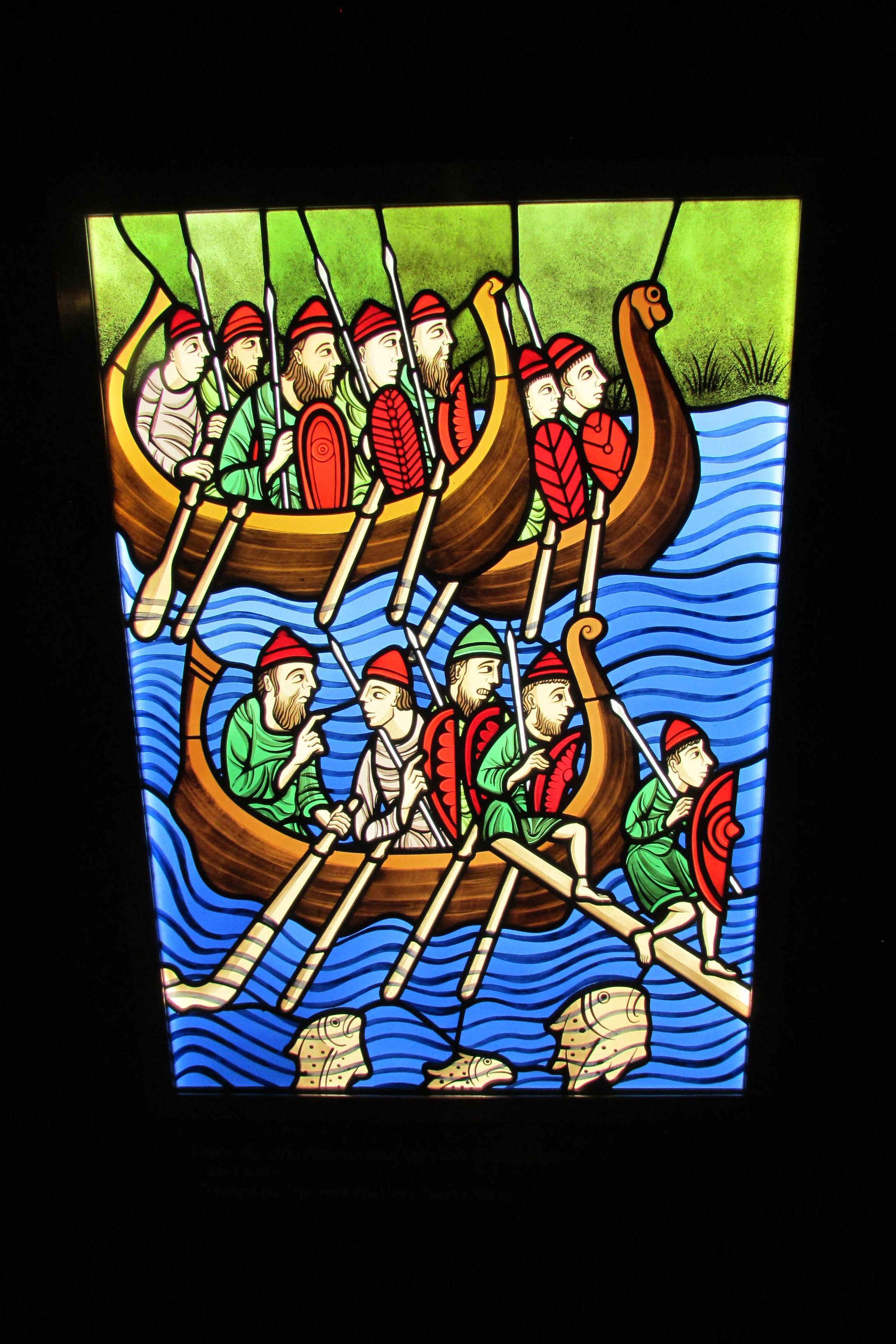
Designed by John Sunderland and first opened in April 1984, the Jorvik Viking Museum is based in Coppergate, York.
Prior to the building of the Coppergate Shopping Centre in York, extensive excavations uncovered the well preserved remains of various timber buildings, workshops, fences and other structures from around 900AD when the Vikings were in York. In amongst these structures were the well preserved remains of over 40,000 objects such as wood, leather, textiles, pottery and bones providing a fascinating insight into Viking life in Jorvik, the old Norse name for York. This extensive wealth of artefacts had been preserved in oxygen deprived wet clay.
We first visited the centre when we moved to York in 2001 and had enjoyed a ride through a reconstructed Viking village with life sized mannequins and dioramas depicting Viking life in the city. It was a popular attraction and people queued to be admitted.
In 2015, York suffered extensive flood damage and the Jorvik Centre was badly affected. Luckily, there was sufficient warning to remove all the artefacts to safety but it was to take two years of reconstruction and renovation before the centre reopened on 8th April 2017. This was to be our first visit since then, so we were intrigued to see how it had changed.
The dioramas and mannequins had been reorganised and rebuilt, enhanced by the sounds and smells that would have been present in a Viking village. The ride had also been rebuilt with visitors sitting in carriages and taken slowly through the settlement. These rotate to face the areas being talked about on speakers inside the headboard of each carriage. The information is interesting and useful, and can be heard in a variety of languages.
There are scenes of everyday life and activities, market stalls, workmen, housewives, animals and even a privy in use!
Following the ride visitors enter a museum area displaying a large number of the artefacts and some skeletons found on site. Knowledgeable and enthusiastic staff dressed in Viking attire are there to offer further information and answer questions. There is also a small gift shop with a selection of replica Viking artefacts.
We were pleased to see that in essence the reconstruction of the Viking settlement remained the same, the man in the privy being remembered from our original visit, but improvements had been made, particularly to the exhibition area. It is still a very popular attraction in York and we enjoyed our return visit very much.
Further information and current entry details can be obtained from www.jorvikvikingcentre.co.uk